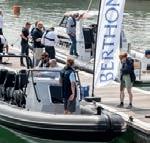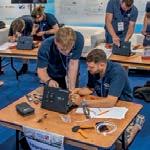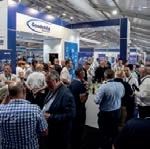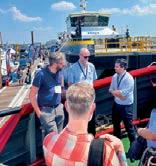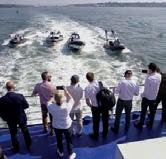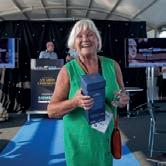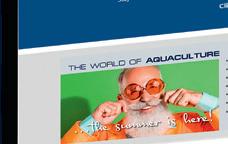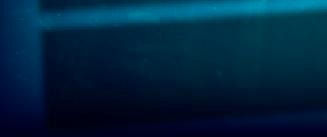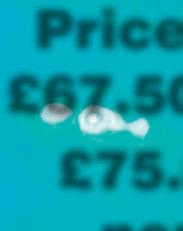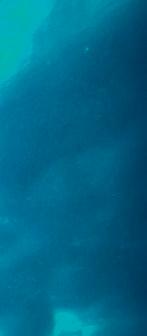









Subsea Expo
Underwater expertise
Aquaculture’s health and safety record
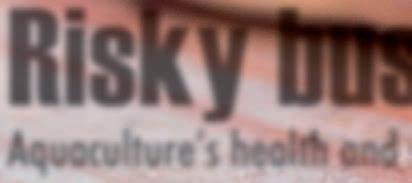

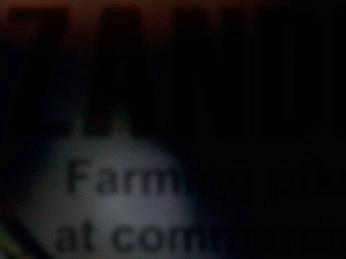
Farming pike-perch at commercial scale


New standard unveiled
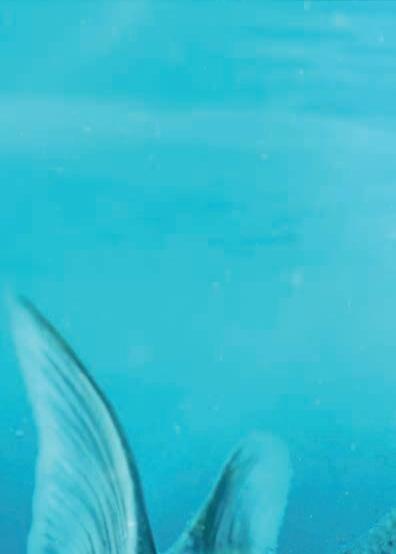


















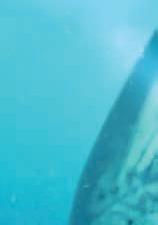



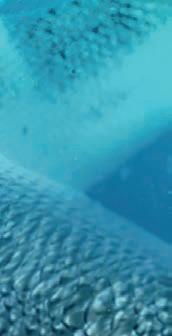









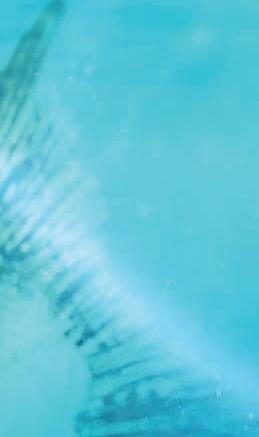



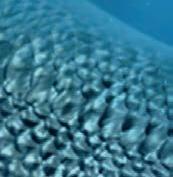
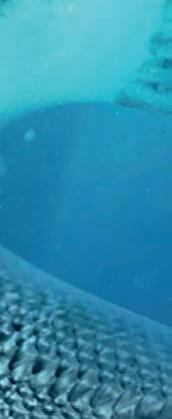





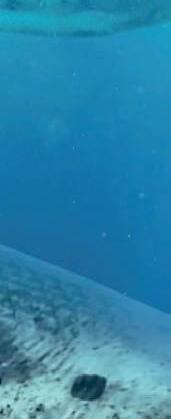
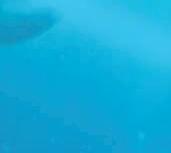














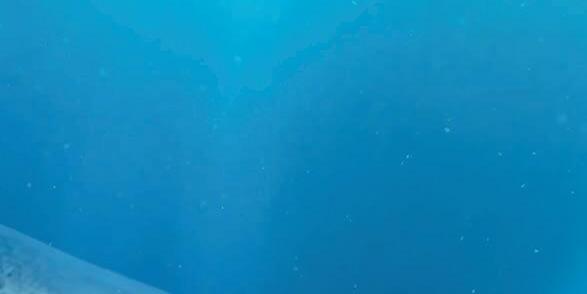











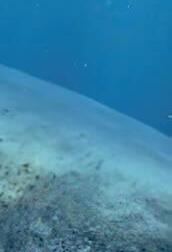



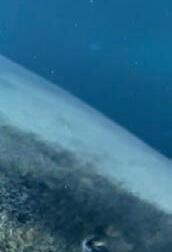







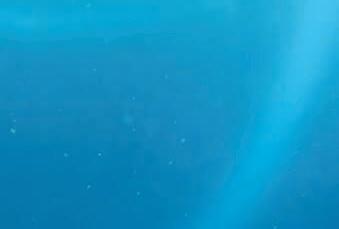














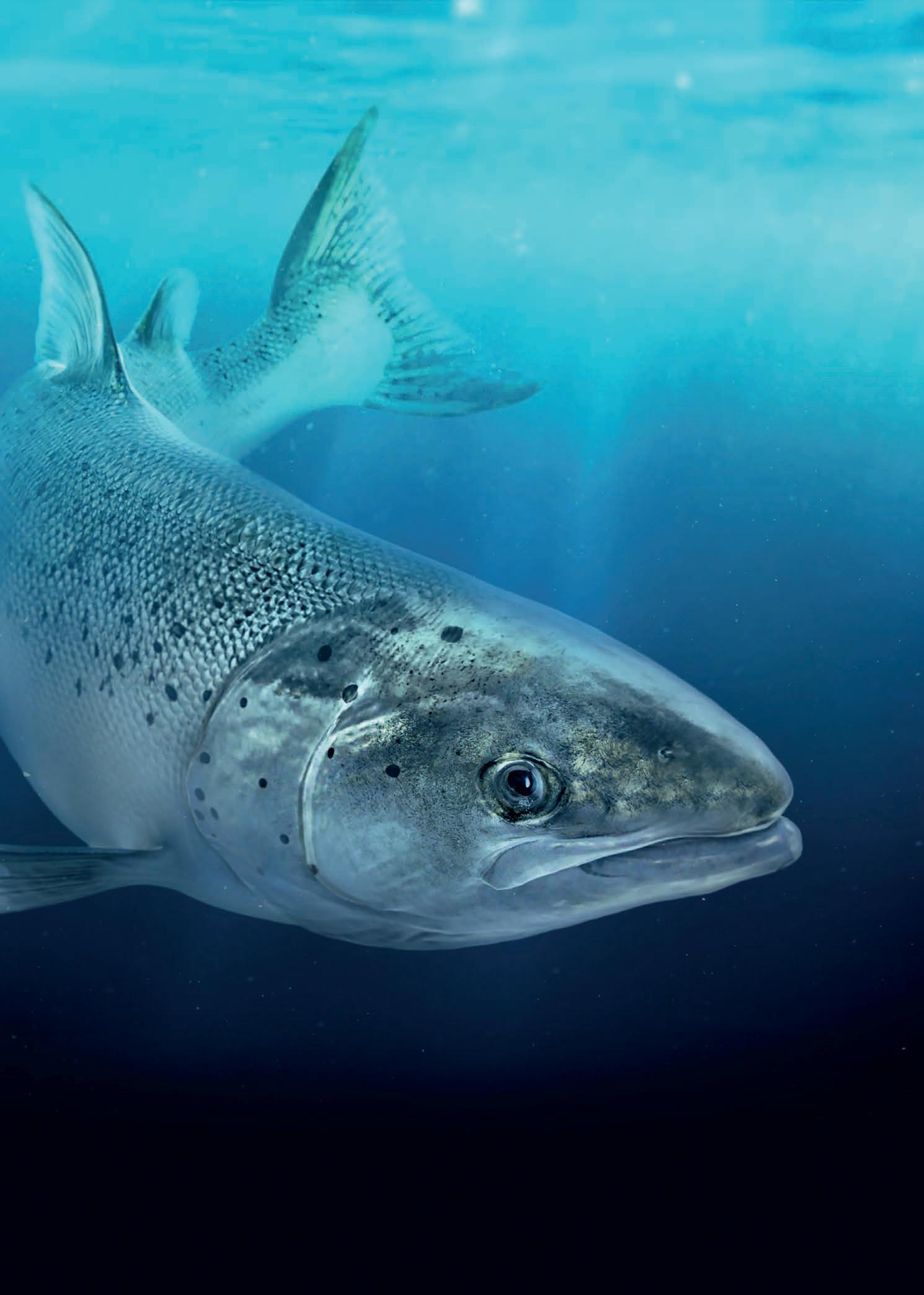













THE fearsome-looking creature on the cover of this month’s magazine is a pike-perch, also known as a zander. In Continental Europe, it is recognised as a high-quality fish for the table, but it has proved difficult to farm at any significant scale – up until now, at least.
As Mark Sallmann at Kaiserzander in Germany explains, pike-perch are now being raised in recirculating aquaculture systems on a commercial basis. Find out more about this premium freshwater fish, and how Kaiserzander found a formula for farming it, starting on page 38.
Also in this issue, we report on Subsea Expo 2024, the trade show for all things underwater. Fish Farmer was at the event in Aberdeen and discovered that an industry that cut its teeth on the lucrative oil and gas sector is now looking to apply its know-how to help customers in other industries – including aquaculture.
Our regional focus on the Faroe Islands includes a conversation with Jóhanna Lava Køtlum, Chief Executive of research organisation Firum, who explains why it has dropped its old name, Fiskaaling.
Nicki Holmyard reports from the Netherlands on the International Shellfish Conference, held at Deltapark Neeltje Jans and attended by shellfish farmers from all over the world.
Also on the shellfish front, CIEL’s Martin Sutcliffe writes about how innovation and collaboration could help the UK’s beleaguered industry overcome its challenges.
In his guest column, Jon Gibb, Fisheries Manager and Co-ordinator of the Salmon Scotland Wild Fisheries Fund, makes the argument that efforts to preserve endangered wild salmon populations would be undermined, not helped, if there was no salmon farming sector to help support conservation projects.
The rules on what constitutes “organic” farmed fish in the UK are changing, as Fiona Nicolson explains in her article on the Soil Association’s proposed new standard.
And finally Nick Joy, writing from Sicily this time, muses on the importance of export markets in allowing small producers to counter the power of the big supermarket chains.
Best wishes
Robert OutramEditorial advisory board:
Bracken, Hervé Migaud, Jim Treasurer, Chris Mitchell and Jason Cleaversmith
Editor: Robert Outram
Designer: Andrew Balahura
Commercial Manager: Janice Johnston
nston s ar er a a ine co Office Administrator
Fiona Robertson
robertson s ar er a a ine co
Publisher: ister enne
News
6-21 THE LATEST INDUSTRY NEWS
Processing news
22-23 PROCESSING UPDATE
Comment
24-25 BUILDING UP AN APPETITE
Martin Jaffa
Salmon Scotland
26-27 PART OF THE SOLUTION
Jon Gibb
Shellfish
28-30 FUTURE PROOF
Nicki Holmyard
Shellfish
32-33 EMERGING INNOVATIONS
Martin Sutcliffe
Sea farming
34-35 HEALTH AND SAFETY
Vince McDonagh
International trade
36-37 HURDLES GET HIGHER
Vince McDonagh
Pike-perch
38-41 PROFILE: KAISERZANDER
Robert Outram
Subsea Expo 24
42-45 DEEP INSIGHTS
Robert Outram
Organic aquaculture
46-49 SEAL OF APPROVAL
Fiona Nicolson
Faroes focus
50-52 FJORDS AND FLYING FISH
Robert Outram
Boats and barges
54-58
Sandy Neil
AT SEA
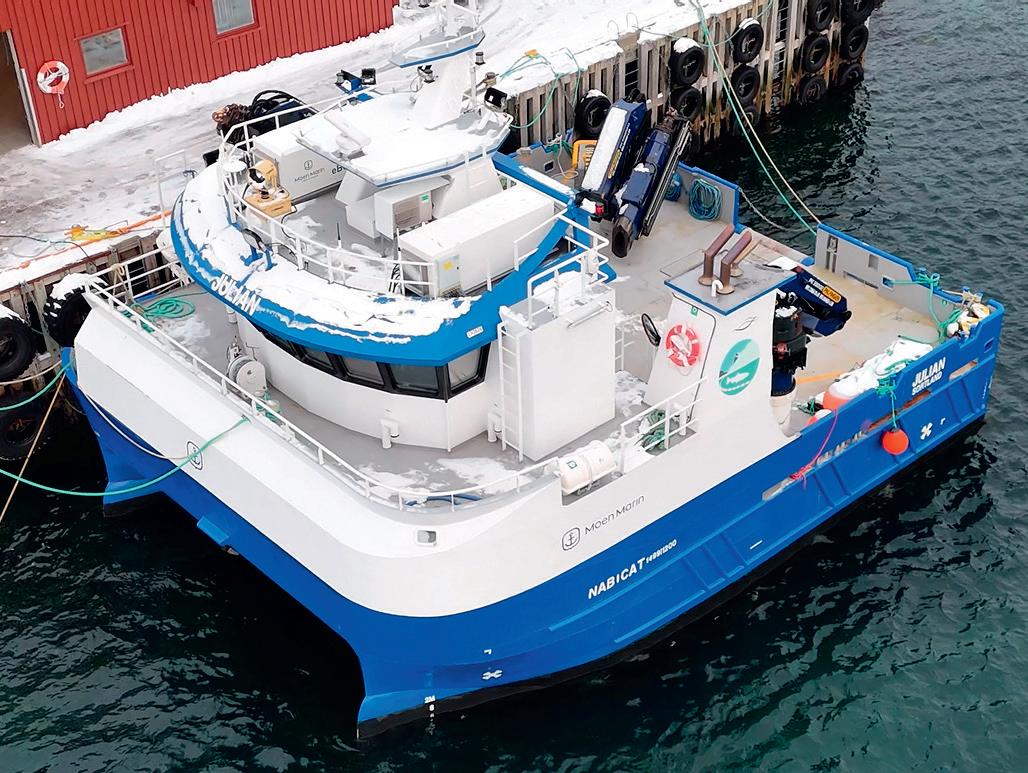



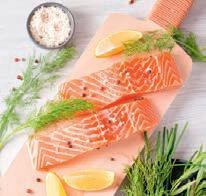


www.fishfarmermagazine.com











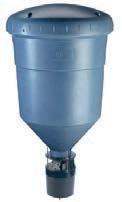






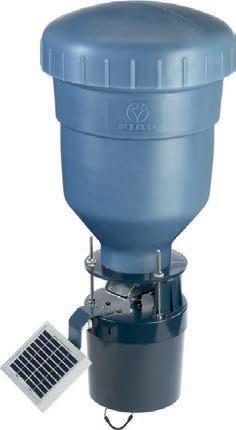

WOMEN in Scottish Aquaculture (WiSA) marked International Women’s Day, and the fifth anniversary of the network’s launch, by announcing the winners of the annual iSA awards.
he awards, across five categories, were based on nominations from the network’s almost 400 members and judged by an independent panel.

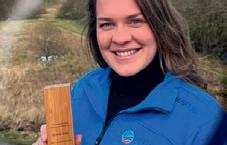

Clémence Fraslin of the Roslin Institute was named Academic Champion for her work as leader of the aquaculture genetics group.

WiSA’s Rising Star of 4 was awarded to Alison Brough, fish veterinarian at Scottish Sea arms, for her contribution to sector wide advancements in fish health and welfare over the past year. She is the current Secretary of the ish eterinary Society as well as being involved in other groups such as the Young Aquaculture Society.
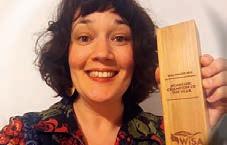
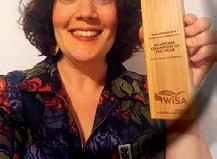
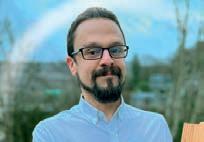


Kimberley McKinnell, Head of Health at Bakkafrost Scotland, was named Role odel of the ear and
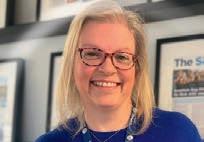

The WiSA network – which was founded by the SAIC on International Women’s ay 19 represents all areas of the sector from producers and the supply chain to academia.
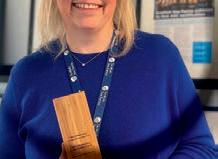
Daniel Carcajona, Business evelopment Manager at SAMS Enterprise, was WiSA’s Ally of the ear for his continued support for women in aquaculture. Also recognised for their outstanding contribution to diversity and inclusion in the sector were Sarah Riddle, Managing irector of Northern Light Consulting; Anne Anderson, Head of Sustainability and evelopment at Scottish Sea Farms; and Heather Jones, C of Sustainable Aquaculture Innovation Centre (SAIC).
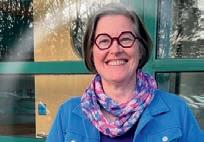
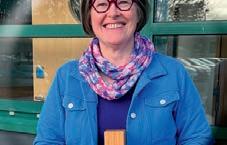
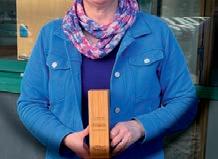
Teresa Garzon, Chair of iSA, said he annual iSA awards provide us with a fantastic opportunity to celebrate the achievements of women in the sector who are helping to promote diversity and deliver impact in their respective fields.
hile great progress is being made in terms of inclusion, International Women’s Day is a reminder of the need for balance and support for women and girls in every workplace.
ver the past five years, we have seen WiSA making a real impact, bringing together women in the sector for professional collaboration, networking and career growth.”
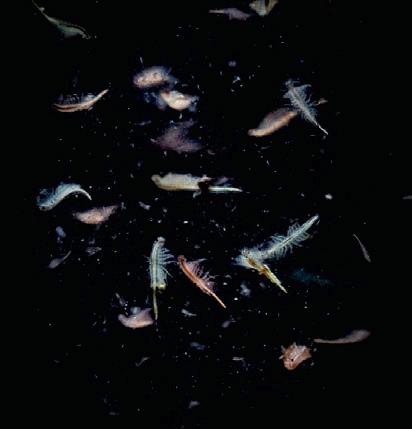
AN Edinburgh-based start-up, Aquanzo, is developing a modular, land-based solution for aquafeed that could help to ease the pressure on marine resources for shrimp and fish farmers.
Aquanzo is working with CENSIS – Scotland’s innovation centre for sensing, imaging and Internet of Things technologies – to farm
artemia, a species of brine shrimp widely considered to be the best source of protein available for feeding fish and crustacea. The system will make use of food and drink by-products.
The project has received funding from Innovate UK and the Biotechnology and Biological Sciences Research Council, and is being supported by Boortmalt –one of the world’s largest malting companies.
Artemia are typically found in warm, salty water, occurring naturally in salt lakes in the USA, China and Eurasia. The specific conditions in which they grow means the supply of the shrimp is restricted – particularly for countries far away from their natural breeding grounds, which need to import them.
With increasing pressure on forage fish stocks, feed is increasingly plant-based. The current global
average for marine ingredients in fish feed is estimated at less than 10%, but research suggests that fish prefer marine ingredients.
Rémi Gratacap, Co-Founder and CEO of Aquanzo, said: “There is a crisis in fishmeal ingredients and we need to decouple aquaculture from maxed-out fisheries and find new ways of providing sustainable sources of protein to help the sector feed a growing world population. Farming, rather than harvesting, important components of feed like artemia is a better way of ensuring greater control and scale and is similar to what is already being done with insect farms, only with marine ingredients.”
The Aquanzo recirculating aquaculture system being developed at Heriot-Watt University is expected to reduce the amount of CO2 created in the production of fishmeal by 20% compared with harvesting fish. The artemia will be fed using co-products from the Scotch whisky industry.
THE Aquaculture Awards 2024 have attracted a record number of entries, up more than 20% on last year’s event. The awards, to be presented on 15 May at a gala dinner during the Aquaculture UK trade show and conference in Aviemore, Scotland, include 13 separate categories covering everything from innovation to community initiative, sustainability to animal welfare and the best of the suppliers and new start-ups.
a mo 100 om a o re ec the wide range of talent across the sector, e or a er ver fied ommu ca o a d e ud e ad a par cu ar d fficu task selecting winners this year. The shortlist in full is as follows.
RISING STAR
Rachel Brown, Aqua Pharma Group
David Lipcsey, Scottish Sea Farm a um co Bakkafrost Scotland
Silvia Viale, Mowi Scotland
Ace Aquatec and Tiny Fish
ofir and uafi r e eafood kva Group and Hampiðjan
Ridgeway Biologicals and Mowi Scotland
RS Aqua and Innovasea, Scottish Sea Farms and UKRI
ce ua ec ®
Bluegreen, Marine Donut a c ec o o omo a roup d (Live Plankton Analysis System)
r o a c e fic d e era e 3
Digital Twins of the Seabed e ec ca ood
Biochemistry of Salmonids
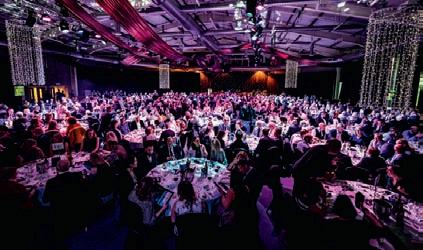
SUSTAINABILITY
Anpario, Natural Feed Ingredients d e ova o d e Regeneration Scheme
Rare Earth Global, Hemp Feed as a Sustainable Alternative o app re ea ro and Net Recycling Scheme
ooke uacu ure co a d Mowi Scotland
or er o u r a c ea arve and ar
Thomas Begg, Bakkafrost Scotland e o o Cooke Aquaculture Scotland
e a der ac o Mowi
o er e er o Cooke Aquaculture Scotland
Stewart Rendall, Cooke Aquaculture Scotland
ANIMAL WELFARE
Bakkafrost Scotland, Welfare Awareness c a r 48 r o ved e Forecasting Tool a and e
have up until 10 May to apply for a share of £1m in Welsh Government funding for the marine, fi er e a d a uacu ure industries.
The support comes from the Welsh Marine and Fisheries Scheme. Eligible projects include, but are not limited to, funding to increase the potential of aquaculture sites and equipment on vessels

aimed at reducing emissions and increasing energy effic e c a d profe o a advice for businesses ranging from marine environment sustainability to business and marketing strategies.
Applicants could also apply for funding for projects to carry out research on health safety and wellbeing needs.
e ma mum ra award is £100,000, with the minimum grant award being £500.The application window closes on 10 May and successful applicants will be o fied dur u .
Details can be found at www.gov.wales/marinefi er e ra
Inverlussa Marine Services RS Aqua Xelect Ltd
ucao ec
MiAlgae Ltd
cea arm erv ce d
Dr Ralph Bickerdike, Scottish Sea Farms o o m ard ffshore Shellfish
Emma Matheson, BioMar Ltd
Graham Milroy, Kames Fish Farming
Winner to be announced on the night.
Winner to be announced on the night.
Gilpin Bradley, Wester Ross Fisheries ep e amero Scottish Shellfish rof a o o Xelect Ltd
au ac re Lloyd’s Register
The winner will be chosen by the industry and announced on the night.Voting will open soon via the awards website.The Aquaculture Awards event takes place on 15 May at the Macdonald Resort in Aviemore, venue for Aquaculture UK, which runs from 14 and 15 May.
o
fi d ou more or for cke o e Aquaculture Awards, contact Aquaculture or a er ver fied ommu ca o by emailing aharrison@divcom.co.uk.
For further details, visit the website: www.aquacultureawards.com
Scottish salmon was the UK’s top food export by value in 2023, figures from HMRC show
EXPORT sales for the calendar year totalled £581m, up by 5% year-on-year and equivalent to £1.6m every day.
France – which is a key processor for on-sale to other countries as well as a major consumer of salmon – once again led global demand. The US and Asian markets saw sharp growth, however. Salmon exports by value to the US were up 7% to £139.8m and to China, up 27% to £47.5m.
Scottish salmon exports were far higher than the UK’s secondlargest food export, Cheddar cheese (£445.3m), as well as other popular British products such as lamb and beef.
Salmon is also by far the most popular fish among UK shoppers, with sales running at

around £1.25 billion a year.
Total volumes exported were down, however, in parallel with Norwegian salmon exports. The UK exported 64,000 tonnes, down 11% from the previous year’s 72,300 tonnes.
Tavish Scott, Chief Executive of industry body Salmon Scotland, said: “It’s testament to the hard work of salmon farmers in rural Scotland that our fish has been named the UK’s biggest export in 2023 in such challenging economic circumstances.”
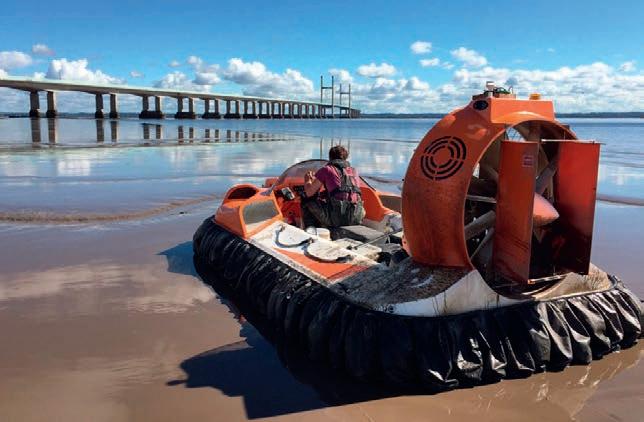
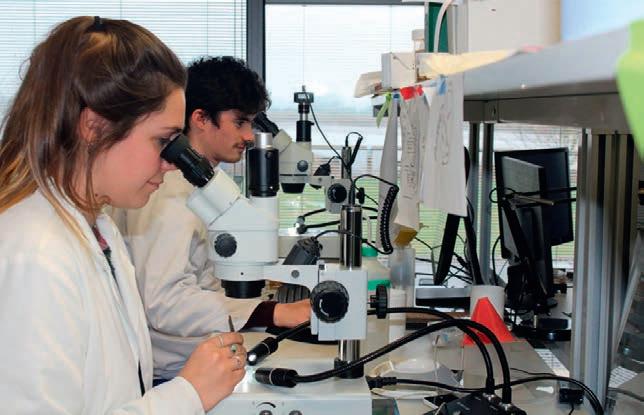
e a mo e fi a d eaweed a uacu ure ec or a we a e fi du r were amo e rec p e of a fur er 14m of fi a c a uppor from ar e u d co a d 2023 24 fu d rou d a ou ced a e e d of a uar .
Fish Farmer ma a e poke o ome of e or a a o e a e rou d o ee ow e uppor w e u ed.
e co over me e up e ar e u d co a d fo ow re o rep ace fu d for e fi a d eafood ec or prev ou ava a e rou e uropea ar me a d er e u d.
e a e rou d of ra c uded ear 1.6m for du r od eafood co a d o promo e co eafood o dome c marke a d er a o a .
cea co o a o rece ved uppor for a pro ec u a a of e v ro me a e o a e w c pec e are pre e e oca eco o of area of e ea ed.
r c ae edford a ora or a a er a d e ave e up a e proce fac our a office o comp eme our e v ro me a erv ce o e a uacu ure ec or. e deve opme a m o uppor co a uacu ure dur re u a or c a e a d fo er a u a a e a a ca upp c a . ur e a w
prov de a fa er more fore c approac o mo or compared o rad o a a o om c approac e . e a uacu ure ec or e w predom a e u ed dur comp a ce mo or proce e a a ac er a e o fer fau a ua d ce . er app ca o c ude e mo or of ver e ra e a d pa o e e wa er co um a d ed me urrou d fi fi e . mo or approac a a um er of adva a e e amp a o va ve ec ue prov d a rap d co effec ve co ec o of da a. e a a of uc da a e ve compared o rad o a ec ue a d ca prov de accura e forma o o pec fic pec e pre e ce a d po e a a de ec o a d re po e o rea uc a pa o e . r edford a d e u e of e e v ro me a mo or o a ew ec ue e u e of e e a uacu ure ec or .
e producer co opera ve e fi co a d wa a oca ed 603 30 for a pro ec vo v ra o e re a packa forma for core added va ue produc e awa from ermoformed am a ed fi m o a preformed ra o u o .
e fu d a o a oca ed 112 00 for a ar ur u for e r a of a o re ource a uacu ure em de ed for fre wa er rou a d a mo mo pe .
a ar ur u rec or drew e e p a ed e o e ource em o ce a a a re ro fi e c o ure dep o ed o o e fre wa er ca e co ar u mp u a porou me a d com a o e a e of e e . e a e co e produced a a d ew o a a dard drum aped ope e of a commo u ed e from 0m o 120m re o . e co e mu ac eve a a e o e ce re of o e a 30 de ree o co ec a o wa e a d mor . ue cea ec o o w upp e o re ource co ec o a d rec c em. e r pa e pe d co ec o co e w epara e co ec mor a d o re ource for proce . ce de wa ered e o re ource p ro ed o a oc ar for a e a o mprover or fer er a d a o a a fue for ree e er a d ceme produc o a d eve ro ca for remov ammo a from a uacu ure wa er. a ar ur u ope w co r u e o a c rcu ar eco om c mode for co uacu ure. ue cea ec o o w a o e prov d e o re ource co ec o for our mo cree e c o ure o ore mar e ed farm . er ra a ou ceme c uded

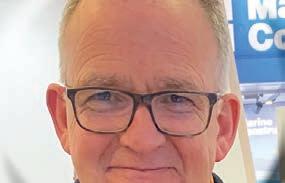
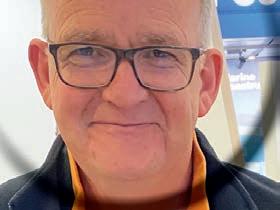



• 3 8 000 for o er ordo ver for a ova ve pro ec o crea e ew fie d e for e fi o o
• 4 000 for a mo producer ow co a d a par of a 1 6 869 pro ec o e a ew aera o d c em a e compa eafor e o repe p op a k o a d m cro e fi





• 12 00 for co a cade for e crea o of e ra proce ream for eaweed farmer a d
• 9 000 for o co a d d o e a a e wa fac a eak av 300 e a ear from a dfi c era o ee Fish Farmer, e ruar 2024 . a e ecre ar for ura ffa r a d eform a d a d a r ou eo a d w e a ou c e ra e ucce fu or a a o a d d v dua

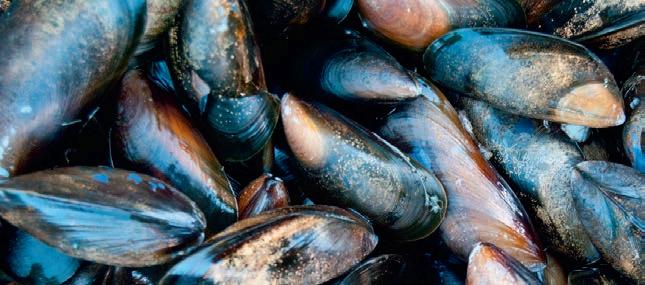
are helping to drive innovation in the marine sector and support coa a commu e a d am p ea ed o co firm uc a w de variety of recipients.
ow rd ear ar e u d co a d a e a ed a range of exciting and pioneering projects designed to support our marine ecosystem, improve economic prosperity and enhance social inclusion, all key pillars of our Blue Economy Vision.
"We are committed to maintaining the full allocation for ar e u d co a d u a depe de co a d w e rece v pre re eve of fu d cou d muc e er support our seafood and marine industries.
me a e over me prov ded e ec or w e r e u a e a d r fu are of fu d o a pro ec ke e e ca co ue o o e fu ure. e w co ue o press them to do so.”
e over me a ow c eme e 100m eafood u d w c c ude uppor for co a ed u e e .
e a e rou d of ar e u d co a d a o c ude var ou ar our from ck o emou . ra er ur ar our ome o e ora a ff ore dfarm ar e a e rece ved ear 1.2m for ar our wa mproveme a d a mar e litter project.


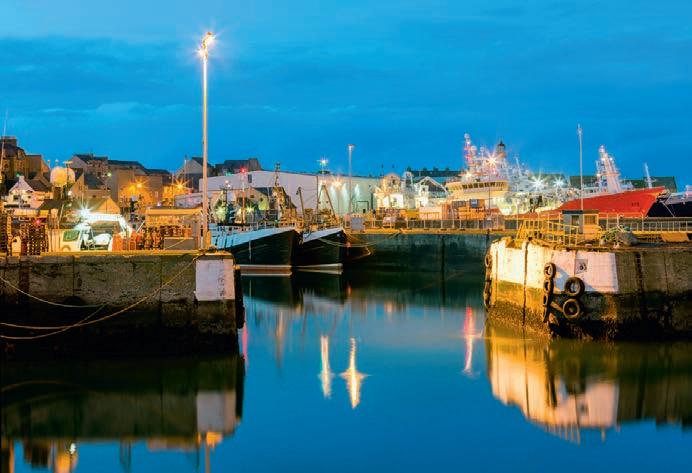


Opposite from top: Ocean Ecology hovercraft; Ocean Ecology lab; Andrew Bett, Salar Pursuits; Mairi Gougeon
This page from top: Salmon smolts; mussels; Fraserburgh Harbour

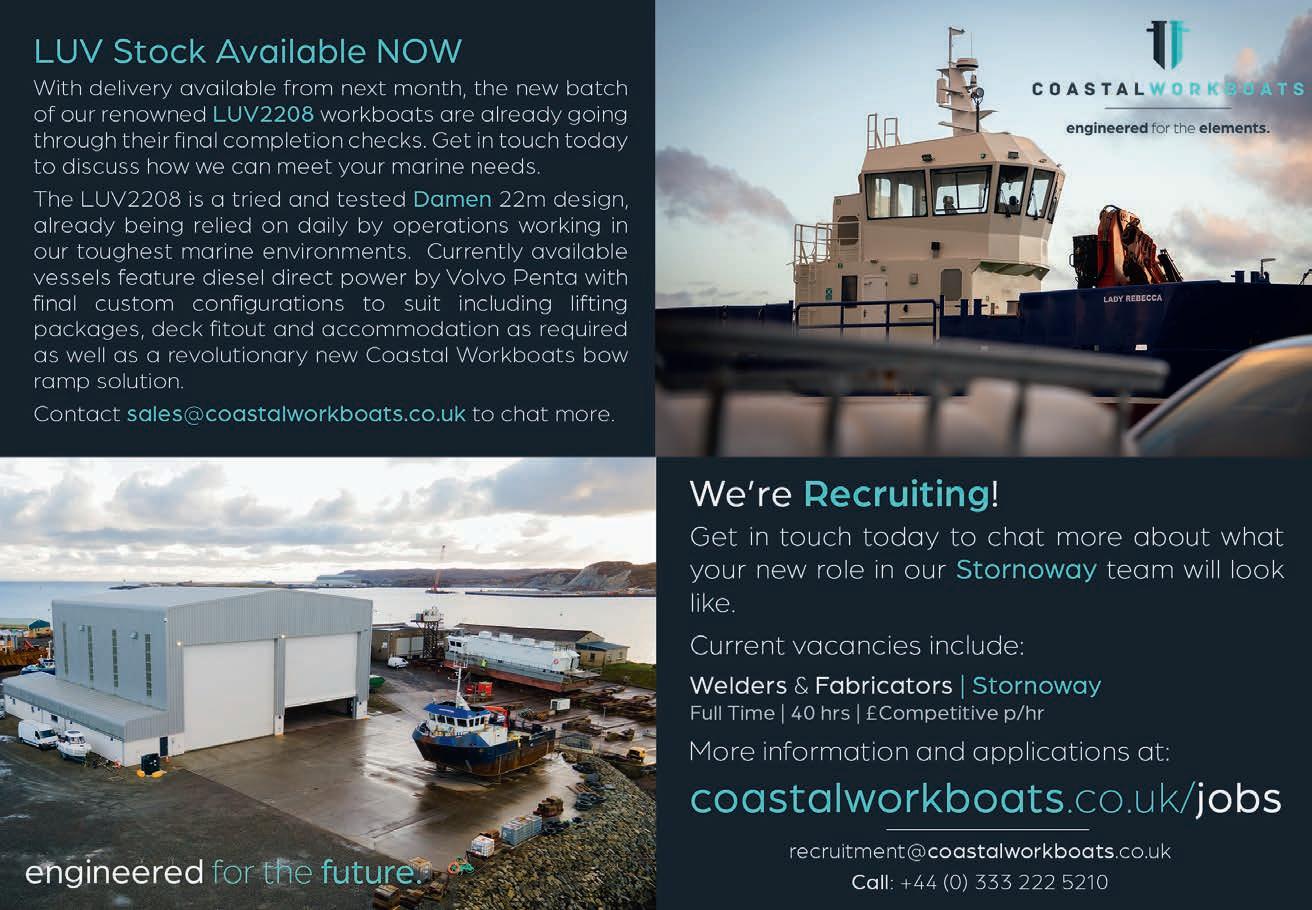
STAFF from Mowi Scotland worked over three days to clear more than 300 tyres, which had been dumped on the shores of Loch Ness by persons unknown. They were helping the local Ness District Salmon Fishery Board, which asked for assistance with the clear-up. Mowi was able to reuse 100 of the tyres and
approximately 200 were given to Highland Council to dispose of. Graham Mackenzie, Chairman of Highland Council’s Communities and Place Committee, said: “The Council is extremely grateful for the support which ensured this horrendous incidence of y tipping was dealt with quickly.”

FORMERLY Area Manager of the Western Isles for Mowi, Connie Pattillo has been

MORE than 350 ocean and blue food pioneers in production, technology, retail, innovation and investment will be gathering in London on 21 and 22 May to share solutions for a biodiverse, stronger and more resilient blue economy.
at Wester Ross Fisheries Ltd, which was acquired by Mowi in . wo senior figures, Managing Director Gilpin Bradley and Fisheries Director David Robinson, had retired last year.
Pattillo is a marine biologist who has worked in a number of roles with Mowi, including Health Manager and Farm Manager, having started at the company’s wrasse hatchery in Machrihanish.

A NEW version of the RSPCA Assured standards for farmed Atlantic salmon welfare comes into effect from 19 May this year, with more than 300 new standards and amendments.
The standards will apply to the vast majority of salmon production in Scotland.
The standards include a new set of rules covering non-medicinal treatments for problems such as sea lice and gill disease, as well as 80 new standards to ensure the welfare of cleaner fish.
Delousing treatments must now be carried out only on the advice of a veterinarian and following a risk assessment. Such treatments may only be carried out where it is in the best welfare interests of the fish, as determined by the risk assessment.
of antibiotics on-farm must now be reviewed annually or at the end of a production cycle and that a written action plan, aimed at reducing the use of antibiotics, must be developed and implemented where required;
• improved oversight and protocols for the transfer and unloading of smolts to minimise stress and escape risks; and
• implementation of over 80 new standards aimed at enhancing cleaner fish welfare, including new rules on catching and transporting wild cleaner fish and a requirement that cleaner fish mortalities and cause of death are recorded.
The Blue Food Innovation Summit features must-see speakers from aquaculture, finance and technology among other sectors. See the two-day programme and full delegate registration at: www.bluefoodinnovation.com

The standards set out a range of new rules for carrying out non-medicinal treatments, such as maximum limits for fasting ahead of a treatment, maximum temperatures for thermal delousing and a rule that only one treatment can be carried out in a 28-day period, unless authorised by a veterinarian.
The new standards also include:
• mandatory regular welfare outcomes assessments at both freshwater and seawater sites;
• improvements to the stunning and slaughter processes, including introducing the requirement for CCTV coverage for the entire slaughter process;
• clarifying the requirement to undertake daily checks for sick or dying fish in all tanks and enclosures, with immediate action required for any issues identified
• formal written production plans to prevent unnecessary culling of freshwater parr;
• a requirement that the use
As of 1 ay 5, cleaner fish must be removed from the crowd in a pen before the salmon are removed for treatment.
Sean Black, Senior Scientific fficer and aquaculture specialist at the RSPCA, said: “The new farmed Atlantic salmon standards will be a huge step forward for fish welfare and among other changes, include pioneering new standards for nonmedicinal treatments for sea lice and gill disease.
“Further, we are pleased to introduce over 80 new standards to improve cleaner fish welfare. hese include the need to risk assess the impact of treatments on their welfare, the requirement to record, categorise and monitor all mortality causes, and reduce transport stocking density.”
RSPCA Assured said its welfare standards have been a catalyst for change throughout the entire salmon industry for more than 20 years, with most farms in Scotland now adopting these standards. They are also internationally recognised as being world leading, the organisation added.
TEAM Scotland’s presence last year at Aqua Nor, the international aquaculture trade show, has been hailed as a resounding success.
In a poll, three-quarters of the Scottish businesses represented there said they expect to see an increase in turnover after attending the biennial exhibition and conference held at Trondheim, Norway, in August last year.
The Scottish Pavilion at Aqua Nor was organised through a partnership involving Highlands and Islands Enterprise, the Sustainable Aquaculture Innovation Centre and the Scottish Government (Marine Directorate).
A delegation of 18 of Scotland’s aquaculture supply chain businesses – including Fish Farmer magazine – travelled to

A NORWEGIAN salmon company is hoping to build a 9 , tonne land based fish farm in a remote part of ewis, in the uter Hebrides. ocal paper the Stornoway Gazette broke the story.
he company concerned, Norwegian ountain Salmon (N S), already has plans underway for a ow through site on the Norwegian island of Utsira (pictured, below) and it is believed that the ewis farm would use the same technology.
N S Chief xecutive B rd H elmen has said the pro ect is at a very early stage , adding that tight cooperation with local inhabitants will be essential for both sites.
he ewis site is at ealista, an uninhabited estate on the west coast of the island. he proposed farm is believed to involve 4 fish tanks, using filtered water pumped from deep levels of the ocean to minimise the risk of pathogens. he Gazette
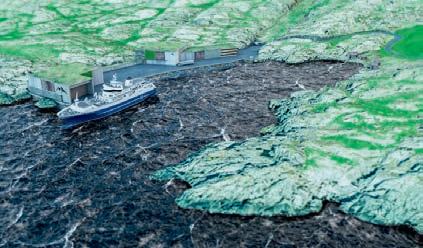
Trondheim, joining an estimated 25,000 people from 76 countries at the three-day event. Feedback gathered so far by points towards its success with three-quarters (76%) of exhibitors saying they expect to see an increase in turnover over the next three years as a result of attending Aqua Nor. Almost all (94%) of the exhibitors said the event met or exceeded expectations and the delegation was left feeling optimistic about opportunities for new business contacts or leads (59%), opportunities with existing contacts (59%), potential new customers (59%), and potential new markets (55%).

BAKKAFROST’S Scottish business began to turn the corner during the final three months of 2023, the company has reported.
As forecast last year, Bakkafrost Scotland produced reduced revenue of DKK 84m (£9.6m) against DKK 298m (£34m) during the quarter, along with an operational loss of minus DKK 104m (-£12m). This was an improvement on Q4 2022, when the loss was -DKK 149m (-£17m).
The group’s combined operational EBIT, including its Faroes activities, was DKK 356m (£41m) during the period, against DKK 376m (£43m) 12 months earlier.
Bakkafrost said that “...after a troublesome third quarter in Scotland with biological challenges, the fourth quarter gave opportunities with good biological development to grow the fish.”
APPLICATIONS are now being invited for seafood sector projects as part of the UK Government’s Fisheries and Seafood Scheme (FaSS). Around £6m in matched funding is set to be allocated.
FaSS is open for applications until 31 March 2025 or until all funding has been allocated, whichever happens first, and is available on a first-come, first-served basis. Funding is available for both new projects and existing projects that are already benefiting from the scheme.
The scheme, administered by the Marine Management Organisation (MMO) on behalf of Department for Environment, Food and Rural Affairs, has already committed more than £27m for around 1,300 projects. Its scope includes projects aimed at developing the catching, processing and aquaculture sectors, or enhancing the marine environment. Successful projects are expected to address areas such as health and safety, processing and partnerships.
Successful applicants will be able to invest in a range of activities such as health and safety equipment to continue to keep fishing crews safe, processing equipment to increase the value of seafood products, vessel modification to improve energy efficiency, innovation partnerships and support to diversify and create new forms of income.

Fisheries Minister Mark Spencer said:
“Our world-class fishing industry leads the way in making sure we offer the highest quality of seafood, support a multitude of highly skilled jobs and play a valuable role in ensuring our coastal communities thrive.
“This funding will help other projects and businesses to be more sustainable and resilient, enter new markets and improve our efforts to enhance and protect our precious marine environment.”
The Scottish Government runs its own grant scheme, Marine Fund Scotland, which announced recipients of the 2023/24 funding round in January (see report on page eight).
For more information about FaSS and how to contact MMO’s grants team, visit: gov.uk/guidance/fisheries-and-seafoodscheme
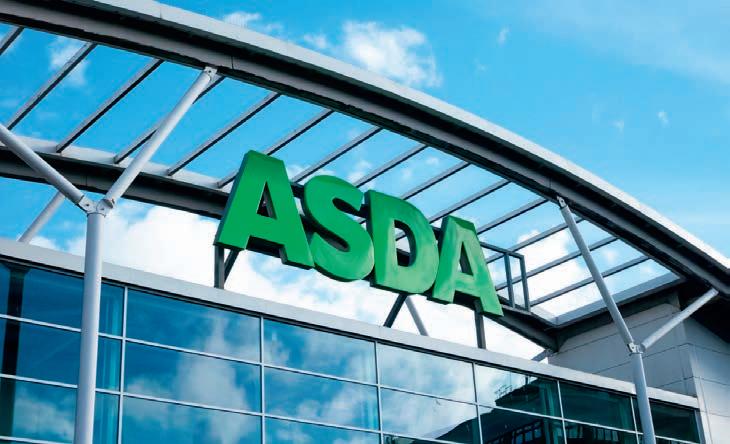
PRICE fixing by Norway’s biggest salmon producers cost the U retailers now suing them £6 5m. hat’s the claim made by the seven supermarket chains that have filed a claim with the U ’s Competition Appeals ribunal (CA ).
It emerged last week, thanks to a trading update from er y Seafood, that a number of U retailers are taking legal action against the Norwegian companies over alleged anti competitive practices, following a preliminary assessment last month from the uropean Commission.
A document lodged with the CA now shows that the seven chains bringing the latest legal action are
Asda, Iceland, orrisons, arks and Spencer, Aldi, cado and the Co operative roup. istributor International Seafoods, part of the m orrison group, is also oining in the claim.
he claimants and their subsidiaries comprise seven of the largest supermarkets in the U , together representing over 44% of the U grocery market with total estimated combined purchases of farmed Atlantic salmon of around £1. bn during the period in question.
he claim, under Section 4 a of the Competition Act 1998, is for damages arising from alleged unlawful cartel arrangements entered into
and or implemented by at least the defendants in relation to the supply of farmed Atlantic salmon.
he named businesses alleged to have colluded in fixing market prices are Bremnes Seashore, Cermaq, rieg, er y, Sal ar, owi and their respective U subsidiaries. All have previously denied the cartel allegations set out by the uropean Commission.
he latest claim document says he effects of the cartel extended downstream through the supply chain, affecting secondary processed products made from farmed Atlantic Salmon, such as smoked or fro en salmon and ready to eat salmon products.
he documents says that it is likely that the unlawful collusion continued from 11 through to ebruary 19, but the run off effect on long standing contracts is likely to have gone on for much longer than that.
It also anticipates that the uropean Commission will find the defendants liable for one or more infringements of competition law.
ast year, five of the companies ( owi, er y Cermaq, Sal ar and rieg) settled broadly similar claims in the United States and Canada, choosing to end the legal action by paying out several million dollars. hey continued to deny any liability.
ICELANDIC salmon company Ice Fish Farm saw its biomass more than triple last year from 5,233 tonnes to 16,132 tonnes.
It is expecting an even better performance this year, with a harvest guidance of 20,5009 tonnes.
The company said it had seen low mortality and good biological status during the final three months of 2023, except at one site where winter wounds had been a problem. In the first quarter of 2023, the company was forced to suspend all harvesting due to lower winter temperatures and high mortality.
Sales, including 20% sold under contracts, achieved a price of just NOK 79.60 per kilo (£5.96) due to smaller fish and winter wounds.
Total Q4 sales were NOK 367m (around £27m).
For the final quarter of 2023,
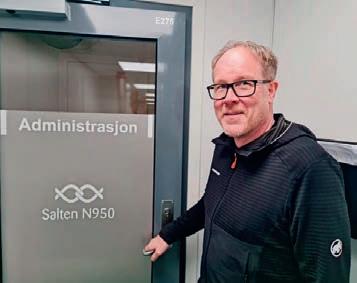
Above: Roy ore Rikardsen
operating EBIT before fair value adjustment of biomass amounted to NOK 51.7m (£3.85m).
Investment is continuing at pace, the update said, with capital expenditure in Q4 totalling NOK 99m (£7m).
Total investment last year came to NOK 234m (£17m) and is likely to be around NOK 290m (£21m) this year.
February also saw Roy Tore Rikardsen, who has considerable
experience in cold water fish farming in Norway and Canada, appointed as Chief Executive Officer, replacing Guðmundur Gíslason, who announced in September that he would be stepping down. He has outlined his priorities, which include developing the company through entrepreneurial growth and Iceland salmon farming in general. He said he will be focusing on excellence in operations, environmental safety and fish welfare.
Ice Fish Farm is one of the leading salmon farmers in Iceland and is the only salmon farmer in the world with AquaGAP environmental certification, which is assessed by sustainable agriculture body Ecocert.
The Norwegian fish farming group Måsøval Eiendom is a main shareholder in Ice Fish Farm, in partnership with the Icelandic fishing company Ísfélag Vestmannaeyja.
group SalMar has launched an ambitious innovation and research initiative, aimed at bringing different players in the salmon industry together for collaboration.
SalMar is calling on industry leaders and others involved with salmon to come together in what it calls the Salmon Living Lab to share and learn. Cargill, the global food corporation, is the fir par er o up.
In addition to bringing partners across the salmon supply chain together, the initiative will also lead to the building of an innovation and R&D centre, which will house various activities and function as a focal point for knowledge.
Gustav Witzøe, founder and Chairman of SalMar said: “Our aquaculture industry is at a crossroads.
e ave ce e ra ed fica ac eveme e pa . e have succeeded in bringing large quantity of much sought-after salmon to customers and consumers worldwide. Now, we must acknowledge that we face greater challenges than we have done before.”
a ar a d a offic a a c ow a ke performa ce d ca or are re d e wro d rec o fi mor a crea fi we fare more c a e a d e feed conversion ratio is going up.
“We must realise that there are simply too many gaps in our knowledge. We need to know more about the salmon, which is the most important part of our value chain,” Witzøe said.
In addition to its expertise, SalMar will be supporting the a ve w a ro fi a c a comm me .
SalMar’s investment is estimated at about NOK 500m (£37m) to ensure that the project gets off on a good start. In future, it expects that the costs will be shared among the parties who join the project.
The partners will be asked to contribute, but details are yet to e co firmed. e a d w ere e ce re w e u a o not yet decided.
SalMar is the second largest farmer of Atlantic salmon in the world and it is deeply involved in the entire value chain. It is involved in genetics, egg, fry, smolt, ongrowing, harvesting and processing.
Cargill, a trusted partner for farmers and food and agriculture companies worldwide, has been a key supplier and partner of SalMar for decades.
Cargill said the Salmon Living Lab is a continuation of this close collaboration with SalMar and potentially with other key players in the salmon industry.
Helene Ziv-Douki, Cargill Aqua Nutrition President, said: “We believe that bringing together the holistic capabilities of SalMar and Cargill will drive greater impact in improving animal welfare and sustainability, ultimately protecting and aiding further sustainable growth of this critical industry.
“There is a need for more collaboration to tackle the challenges we are currently facing.”

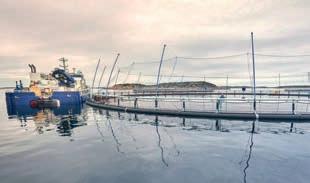
HIGH Liner Foods, one of North America’s leading seafood companies, has bought a stake in the Norwegian cod farmer, Norcod.
The move is an interesting one, because the big Canadian company has not previously been directly involved with aquaculture.
High Liner is mainly a marketer and a processor of value-added frozen seafood, with several retail brands sold throughout the United States and Canada.
Norcod has just expanded its previously announced share issue through private placement by NOK 170m (just over £12m).
The subscription price was set at NOK 12 and on Thursday evening
there was confirmation that almost 14.2 million new shares will be issued for gross proceeds of NOK 170m.
The funds are being raised to cover the company’s need for working capital in connection with its ambitions to increase production and slaughter volumes.
Norcod said High Liner was being welcomed to the company as a new shareholder with over 4.4 million shares. High Liner had earlier announced that it was planning to buy into Norcod to the tune of US $5m.
In exchange for the investment, High Liner Foods will receive an approximately 10% share ownership in Norcod and nomination rights for a director, currently CEO and President Paul Jewer, to serve on Norcod’s board.
Jewer said: “Today’s investment is a small but important step forward in our strategy to position High Liner Foods for the next chapter of leadership and growth.”




ARCargo, which started ights this month, was set up as an associated company by aroese salmon farmer Bakkafrost to ensure a more direct route for its exports, especially to the
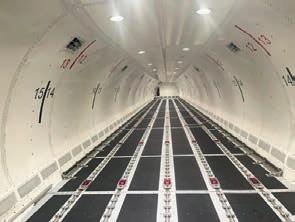
United States. The outbound route will go from Billund in Denmark, then onto the aroe Islands before landing in Newark in the US. There will be a refuelling stop in Iceland. he Boeing 5 aircraft will bring fresh salmon from Bakkafrost in the aroe Islands to the US.
• For more, turn to the Faroes regional focus on page 50.
NORWAY’S seafood export boom continues but there are signs things could be slowing down, according to the latest figures. he export value total last month was N 13.3bn ( ust short of £1bn), a rise of 3% on a year ago. he Norwegian Seafood Council said that thanks to large value growth for salmon, trout, cod and snow crab, the export value in ebruary was raised to a historically high level. he proportion of fillets and other processed salmon in the overall export total reached its highest recorded level 3 % by value.

health business STIM has been acquired by Swedish investment firm Summa quity.
S I is the aquaculture industry’s largest quality supplier of fish health products and services, operating in Norway, Chile, UK, and Canada. The gross revenue of the company was over 15 m (£1 8m) in 3. he price paid
for the acquisition has not been disclosed, but Summa has taken a 5% controlling interest.
S I founder im Roger Nordly said: “I am convinced that Summa is the right strategic and long term partner for us. hey recognise that our employees’ expertise and efforts is the bedrock of this company.”
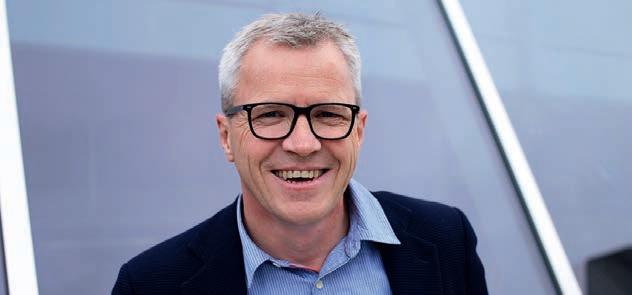
www.fishfarmermagazine.com

GRIEG Seafood is the latest Norwegian salmon farmer to report biological and ellyfish issues during the final quarter of 2023.
The company, which was big in Scotland until three years ago but now concentrates on Norway and Canada, recorded an operational (EBIT) loss of NOK 67m (around £5m) against an operational profit of N 156m (£11.5m) 1 months earlier.
This represents an operational EBIT loss per kilogram of NOK 3.1 (£ . 3) against a profit per kg of NOK 7.4 (£0.56) in Q4 2022.
Grieg CEO Andreas Kvame said that the parasite spiro (Spironucleus salmonicida), winter sores and ellyfish have affected survival rates and operational efficiency in innmark and led to reduced volume, increased handling costs and lower price achievement.
He added I am not satisfied with the results and we have taken measures to tackle the challenges both in the short and medium term.
The operational EBIT per kg in Rogaland ended at NOK 1 .4, equivalent to £ . 9 (Q4 N 13.8). Contributing to the loss was a decline in the proportion of salmon rated superior to 86% compared to 91% in the corresponding period last year, as well as a somewhat unfavourable timing of harvest.
The underlying production was good, however, with a strong 1 months survival rate at 94%.
In innmark, harvest volume
for the quarter ended at 1 ,38 tonnes, 1,8 tonnes below guidance. The lower volume is mainly related to impact from the spiro parasite, winter ulcers and string ellyfish.
The operational EBIT/kg in British Colombia was negative at minus N .9 (£ .6 ), but this compared favourable to the loss of N .9 in Q4 (£1. 3).
arming cost was impacted by historical biological issues and write downs. However, the seawater performance was good during the quarter, with a 1 month survival rate of 91%.
In Newfoundland, an important milestone was reached this quarter when the company started harvesting the first generation of fish in the province.
The total harvest volume during the quarter was 3,184 tonnes.
his is some 1,8 tonnes below guidance, postponed to 2024 due to weather conditions and positive market expectations.
Kvame said spiro alone is estimated to cause a total loss of N 9 m (£66m) since it was detected in 2022 at the company’s freshwater facility in innmark, most of which has previously been realised.
He added: “We have implemented measures to prevent spiro from entering our facility again with good results. All fish transferred to the ocean farms in 3 were spiro free and we expect impact from spiro to cease after we have harvested out the last fish groups from the generation during Q2.”
TWO major Icelandic salmon farming companies have been granted licences to produce an extra 18, tonnes of fish.
MAST, Iceland’s veterinary authority, has given Arnarlax the goahead to farm an additional 10,000 tonnes of sterile salmon in the Isaf ord area, in the northwest.
It has also awarded Arctic Sea Farm a new operating licence for up to 8,000 tonnes of salmon and rainbow trout, also in Isaf ord.
Arnarlax is part of the SalMarowned Icelandic Salmon company. CEO Bjørn Hembre said: “This announcement marks another significant milestone for us. It has been a long process and we are glad to see our application now moving forward towards the finishing line.
“We are excited about the future and ready to utilise this opportunity for further sustainable growth.
With this new 10,000-tonne licence, Arnarlax will have a total license capacity of 33,700 tonnes, divided into 23,700 tonnes of fertile salmon in Arnarfjörður, Patreks and
Tálknafjörður, and 10,000 tonnes of sterile salmon in saf r ur.
Arnarlax said it will provide further updates once the consultation period is ended and after a final decision on the licence.
Arctic Fish is owned by Norway’s owi. he announcement allows for 5,200 tonnes of Atlantic salmon and ,8 tonnes of trout.
The company now has a maximum allowable biomass of 27,000 tonnes of salmon and 2,800 tonnes of trout in Isafjord, Iceland’s leading openpen salmon farming area.
The Icelandic government appears committed to the aquaculture industry despite opposition.

AQUAFEED group BioMar achieved record revenue and profits on slightly reduced volumes for 2023, the company’s update for Q4 shows.





BioMar saw revenue for the full year 2023 up by just under 1% to DKK 17.9bn (£2.05bn) but recorded EBITDA or operating profit of DKK 1.25bn (£143m) up 23% from the full year 2022.









EBITDA was DKK 397m for Q4 last year (£45.6m) compared with DKK 294m (£33.8m) for Q4 the previous year.
The volume of sales for 2023 was 1,437,000 tonnes, a fall from 1,456,000 tonnes in 2022.
Non-consolidated joint ventures, not reflected in the group figures, recorded EBITDA for 2023 of DKK 179m(£20.6m) on revenue of DKK 1.8bn (£207m), also representing a significant increase on 2022’s figures.
Carlos Diaz, CEO of BioMar Group, said: “I am extremely
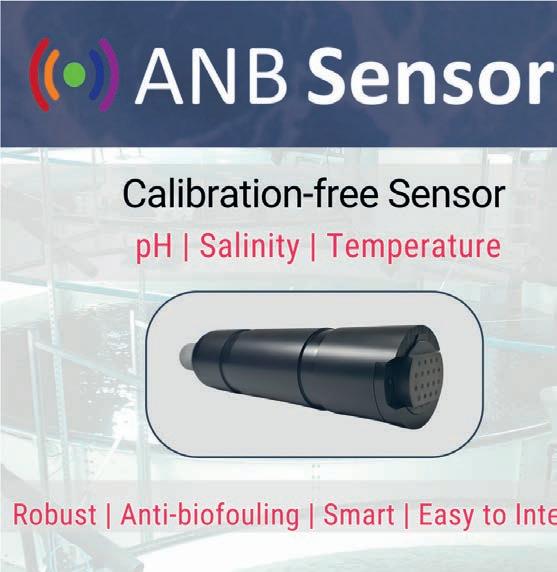

satisfied with our business performance for 2023. We have continued to optimise our product portfolio and product concepts, being proactive to the development in the markets. At the same time, we have improved our commercial performance both up- and downstream. Looking at the totality of our business, including our joint ventures in Turkey and China, the year summed up to a volume of 1.6 million tons, a turnover of DKK 20bn and an EBITDA of DKK 1.4bn.”
He said that BioMar had prioritised building long-term product collaborations with core customers, rather than chasing volumes.
Diaz added: “To us, it is becoming increasingly important to create partnerships with suppliers of novel raw materials as well as forward-looking customers.”


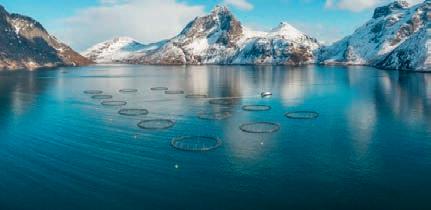
SALMAR, the world’s second-largest Atlantic salmon farmer, produced “solid results” during the final quarter of last year.
The company plans to pay NOK 4.6bn (around £345m) in dividends for the whole year.
SalMar announced a Q4 group operational EBIT or operational profit of NOK 2.16bn (£162m), up nearly 115% from the same period in 2022. This was the first year in which SalMar’s accounts include the former NTS operations, which the group acquired.
The harvest volume was 83,100 tonnes and an operational EBIT per kg of NOK 26 (almost £2).
SalMar said the company passed several strategic milestones, strengthened its financial position and demonstrated strong operational performance throughout the year.
However, jellyfish (“pearl normanets”, also known as string jellyfish) attacks during the autumn continued to present challenges for the business.
Operational EBIT for the group ended at NOK 2,158m (£162m) in the fourth quarter.
The slaughter volume was 83,100 tonnes and operational EBIT per kg was NOK 26 (£1.96).
Norway slaughtered 73,600 tonnes with an operational EBIT per kg of NOK 28.8 (£2.17).
As a result of the successful integration of NTS, NRS and SalmoNor, strong performance by employees and good operations, 2023 was a new record year for SalMar.
Consolidated slaughter volume increased by 31% to 254,100 tonnes and operational EBIT ended at NOK 8.09bn (£610m), which resulted in an operational EBIT per kg of NOK 31.8 (£2.34).
Based on good results in 2023 and the strong financial position, the board recommends a dividend of NOK 35.00 per share (£2.64) for the financial year 2023.
SalMar CEO Frode Arntsen said: “The SalMar team has once again performed well and delivered impressive results, both in terms of operational operations, realisation of synergies and execution of strategic processes.
“I am proud of our dedicated and skilled employees and the strength that the SalMar organisation has shown throughout 2023.
“We see significant potential for continued improvement and growth in all parts of our business going forward.
“Despite unresolved regulatory matters, we are confident that we will be able to increase production and grow further with our current operational structure.”
ICELAND’S Arctic Fish produced an operational profit or BI of 3. m (£ . m) in 3, the first full year under owi ownership.
his was in spite of serious escape issues during the summer, which led to a backlash in Iceland against open pen salmon farming.
he company said the financial biological performance improved somewhat after a challenging third quarter when the escapes took place.
he fourth quarter harvest volume was ,5 9 tonnes gutted weight in the fourth quarter. he positive deviation versus guided volumes was mainly due to good production.
Harvest volumes for the full year of 11,8 8 tonnes were at an all time high.
he company said during the fourth quarter, price achievement was negatively impacted by temporary logistics issues.
It is not ust Scotland and parts of Norway with biological problems. Iceland too is being affected and Arctic ish said its operational performance in the final quarter, and the year as a whole, bears the mark of a challenging autumn with lice problems.
But it adds Biology is now however good with low mortality and reasonably good growth given the prevailing seawater temperatures. Costs in the quarter were positively impacted by insurance income.
rimary processing cost for Arctic ish has
been significantly higher than in owi’s other farming operations.
Its new primary processing facility in Bolungarv k is now fully operational and all of the company’s volumes were harvested at the plant in the final quarter.
Consequently, Arctic ish is no longer dependent on external harvesting capacity and the Bolungarv k processing plant is expected to improve operational efficiency and the cost level over time, said the report.
ur clear goal is to develop Arctic ish into a streamlined and cost effective operation. his includes improved lice strategy and treatment capacity, which is a priority for the company. In addition, the bureaucracy around treatment approvals by the authorities must be streamlined.
Arctic Fish said costs are expected to increase in the first quarter on seasonally lower volumes.
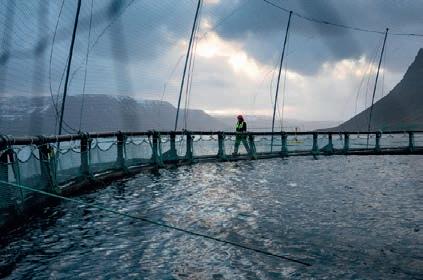
N R IAN land based fish farming company igante Salmon has announced that it is reducing its production by around 3 , fish almost half of the stock released into its tanks in anuary.
his is the second batch for the company at its newly completed site at R d y in northern Norway. igante revealed at the end of anuary that it was experiencing significant mortality issues related to this release of smolt.
he 3 , reduction corresponds to the volume of the second smolt delivery.
igante Salmon said it has collaborated with its fish health services partner to investigate the cause of the mortality and to implement mitigating measures.
igante said no single factor has been identified, but rather it is down to a combination of several causes.
he smolt in the second delivery was of lower quality for several reasons among them, delayed delivery due to a late start up of the facility. ther identified causes include recorded mortality during loading onto the
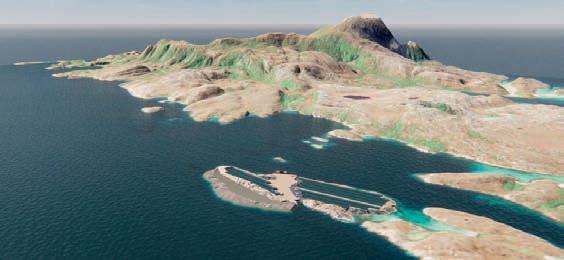
wellboat, which may have resulted in lower water quality during transportation. his, combined with bad weather, meant that the second delivery spent longer in the boat than planned.
he slo Stock xchange announcement states here was also a low sea temperature (3.8 degrees centigrade) at the time of release.
he facility itself is functioning well and as intended. Seawater is being pumped in as planned and the water chemistry is good. he fish are doing well in the longitudinal tanks, which are now operating with a water velocity of about cm per second.
ur employees are doing everything they can to address the fish’s health challenges. It is of little consolation to us that this is not due to the design of the facility.
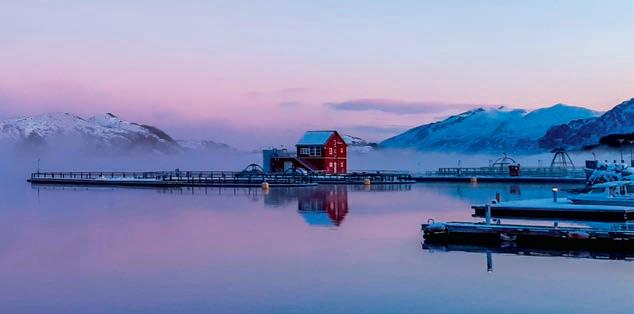
THE large Norwegian salmon business Nova Sea has entered into a long-term collaboration with another salmon company, Torghatten Aqua, with the aim of strengthening both companies.

They say that the plan will contribute to continued sustainable growth and development in the Helgeland region. Torghatten Aqua AS, formerly known as Torgnes AS, is an investment and development company with roots on the Helgeland coast. Its portfolio includes fish farming operations including Bue Salmon AS, Eco Fjord Farming AS and Codfarm AS, and also training organisation Campus Blue and the Norwegian Aquaculture Centre, which was set up to carry out research and to raise awareness of the industry.
Nova Sea comes in as a new major shareholder with a 33.4% stake in Torghatten Aqua, which will happen through a capital expansion in the company and the purchase of shares. It thus becomes the second-largest shareholder in the group, with Trøndelag Helgeland Invest, which owns 39% of the shares, still the largest owner.
The farming operations of the Torghatten Aqua companies will eventually be operated in collaboration with Nova Sea.
A joint statement said the boards of Torghatten Aqua and Nova Sea have approved
MOWI achieved all-time high revenues of €1.43bn (£1.28bn) in the fourth quarter of 2023 – against €1.36bn (£1.16bn) in the corresponding quarter of 2022.
The Q4 report said the period concluded another recordbreaking year for Mowi.
Mowi shareholders will receive a total dividend payout of NOK 983m (around £73.4m) – or NOK 1.90 per share.
eve ue of . 4.68 produced a opera o a profi of €1.028bn (£876m). Harvest volumes of 475,000 tonnes in 2023 were at a record high.
the agreements, and Torghatten Aqua is calling an extraordinary general meeting of the company on 23 February for a final decision.
The chairman of Torghatten Aqua, Frode Blakstad, said the company was happy to have Nova Sea on the ownership side. He said: “We get increased access to capital and expertise, which means a lot for the further development of our companies.”
Blakstad, who has been central to the negotiations, believes that the common value base in the two companies is important for the ambitious plans going forward.
In recent years, Nova Sea has invested aggressively with billion-dollar investments in a new slaughterhouse, a new hatchery and the purchase of farming volume on Helgeland.
The investment and collaboration with Torghatten Aqua fits in well with Nova Sea’s investment, the company said.
In addition, Aino Olaisen, the Chairman of Nova Sea, said: “This is a big and happy day for us! The main shareholders in Nova Sea and Torghatten Aqua have worked together for several decades. They have a common ambition for growth and development, both in the companies, the industry and the region. We are therefore pleased that we will be able to actively take part in this in the future.”
CEO Ivan Vindheim said: “I am extremely grateful for the hard work and dedication of my 11,500 colleagues around the world that has led to record results and stellar performance in Mowi’s three business areas – farming, consumer products and feed –in 2023.”
Volume growth across the value chain is one of Mowi’s strategic pillars. Growth within Mowi Farming has been strong in recent years and 2023 marked another good year with all-time high harvest volumes of 475,000 tonnes, equivalent to growth of 2.4% vs global supply contraction of 2.5%.
Mowi harvested 129,234 tonnes of salmon in the quarter. Fullyear harvest volume guidance for 2024 is maintained at 500,000 tonnes.
Vindheim continued: “As recently as 2018, harvest volumes were 375,000 tonnes, hence we will have grown our farming volumes by as much as 125,000 tonnes by 2024.
“This is equivalent to annual growth of 4.9% versus a projected growth rate for the industry of 2.9%.
“This is mainly organic growth and Mowi still has further organic growth initiatives that are expected to contribute to additional volume growth, of which the most important one is perhaps the post-smolt programme we launched at our Capital Markets Day in 2021.”
By the end of 2024, Mowi’s post-smolt capacity will be almost 40 million post-smolt, equivalent to approximately 25% of the group’s total smolt. In Norway, Mowi’s post-smolt share will be approximately 50% when the naturally more resilient Region North is excluded from the equation.This is expected to drive licence utilisation higher and improve Mowi’s sustainability credentials yet further through shorter production time in sea and improved survival rate.
Consumer Products also had another solid quarter and an ou a d 2023 e a a e opera o a a d fi a c a record o ro co umer dema d. pera o a profi of €152m (£130m) and volumes of 232,000 tonnes product weight in 2023 were both new records for the group.
“These are impressive results and I think it is fair to say that Consumer Products’ relentless focus on operational excellence over the past few years has really started to pay off,” Vindheim said.
Mowi Feed delivered a good fourth quarter result and can also celebrate its best year so far with an operational EBITDA of €52m (£44m).
“Volumes produced in Norway reached the impressive milestone of 405,000 tonnes for the full year following strong growth in sea and consequently good feed demand,” Vindheim concluded.
The total amount of feed sold reached 523,000 tonnes in 2023.
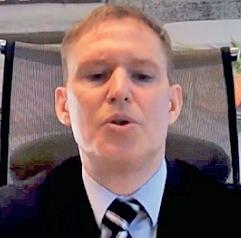

A TOOL aimed at helping stakeholders to identify and understand environmental, social and governance (ESG) risks in the aquafeed supply chain has been launched jointly by industry body the Global Salmon Initiative (GSI) and the World Wildlife Fund (WWF).
The Aquaculture Stewardship Council (ASC) has reviewed the tool and intends to incorporate it as one of its due diligence mechanisms to be part of the ASC Feed Standard certification process.
The GSI and WWF said the tool will improve visibility into supply chains, allowing stakeholders to better identify and address possible ESG risks.
These risks could include biodiversity loss, climate change, resource use, environmental footprint, health and
welfare, nutrition, human rights, and governance, among others. It can also help companies assess the scalability of future novel ingredients.With this knowledge, the authors say, companies can make more informed sourcing decisions aligned with their strategic priorities and values.The tool, developed over a three-year period in consultation with the GSI members, WWF and industry feed companies, is the first time a common methodology has been made available to support greater alignment in feed data collection.
GSI and WWF designed the tool to support the salmon farming sector, but the wider animal protein production sectors, including livestock, may also benefit from its use, the two organisations say.
Daniel Miller, Aquaculture Lead Specialistat WWF, said: “Feed ingredient sourcing remains one of the main sustainability challenges in salmon farming and food production more broadly.
“The surprising amount of unknown information in feed-ingredient supply chains leaves the sector open to unintentional risks and vulnerabilities – even for companies prioritising sustainable, ethical production.With this tool, GSI members are taking a proactive approach to address these risks and identify opportunities to improve the supply chain. Looking at supply chains broadly and holistically doesn’t just mitigate risk; it also facilitates more informed and strategic decisions.”
Tor Eirik Homme, Director of Feed and Nutrition, Grieg Seafood, commented: “By developing a common tool… producers can all ask the same questions of the supply chain, which will streamline requests and improve the level of traceability, ultimately supporting accelerated improvements in the sustainability of the ingredients being used for feed.”
In addition to the tool,WWF in collaboration with GSI and Grieg Seafood, have released a business case, Feed of the Future:Transparent and Traceable.The paper outlines the challenges inherent in feed production, the development of the tool and Grieg Seafood’s experience applying it to their supply chain.
FLORIDA-based land salmon company Atlantic Sapphire raised around NOK 369m (£27.5m) in a new share issue in Oslo, where the company is listed.
The issue at NOK 1.20 per share was fully subscribed with its largest shareholder Nordlaks Holdings of Norway buying shares worth NOK 52m (£3.8m).
The extra money will be used to ensure sufficient leeway for the company’s phase one plans across the Atlantic. The share price dropped by around 17% in Oslo this morning on the news that Atlantic Sapphire had gone back its shareholders to raise more money.
Atlantic Sapphire had gender maturation problems last year, which led to lower income. The company therefore needed to raise extra capital. It has also been struggling with high water temperatures at its Florida site.
In a production update, Atlantic Sapphire said that the temperatures in the growth systems had stabilised at around 14°C after the delivery of new coolers in September 2023.
It also said that all cooling systems had performed according to expectations in the five months since installation. The batches transferred to growth tanks after the new cooling installations show strong growth, the company added, with performance in line with expectations or better.
General farming conditions were “stable and support good biomass growth”, the statement said.
Atlantic Sapphire says its phase one facility is in operation, which provides the capacity to harvest approximately 10,000 tonnes (HOG) of salmon annually. The company is currently constructing its phase two expansion, which will bring total annual production capacity to 25,000 tonnes and it has a long-term targeted harvest volume of 220,000 tonnes.
In November the company, when it announced that its water temperatures were back under control, said that the Hong Kong-based venture capital fund VLTCM had bought a 10% stake in the business through the purchase of 79.6 million shares.

THE Barramundi Group has raised the equivalent of £8.8m to expand its fish farming operations in Brunei.
The company has announced that it had secured the credit facility of BND $15m from a Bruneian financial institution.
The Singapore-based Barramundi Group farms the fish of the same name, also known as Asian sea bass. It has operations in Singapore and, at a small scale, in Brunei, but last year its Australian farms were placed into administration and subsequently sold to Australian salmon producer Tassal, which itself is part of the global Cooke Group.
The latest funding for the Barramundi Group, subject to finalisation and completion, will be used to fund the first phase of the Brunei expansion and pivot to what the company calls BG 2.0.
The first steps will be, the company said:
• the construction of a recirculating aquaculture system (RAS) broodstock and hatchery centre, complementing the existing RAS nursery operations; and
• immediate deployment of sea cages at Barramundi’s existing sea lease, Pelong Rocks, planned for mid-2024.
Barramundi said: “With the new broodstock and hatchery facility, the Brunei operations will be able to capitalise on the genetic nucleus from our Singapore broodstock – naturally bred and selected over 20 years – to spawn and culture fry and fingerling within Brunei. The capacity of this facility will allow Brunei to be sufficient not only for the phase one Pelong Rocks grow-out cages, with an annual capacity of 1,000 tonnes, but also for phase two requirements of the planned 3,000 tonne land-based RAS facility.
 Above: Barramundi farm
Above: Barramundi farm
“The immediate deployment of Pelong Rocks will help to smoothen the gap in production and revenues, but also provide the Group with an opportunity to re-enter the China market.”

MEDELLÍN, Colombia will be the headquarters of the Congress on Aquaculture in Latin America “Innovation and Sustainability for Global Aquaculture”.
The combined event will include Lacqua 2024, the eighth Latin American conference on native fish culture, and the 11th Colombian Aquaculture Congress from 24 to 27 September 2024 at the Plaza Mayor Convention Center.
Medellín, known as the City of Eternal Spring, combines modernity and traditional charm framed by majestic mountains. With a warm climate all year round, the city offers innovative architecture, vibrant cultural scene and unique hospitality. This event is the result of collaboration between a number of organisations, including WAS-LACC,
GIFFORD Cooke, the Canadian marine mechanic who created one of the world’s largest seafood businesses, has died at the age of 85.
He was co-founder of the Cooke Seafood group, which turned a local New Brunswick company into a global operation and ra formed a e a ad a fi farm o a a uacu ure operation employing thousands of people.
The Cooke empire stretches across the world from North America to Australia and over to Scotland and Continental Europe.
A company statement said: “The Cooke family is deeply saddened to announce the death on 3 March 2024 of Gifford Cooke, co-founder with his sons Glenn and Michael Cooke in 198 of ooke uacu ure c.
Joel Richardson, Vice President of Public Relations, added: “On behalf of the Cooke family and our employees, I would like to express our gratitude for the immense contributions Gifford has made to rural coastal communities in Eastern Charlotte, New Brunswick, and throughout Atlantic Canada and the globe.
“Over the decades, Gifford and his children, Glenn, Michael and Debbie, built a local family company into a global seafood leader with fully integrated facilities, product lines and distribution networks. Cooke provides careers to nearly 13,000 employees in 15 countries and is passionate about supporting commu a d co erva o pro ec .
Gifford Cooke was a marine mechanic for much of his career in Blacks Harbour, New Brunswick. With his sons, he e a ed e ove a mo a fi farm compa w
the Latin American Association on Native Fish Farming, the Colombian Academic Association of Aquaculture, the CES University, the University of Antioquia and Fedeacua.
The congress will bring together experts on topics of global relevance, addressing the development, sustainability and growth of aquaculture in Latin America and the Caribbean
Participants will have the opportunity to send summaries of their most recent research and work to present orally or in poster format throughout the three days of the event and the pre- and postcongress courses.
The organisers are now calling for abstracts for presentation at the conference. The deadline for reception of abstracts is 31 March 2024.
In addition, the event will stand out with the presence of the largest aquaculture trade fair in Colombia, for which stands are still available.
The registration form can be found on the WAS website: www.was.org/Meeting/Registration/ Submit/LACQUA24
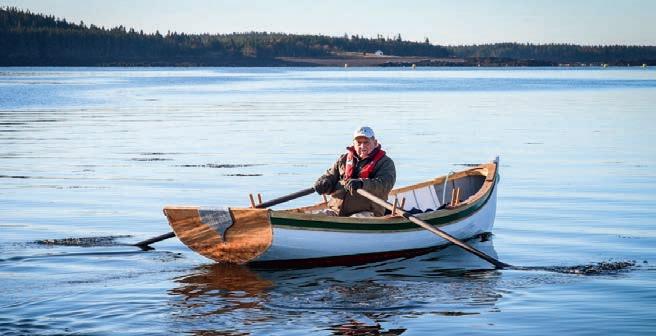
o e e 198 a d we o o fou d e compa fir hatchery in 1989. The family set up True North Salmon in 1994 to manage marketing, processing and distribution. ooke uacu ure e worked a o de e emp o ee to modernise the company’s freshwater salmon hatcheries a d ve e ee a d ed cou e co ruc o pro ec . e compa a o e pa ded o ca c fi er e a d rew rou ac u o arou d e wor d from co a d a d pa o Australia and Chile.
The company added: “Gifford’s outgoing personality, robust work ethic, friendly sense of humour and steadfast faith will eave a vo d o ea fi ed. e o a ooke fam w miss him greatly. Our thoughts and prayers are with his wife ar or e fam a d ma fr e d .
A POTENTIAL dispute is looming between the aquaculture giant Cooke Seafood and the leader of the Nova Scotia regional government in Canada.
Nova Scotia prime minister Tim Houston has come out against Cooke’s proposal to expand its salmon farm in Liverpool Bay through its Canadian aquaculture operation, trading as Kelly Cove Salmon Ltd.
There has also been a swell of opposition from some sections of the community against the proposal.
Cooke is seeking approval of an existing site boundary amendment at Coffin Island and to create two new marine finfish aquaculture licenses and leases for the cultivation of Atlantic salmon in Liverpool Bay at Brooklyn and Mersey.
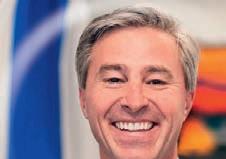
opposing the plan because the project would triple the number of salmon in the area and add two more fish farm sites.

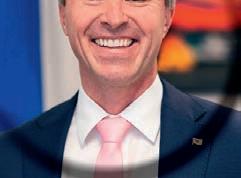 Above: Tim Houston
Above: Tim Houston
It said last year that if successful, the Kelly Cove application would enable a modest Nova Scotia production increase to be phased in over a number of years.
It added that according to Statistics Canada, in 2021 Atlantic Canadian salmon aquaculture production in Nova Scotia was 8,592 tonnes, while Newfoundland harvested 15,904 tonnes and New Brunswick harvested 27,423 tonnes.
Now, the national broadcaster CBC reports that Premier Houston is
“There’s certainly a lot of people in Liverpool who are concerned about this. I respect their concerns and have heard their concerns,” Houston told the press in Halifax.
He added: “While I think there are incredible opportunities for aquaculture in this province, it’s my personal opinion that Liverpool Bay is not an appropriate place for that.”
However, the final decision on whether the expansion should go ahead will be made not by politicians but by an independent commission.
Cooke told CBC that it has been working on the project with provincial and federal regulators for several years.
Although expanding and creating jobs and a great deal prosperity in several areas, Canada’s aquaculture industry frequently has a strained relationship with both federal and regional governments, most notably in British Columbia.
Opposition is generally less intense on the eastern seaboard, but it is there all the same.
Growth plans are frequently met with opposition from local residents, sport fishing groups and those opposed to fish farming in any form.
NORTH American land-based salmon farmer AquaBounty Technologies is putting its Indiana site on the market in an effort to raise funds and strengthen its balance sheet.
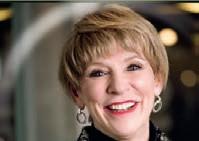
In a stock market announcement on 14 February, CEO Sylvia Wulf said: “We have been focused on securing funding for our near- and long-term needs, so we can continue to pursue our growth strategy. Making the decision to sell our Indiana farm was a difficult one for us. We have built a strong operation there with a passionate and experienced team. I want to take this opportunity to express my gratitude to our team members in Indiana for the job they have done over the last eight years to transform the facility and create a well-run operation. Our focus will be on harvesting the remaining GE Atlantic salmon for sale over the coming months to ready the farm for a new owner.

“We are proceeding to pursue additional funding across multiple financing alternatives with the goal of securing our cash requirements in the coming months.”

AquaBounty is the first salmon farmer to produce GMO (genetically modified organism) fish at commercial scale. Its Atlantic salmon also have genes from two other salmonid species to achieve faster growth in recirculating aquaculture system (RAS) conditions.
The company’s main project is a 10,000-tonne RAS farm in Pioneer, Ohio, but last year this ran into problems with rising construction costs. AquaBounty has been looking for ways to raise more funding and strengthen its balance sheet.
The Ohio plant is now 30% complete, AquaBounty said, and to support this priority project the smaller RAS site in Albany, Indiana (pictured right) is being put on the market.
Investment bank Berenson & Co will be advising on the sale.
AquaBounty’s financial update for Q3, published in November, showed that the company saw revenue up 12% year-on-year to US$733,000 (£584m) but losses also up by almost 13% to US$6.1m (£4.9m).

NORWEGIAN company Nordic Aqua Partners, which is developing a landbased facility in China, has reported a good operational performance in the fourth quarter of last year with construction works for stage one completed on time and on budget.
The biological performance was good for all batches – with strong growth, a mortality rate below 1.6% and no signs of early maturation, says the company.
Nordic Aqua said it is on schedule for the first harvest late next month and is now fully focused on launching its Atlantic Salmon into the Chinese market.
A recent test harvest showed 5kg live weight fish with supreme quality along with good fish health and welfare.
CEO Ragnar Joensen said: “The fourth quarter of 2023 was another eventful quarter for Nordic Aqua.
“Biological performance was good during the quarter with good fish health and strong growth.
“We continued the important work of increasing
management capacity and expertise as we continue to grow. During the quarter, we also conducted a successful private placement, strengthening our liquidity and securing necessary equity funding for the next phase.”
Joensen said the overall status at the end of the period is that the Nordic Aqua team, with strong support from local authorities and in collaboration with leading industrial partners, is all set for the first harvest at the end of next quarter and ready to execute on the next steps in developing the company towards 20,000 tonnes.
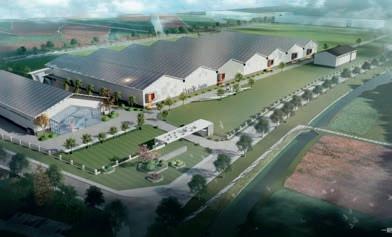
“Competence and organisational capacity are critical in the successful development of land-based salmon farming. Nordic Aqua continues to grow the organisation and the company made several new hires during the fourth quarter, adding vital competence across the organisation,” he added.
Nordic Aqua said equity funding for stage two is secured and the company is currently in the process of evaluating sources of debt funding of this second phase, which will double capacity to 8,000 tonnes.
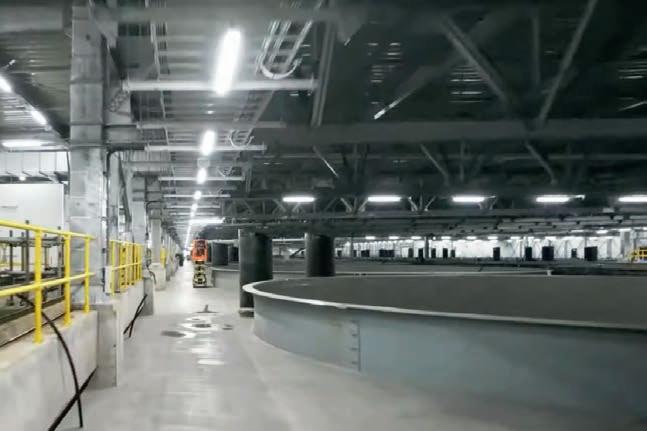






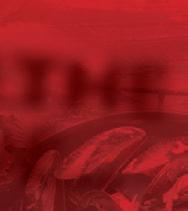
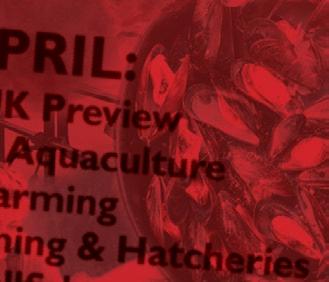
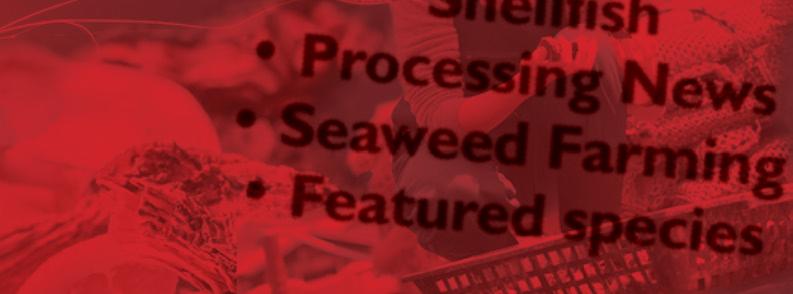
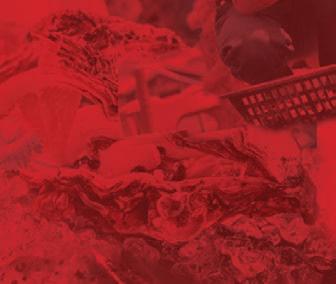

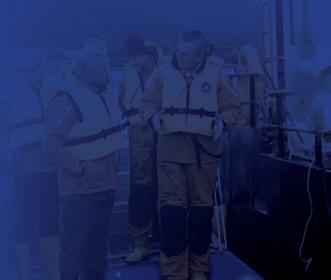








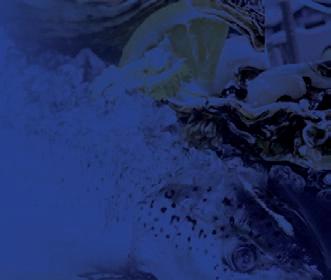
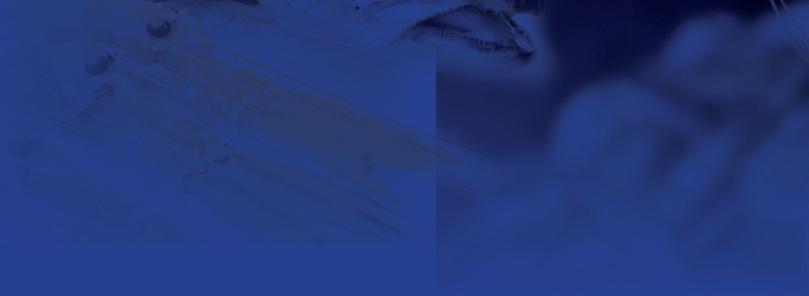




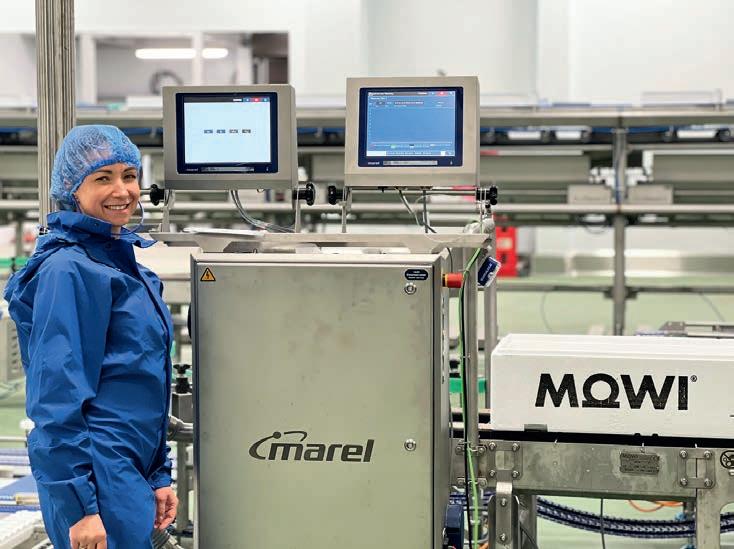
SALMON producer Mowi and food processing systems business Marel are putting the final touches on Mowi Scotland’s Fort William processing plant upgrade. The project includes the installation of state-of-the-art food processing and packaging systems. When complete, the upgrade will enable the facility to process and pack 200 fish per minute and increase plant capacity to more than 80,000 tonnes annually.
Scott Nolan, Mowi’s Sales and Operations Director (UK, Ireland, Faroes and Iceland), said: “With salmon being the UK’s largest agricultural export and 40% of this production
going through our plant in Fort William, it was time to ensure our facility maximises throughput whilst maintaining the high quality that customers expect of Scottish salmon. The last major upgrade to this facility came in 2006 and with the fast pace of the aquaculture sector, there are many new and innovative food processing solutions available to us today.”
Olafur Karl Sigurðarson, EVP Marel Fish, commented: “The main challenge with a large project like this is to ensure a stable production from the existing plant while changing the building and installing new equipment. I’m super-proud of the
HIGH-TECH aquaculture and processing business Optimar International has been acquired by Icelandic investment company Kaldbakur ehf.
Kaldbakur has completed the purchase of all shares in the company from the previous owner, German investment firm Franz Haniel & Cie. GmbH, for an undisclosed sum.
Based in Ålesund, Norway and with offices in Norway, Spain, Romania and the United States, Optimar serves customers in more than 30 countries. It serves the aquaculture and seafood processing sectors with products including humane stunners for finfish and shrimp, and the Optilicer delousing solution.
It is stated that there are no planned changes to Optimar’s current operations.
Kaldbakur is an investment company owned by the two founders of the Icelandic seafood company Samherji: Þorstein Más Baldvinsson and Kristján Vilhelmsson, and their families.
Two years ago the company, also known as Kaldbaks, took over assets that Samherji had acquired over the years but were not part of the company’s core business.
collaboration and teamwork between Mowi and Marel being able to plan this complex installation to the smallest details in such a successful way. This close partnership has proven itself during first testing of the new Marel equipment and we are looking forward to further cooperation with Mowi.”
The two companies say the collaboration “…showcases a commitment to deliver high-quality, sustainable seafood to fulfil the needs of a growing global population.”
The upgraded facility is equipped with two automatic packing graders and five efficient box lines that deliver a consistent and substantial throughput.
Mowi received a £2m grant for infrastructure upgrades in 2022 from the UK Government’s Seafood Fund.
As Nolan explained: “The upgrade to our salmon processing plant in Fort William is vital to ensure the UK remains competitive in a global seafood market. The UK Seafood Fund Infrastructure Scheme comes at a key time, helping to safeguard and grow our domestic food supply, securing local jobs in rural communities, improving staff recruitment and retention, and reducing our carbon footprint.”
“I’m super-proud of the collaboration and teamwork ”

Eiríkur S Jóhannsson, Kaldbakur’s Managing Director said: “Optimar is a trusted service provider to the maritime industry worldwide. The company has a lot of experience, knowledge and business relationships. We are excited about the opportunities that this investment will create, both for Optimar and for other companies we own.”
The announcement said: “There are no planned changes to the operation of Optimar, which will continue to serve its customers as an independent company in the Kaldbaks ehf group.” Optimar describes itself as a trusted service provider to the maritime industry worldwide.
SEAFOOD processing and logistics software business Maritech has been snapped up by US high-tech group CAI Software.
Maritech is a leading cloud-based enterprise resource planning (ERP) provider for the seafood and logistics industries across the European and North American markets. Founded in Norway, Maritech has an expansive, blue-chip customer bases in the seafood industry, offering solutions such as an Internet of Things application, production line monitoring and Maritech Eye, an automated quality control system for salmon and white fish.
The company is now part of the CAI Software portfolio. Broodstock Capital, a major investor in Maritech, will continue to have equity in the new, merged business. In a joint statement, CAI Software and Maritech said: “Together, CAI Software and Maritech will build a leading, global seafood ERP platform to serve companies of all sizes.”
Brian Rigney, CEO of CAI Software, said: “Combining CAI Software and Maritech brings key granular information for seafood manufacturers of all sizes to make more informed and timely business decisions in this ever-changing business environment.
“As we bring the companies together, we will continue to collaborate with our customers to develop solutions purpose-built to serve the unique requirements of this industry. In our next chapter of growth, I look forward to working with the Maritech team and Broodstock, who will continue to be an investor in the combined company.”

CAI Software is part of a portfolio of companies owned by private equity investor STG.
Maritech CEO Odd Arne Kristengård added: “This is a great milestone for us and a natural next step towards global growth for Maritech. Together with CAI, we will continue to have a laser focus on our Norwegian home market and customers while increasing the international traction that we have built over the last several years.”
A LARGE salmon processing plant in southern Chile has been severely damaged by fire.
The site, near the city of Punta Arenas, employs several hundred people and belongs to Entrevientos, which is owned in turn by the aquaculture companies Blumar and Mul�export Foods, also known as Mul� X.
On 12 February, large flames followed by a huge pall of smoke were seen coming from the building.
The blaze broke out around 10am and was brought under control about five hours later. A

large number of the city’s firefigh�ng vehicles were in ac�on throughout.
Reports suggest that it was started by sparks in one of the warehouses.
The staff had been evacuated and there are no reports of any injuries, but it will be some �me before the site is back in ac�on – if at all.
The company said the damage had been extensive and produc�on had been halted un�l further no�ce. The one posi�ve note is that the flames did not reach some parts of the site, such as the refrigera�on area.
The 9,000m2 factory is fairly new, completed just over three years ago at a cost of around £45 million.
Blumar is a major global name in aquaculture and fishing with more than 60 years’ experience.
In the case of salmon, this product is sold both fresh and frozen, with its main market in the United States, where it has a commercial office.
NORWEGIAN cod farmer Ode has taken over a harvesting facility formerly owned by the salmon group Måsøval.
Ode confirmed at the weekend that it had acquired the Western Seaproducts facility in Vartdal near Ålesund on the west coast of Norway.
The plant will become a fully owned subsidiary and will be operated as a specialised facility for harvesting and processing cod.
Last year, Måsøval announced a major restructuring of its
business. The harvest for 2023 showed an improvement on the previous period.
The move also secures employment for the people who work at the site. Ode CEO Ola Kvalheim added: “At Ode, we have a clear strategy of being fully integrated to
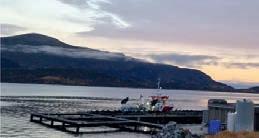

control quality, traceability and efficiency across the entire value chain.
“By acquiring the processing plant in Vartdal, we are now involved all the way from the egg to the customer, a process that takes three years, caring for our fish to end up with the best products for our consumers.”

Ode delivered just under four million kilos of fresh cod in 2023 and plans to triple the company’s production volume to 12 million kilos this year.

NORWEGIAN salmon farmer Nova Sea has signed a NOK 673m (£50m) contract to build a new slaughterhouse in Nordland.
The deal with the construction company Consto will see an ultra-modern facility on the small island of Lovund.
It is in the area where Nova Sea began its fish farming operations in the 1970s. The new plant will cover more than 17,000m2, spread over four floors.
The slaughterhouse will have a production capacity of 100,000 tonnes of salmon annually, with the possibility of future expansion.
Consto said the facility will be connected to the existing administration building.
Nova Sea CEO Tom Eirik Aasjord added: “We are investing heavily in Lovund and are building a new slaughterhouse that will ensure the best possible quality of our products and even better fish welfare and fish health in the processing process.
“We are going to increase our further processing to two fillet lines, which in turn will generate more jobs.”
He said the old slaughterhouse was getting cramped but with the new facility everything will be better for both the fish and the staff.
“We have contributed to developing local communities on Helgeland for more than 50 years. With our new venture, we are getting ready to contribute to positive development on Helgeland for the next 50 years,” Aasfjord added.

How to persuade UK consumers to eat more seafood was a key issue at the Norway-UK Seafood Summit, reports Dr Martin Jaffa
A
T the end of February, Norway came to London in the form of the Norway-UK Seafood Summit, organised by the Norwegian Seafood Council (NSC). I have attended these summits since NSC decided to open an office in London several years ago and like those before it, the latest event was a lavish affair held in the historic surroundings of the Fishmongers’ Hall.

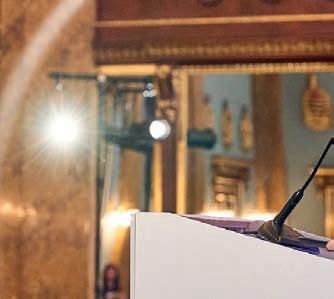


Unlike previous meetings, the emphasis moved away from the work of NSC to a more general overview of the seafood sector, with talks about the UK economic outlook; a view of seafood supply from a seafood analyst; the retail perspective on responsible sourcing: how seafood can win UK consumers; and finally the food trends of tomorrow.The day began with presentations from the Norwegian Fisheries Minister Cecilie Myrseth and the UK Minister for Food, Farming and Fisheries Mark Spencer. This was not without controversy, as I believe will be reported elsewhere. Mr Spencer stressed to the Norwegians how easy it was for them to export salmon to the UK with the introduction of an electronic system to speed up transactions. Unfortunately, a similar system is not in place to help the Scottish salmon industry export their salmon abroad. He also said that whilst salmon requires certification, imports of cod and haddock do not. Sadly, both ministers departed Fishmonger’s Hall before they could face any questions.
Before he left, Mr Spencer also talked about aquaculture. He mentioned that a new aquaculture technology hub is to be established at the University of Stirling by 2025. He also said that exciting new aquaculture developments were soon to happen south of the border in Grimsby. Obviously, it doesn’t take much to get him excited!
I found two of the talks to be of the most interest and these are what I will focus on. One was given by an NSC analyst who talked about seafood supply. Whilst the facts and figures were certainly
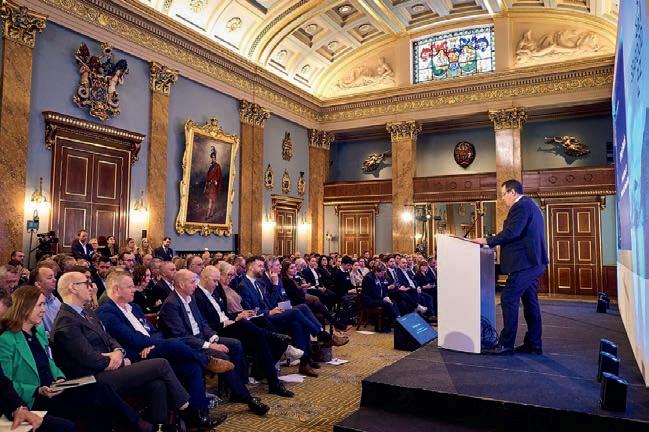
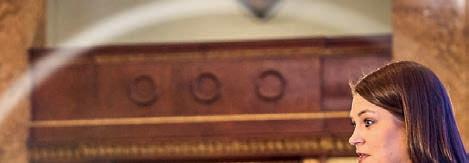

interesting, my perspective was that sometimes the data alone is not enough to provide a real understanding of what is happening in the seafood sector.
Much was made about how demand for fish and seafood has fallen, especially during the cost-of-living crisis. High prices have certainly suppressed consumption, but the implication was made that if prices fell, then demand would increase. This may be true, but it ignores an underlying trend of falling consumption as more and more consumers turn away from fish. This is mainly due to the fact that many consumers know very little about fish and don’t know what to do with it. Price is certainly a driver of fish consumption, but it is not the be-all and end-all.
Spencer said that UK consumers should eat more fish and seafood, but he didn’t say how this was to be achieved. In my opinion, it will be hard to turn around the consequences of many years of underinvestment in fish and seafood marketing. Despite their high spending power, I am not sure that even the NSC really know how to address the problem.
Interestingly, whilst salmon exports from Norway to the UK have fallen, imports of salmon from China and the USA have increased. However, what was not mentioned was that these imports are of Pacific salmon species and not farmed Atlantic salmon.
The analyst also highlighted that growth in salmon production is highest in Iceland at 63% compared to 1% in Norway. But 63% of little is much less than the 1%

” COMMENT
 Above: Norwegian Minister for Fisheries and Ocean Policy Cecilie Myrseth
Left: Rt Hon Mark Spencer MP, UK Minister for Food, Farming and Fisheries, addresses delegates Opposite from top: Top 10 food trends; chef at the Norway-UK Seafood Summit
Above: Norwegian Minister for Fisheries and Ocean Policy Cecilie Myrseth
Left: Rt Hon Mark Spencer MP, UK Minister for Food, Farming and Fisheries, addresses delegates Opposite from top: Top 10 food trends; chef at the Norway-UK Seafood Summit
growth of Norway’s impressive salmon production.
The second presentation of interest came from market researchers Kantar World Panel and focused on the trends affecting consumers and the opportunities that these might open up for seafood producers. Members of the audience hoping for inspiration might have been a bit disappointed, however. The title “How can seafood win UK consumers in 2024?” failed to offer much hope except to say that evening meals or celebratory events would be where most opportunities lay. I don’t think that these “suggestions” come as any surprise, but the issue would be how to translate these opportunities into fish and seafood reality.
The wider trends presented were of more interest. Given the restrictions placed on the public by Covid, there has been a massive revival of out-of-home eating, despite the cost-of-living price pressures. This is not surprising as people seek an escape from the day-to-day struggle of dealing with rising prices. I am guilty of this myself, as the pleasures of eating out are definitely worth the cost. Yet outof-home eating still has not returned to pre-pandemic levels. Whilst eating out has increased by 5% since 2022, it is still 5% down on 2019 figures.
By comparison, home consumption of fish and seafood is 2% down on 2022 figures, although up 4% on 2019. This shows the declines in consumption that have plagued the seafood sector for many years. Covid stay-at-home restrictions did bring about a significant increase in fish consumption at home, but in my view, these peaked long ago and consumption was already in decline again before the cost-of-living crisis hit.
I think it is a shame these summits don’t offer any real insight as to how consumption declines can be reversed. I suspect that this is because no-one has any real, practical solutions.





The last presentation of the day came from analysts The Food People, who discussed five of the top 10 food trends of 2024 and 2025. They did mention all 10, but I can’t say that any offered real hope for the fish and seafood sector, except one, which wasn’t discussed. This was a move towards ambient foods. I have always had a lot of time for products of this type, not least because they have a long shelf life and therefore can be viewed by consumers in a different way to fresh and chilled fish and seafood. Ambient is not an alternative to fresh and chilled but it is a way to expand
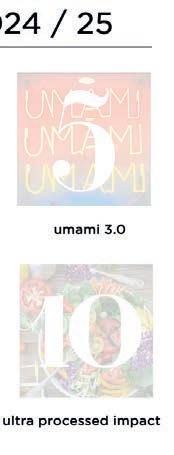

the market, especially amongst those who are not traditional fish and seafood consumers.
Maybe ambient seafood might find its way onto next year’s summit programme, but then ambient seafood may be too far removed from the traditional markets to be included. I’ll let you know next year.
TAVISH Scott, Chief Executive of industry body Salmon Scotland, was also present at the summit. He commented afterwards on the remarks made by UK Fisheries Minister Mark Spencer, regarding electronic certification for seafood imports from Norway, a facility which is not reciprocated for UK seafood businesses exporting to Norway and the European Union. Scott said: “We’ve been saying since Brexit that we need electronic systems to reduce the red tape for salmon farmers.
“So given this now happens for seafood imports from third countries like Norway, as highlighted by the Fisheries Minister, we’re surprised that this still hasn’t been sorted for exporters to the EU.
“International demand for Scottish salmon continues to increase and it’s vital for economic growth here at home that we remove barriers for key exporters like salmon farmers.”



Jon
Gibb
says the aquaculture sector is one of the few that has demonstrated its willingness to help save the king of fish
BOB Dylan famously sang: “You don’t need a weatherman to know which way the wind blows.”
This is exactly how I feel in the twilight years of a career managing wild salmon stocks on some iconic Scottish rivers.
The research is done, the story is clear – Atlantic salmon in UK rivers are in deep trouble.
We don’t need more science to tell us that. What we need now is affirmative action before it is too late.
In the latest species reassessment at COP28, Atlantic salmon in Scotland were reclassified as endangered on the International Union for Conservation of Nature’s Red List.
This is due to a 50% decline in UK populations since 2006 and up to an 80% decline predicted by 2025.
Sir David Attenborough recently predicted on the BBC’s Wild Isles series that “Atlantic salmon could be extinct in our rivers within the next two decades.”
This means that the next three to four generations of salmon could be the last we will see.

Salmon has been around for more than six million years and we are now facing the real possibility that they could be extinct within our lifetime.
This is why I see the £1.5m Salmon Scotland Wild Fisheries Fund, which I am delighted to coordinate, as a vital and timely initiative to play its part in the conservation and rehabilitation of Atlantic salmon.
And I am particularly pleased that the members of Salmon Scotland are welcoming applications from throughout Scotland this year.
Because despite what the small but vocal group of activists may preach ad nauseam, it is not just the west coast that has experienced these dramatic declines.
Salmon on some of the major east coast rivers has actually declined at a faster rate than west coast rivers in recent years: an inconvenient truth if you blame salmon aquaculture for the declines.
Take the Girnock Burn, for instance –a key spawning tributary on the River Dee that has been monitored closely by government scientists since 1966. In past years, hundreds of fish returned to spawn. In 2023, they only recorded a single pair.

Above: Wild salmon leaping a waterfall in Scotland
Below: Jon Gibb with salmon
”Those who try to focus blame on salmon farms could actually hasten the decline

Against this backdrop, major east coast rivers such as the Spey, Tay and Dee are now beginning to look at hatcheries again to bolster struggling stocks.
The Dee closed their own hatchery many years ago on the advice of scientists. Now they are using a hatchery in Stirling to rear salmon for restocking.
Significantly, none of these river managers blame salmon farming for their predicament.
And yet still a minority group of extreme “antis” continue to sound off in the echo chambers of social media.
Strangely though, these largely angling-based voices are now making questionable alliances with animal rights activists to address welfare issues on salmon farms, which is rather odd considering, let’s face it, anglers put hooks in fish for sport and would gladly shoot every living seal within a country mile of a salmon river. I feel their misplaced allegiances may soon come back to haunt them.
In my region, aquaculture measures through national regulation, synchronous fallowing, cleaner fish, reduced escapes, focus on deep-water sites and a gradual move to single-year class production have seen enormous improvements over the years.
Sadly, I would suggest that those who try to focus the blame solely on salmon farms for this crisis could actually hasten the decline if they succeed in their mission to remove all fish farms from the Scottish coastline.
The aquaculture sector is one of the few industries that has demonstrated its willingness to help.
Put simply, you could remove all farms and the problem would still exist.
Yes, it is human nature to look for an obvious smoking gun, but the reality is that the problem is far greater and more complex than merely blaming the most visible target.
Climate change in rivers and oceans, predation, super-trawlers,
Landscape scale habitat improvements – the current darling of much of the fisheries management world – might look great on a NatureScot funding application and will undoubtedly benefit the overall river’s ecology in many years to come. But will it actually be timely enough to stave off the extinction crisis being faced right now in many rivers?
The focus of the Wild Fisheries Fund is very much on practical and affirmative action at a riverbank level to address any of the 13 impacts identified in the Scottish Government’s recently published Wild Salmon Strategy.
This might include addressing freshwater predation (a recent study found that 50% of smolts on most rivers were lost on their downstream migration), responding to increased erosion and habitat loss through the effects of an altered climate or easing barriers to migration.
Hatcheries are clearly an area where shared skills and resources can be pooled.
Last year, the fund financed a DNA study on the River Carron to investigate the role of the hatchery in that river’s remarkable recovery. Results are due out this year.
A living gene bank of local salmon has been started in Lochaber, with another planned for Argyll, all with Salmon Scotland finance.
Artificial rearing and reintroduction of fish can undoubtedly have negative effects when done on a healthy river system.
Where a river is nearing extinction, however, then it is a logical measure of last resort to use the last remaining genetic material to propagate a recovery from captive reared fish. The fund can potentially help with any such programmes.
The Wild Fisheries Fund is currently seeking applications from local fisheries management organisations from all around Scotland. It closes on 31 March. Let’s hope that we have not left it too late to save the king of fish.
Jon Gibb is a Fisheries Manager and Co-ordinator of the Salmon Scotland Wild Fisheries Fund. To make a grant application or to find out more, visit www.wildfisheriesfund.co.uk





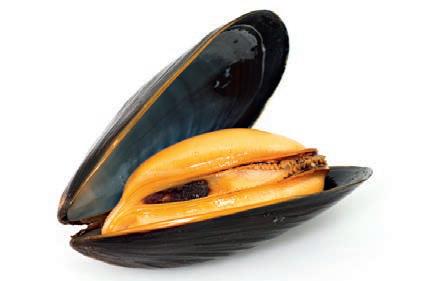
The eighth international Shellfish Conference, held in the Netherlands, covered some key topics for the industry, as Nicki Holmyard reports
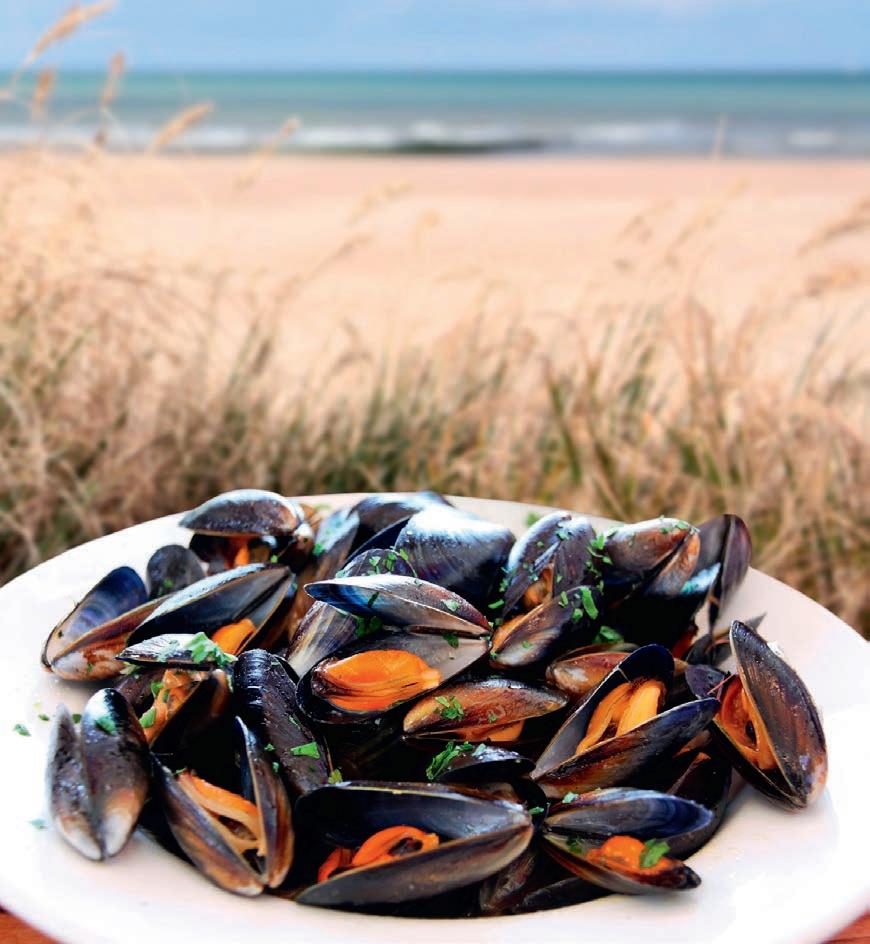
FUTURE-proofing shellfish culture in the Netherlands was the subject of the eighth international Shellfish Conference in January in Deltapark Neeltje Jans, a theme park and nature reserve on the Eastern Scheldt. Shellfish farmers from all over the world attended the conference, including delegations from England, the Shetland Isles, France, Portugal, Spain, Turkey and New Zealand.
Over two days, several hundred delegates took in 18 plenary sessions, which looked at opportunities for mussels and oysters in a sustainable and protein-rich diet. Speakers looked at: where shellfish could be produced in future, given lessons learned from
www.fishfarmermagazine.com



current practices; what new techniques and technology are available to a sector that has traditionally relied on fished mussel seed and on-bottom grow-out methods; seed supply; policy and regulation; issues such as unexplained mortalities; the way in which shellfish farming fits in with nature conservation; and oceanographic and ecological impacts.
Cécile Fouquet from the Aquaculture Advisory Council (AAC) spoke about the work her organisation undertakes to research, discuss, prepare and submit recommendations and suggestions to the EU Commission and member states. Issues relate to the management, socio-economic and conservation aspects of aquaculture. Recent recommendations include the need for aquaculture policy reform, promoting the involvement of young professionals in
His preparations took my taste buds into a new realm
aquaculture, encouraging good husbandry practices in shellfish farming, the risks of emerging bivalve mollusc pathogens in connection with climate change, using shellfish farming as a nitrogen sink and carbon sequestration by molluscs.
Tilly Sintnicolaas and Dana Nijstad from the Dutch Mosselbureau shared their insights on the fast food generation market for mussels and the work that has been undertaken over the past year or so to develop new products such as mussel bites, which were served at the conference reception. Produced by Superfood Zeeland as part of the company’s sea-based food products, the mussel bites also won the conference innovation prize. I can report that they tasted delicious.
It is universally acknowledged that shellfish are a source of sustainably farmed proteins and healthy fatty acids. As such, they can play an essential role in the transition to eating less or more responsibly produced meat. However, considerable work is needed to change the Dutch consumer mindset that associates shellfish with conviviality and summer atmospheres, and as a fresh product.


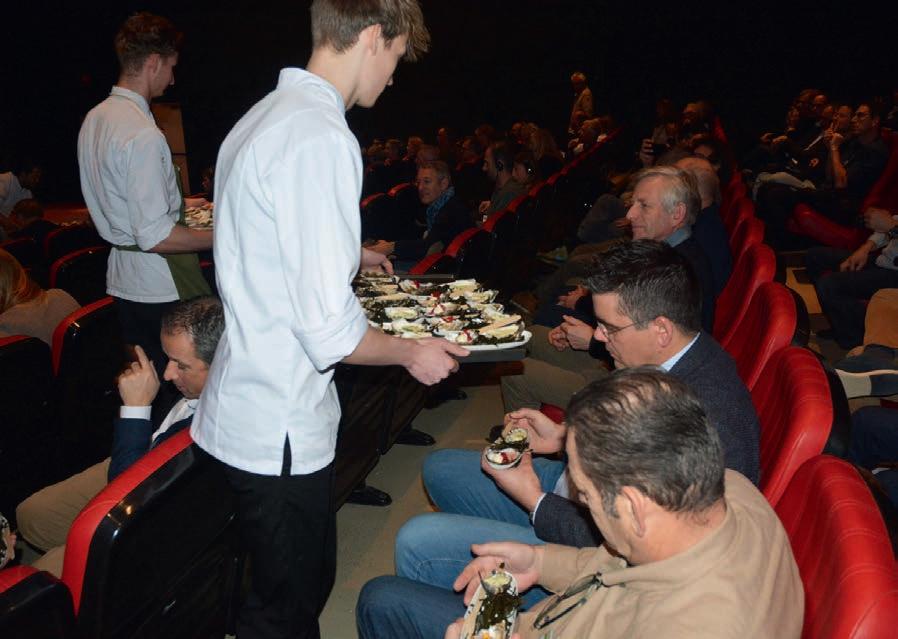


restaurant Codium in Goes. I love oysters but his preparations took my taste buds into a new realm!


Also available for delegates to taste were two oysters specially prepared by Wouter Kik, chef patron of Michelin-starred

Delegates heard that traditional Dutch mussel production has been declining for many years, mainly due to a lack of sufficient cultivation space, as more seed areas have been given over to nature. Trials are being conducted to collect both mussel and oyster spat in floating systems in the North Sea, and also to ongrow mussels at sea. However, it is still uncertain whether it is technically or economically feasible to scale up, despite evidence from other areas of the world where the concept has been proven.
Innovation is also underway in terms of new harvesting techniques and low-emission vessels.
Opposite: Mussels on the beach; Cécile Fouquet e ; i y intnico aas ri t ; oaded usse s wit ord ayor ose an ond and usse ar er os te etee
Above: odiu oysters
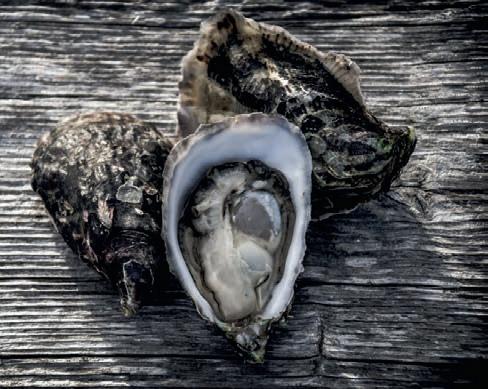

The
The
Variété : Crassostrea gigas oyster
Variété : Crassostrea gigas oyster
Tailles : G1.5 to G8
Tailles : G1.5 to G8
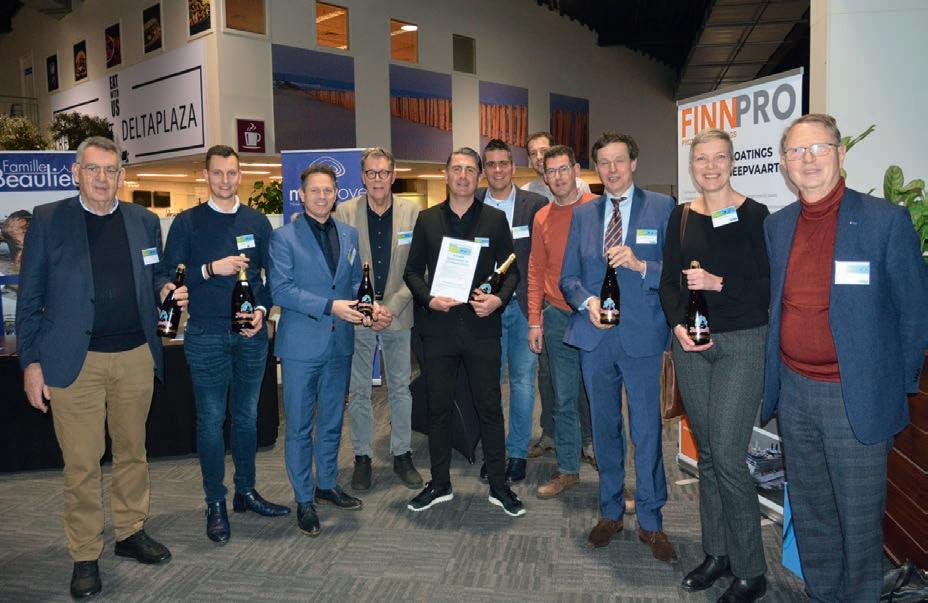

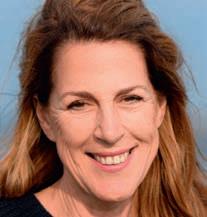
a ie teins
oderator i e de on e usse ar er o an de at oe an erse e and driaan orne isse oyster ar er ; stor sur e barrier e tapar ee t e ans; at t e trade s ow ic i e and o n o yard second ro ri t o s ore e s ; F ipFar
Many dilemmas remain to be resolved



Two presentations on mussel mortalities stressed that issues experienced on plots in the Oosterschelde and in cultivation areas in France have not been found to have one cause. Research shows that the shellfish appear to be weakened and suffering from inflammation, but there are genetic differences between families. The underlying factors are still being investigated.
It was encouraging to hear that various case studies demonstrate shellfish farming to have a positive effect on local biodiversity. As a result, this offers opportunities for farming in combination with nature management, such as in oyster restoration projects.
A new session for this year, which looked at shellfish farming as a profession, kicked off with Jos van Damme, a retired mussel farmer, talking about how the industry had changed during his 50-year involvement. His talk was followed by a round table discussion, chaired by Nathalie Steins from Wageningen Marine Research (WMR), with young professionals working in shellfish farming, processing and hatcheries.
This discussion uncovered the need for a forum for young people working across the shellfish sector to enable them to share experiences and practices, discuss issues, collaborate on solutions and highlight opportunities.
Caroline Verwijs, Director of Krijn Verwijs Yerseke and a member of the organisation committee, was delighted with the outcome of this new session. She had taken inspiration partly from the “members’ slot” at the annual Shellfish Association of Great Britain conference and partly from observing young people working for her own company. She hopes that it will encourage greater understanding of the shellfish industry – and encourage more young people to look at the varied career options available.
Do mussels have feelings?
A pitch session enabled several companies to outline their latest projects and products, including Murre Technologies on
the FlipFarm, which removes much of the backbreaking work for oyster farmers, and Paul Denekamp, who represents Molluscan Welfare on the AAC. Denekamp’s words were not entirely welcome, as he outlined his mission to have molluscs declared as sentient. However, there is currently very limited research available on this subject.
An accompanying busy trade fair was the biggest yet at the conference, with 32 companies taking stands to promote shellfish farming and processing equipment, hatchery oyster seed, shipbuilding, quality assurance, insurance, futuristic offshore technology, finance, education and training.
Space was also given over to researchers for poster presentations, included research into offshore mussel and seaweed cultivation in the North Sea, which sparked much discussion.
Martin Scholten, a former director of WMR, ended the conference by taking a look at the requirements for a future-proof shellfish industry and drew together the issues from the day. He explained that many dilemmas remain to be resolved, from regulation to scientific understanding.
In the past, the sector has had to respond to threats such as water quality and seed failures, but there are now more opportunities to be seized. This requires cooperation, vision and strategy – but history has shown that this is possible.
The conference was hailed as a triumph for the four main organisers – Jaap Holstein, Jasper van Houcke, Jacob Capelle and Aad Smaal – who hope to repeat the event in two years’ time.


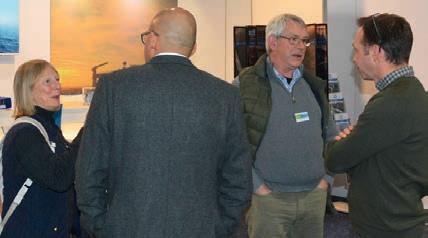
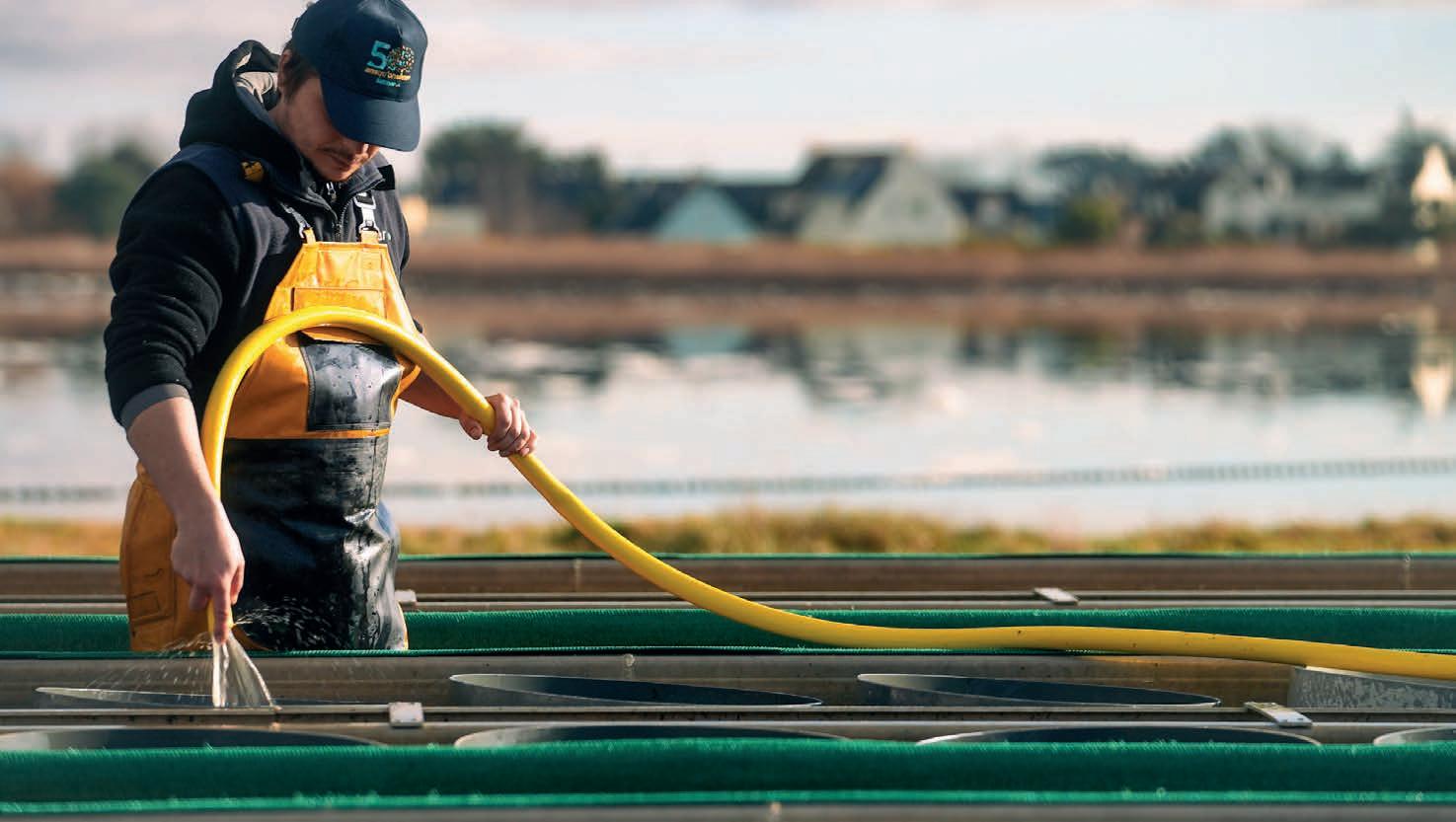









































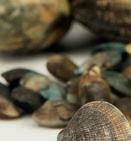





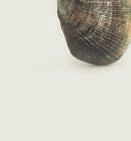











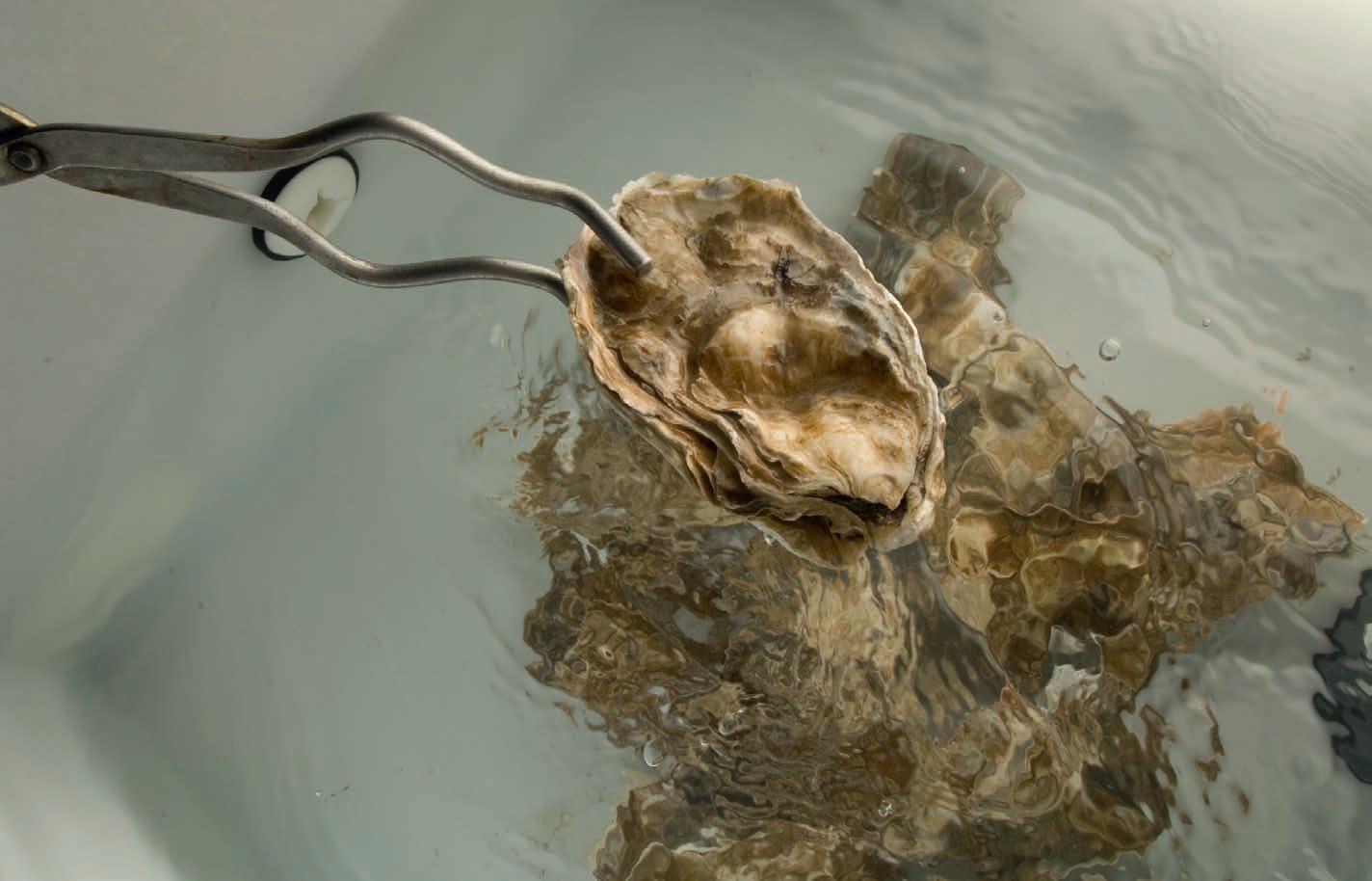



WATER quality is an important issue for the aquaculture sector and can be incredibly varied across UK coastlines due to contamination from sewerage. One sector that has been directly impacted by water quality is the shellfish industry, which has faced strict restrictions on what can be traded with the European Union (EU) due to reduced water quality.
The EU trade block has long been a key customer for the UK seafood shellfish market but since Brexit, the stipulations on bivalve shellfish exports to Europe have significantly increased, not helped by the poor water quality present in UK near-shore waters.
The majority of the shellfish farmed in the UK are filter feeding, meaning contaminants and harmful algae can be directly taken in by the shellfish.
UK water is classified into three groups by the Food Standards Agency, based on the level of E coli bacteria present in the shellfish. A-class water is the best quality, while C-class is the lowest.
Shellfish produced and harvested from A-class waters can be eaten without the need for any purification processes and can be traded with the EU.
However, shellfish produced in B-class waters, which are not of such high quality, need to be purified after harvest.
Prior to Brexit, these shellfish could still be traded with Europe, either before or after purification (also known as depuration). However, new rules mean any shellfish from B-class waters or
below cannot be traded without first being purified. This means some shellfish farmers have lost out on significant business or, in extreme cases, are unable to trade.
Different types of shellfish are affected differently by the purification process. Mussels, which make up a large percentage of the product exported to the EU, once purified have a significantly reduced shelf life, which makes it extremely difficult to trade treated mussels as a commodity, as was done before Brexit.

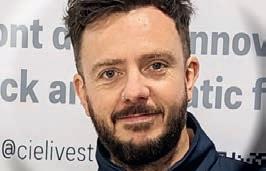
It is therefore clear that, if a farmer is targeting the export market, A-class waters are more important than ever.

For shellfish farmers working in B-class waters or below, currently the only way to comply with the regulations is to either relay the shellfish in A-class water for 48 hours or place them in tanks on shore, allowing the shellfish to expel any contaminants.
This, however, can be inefficient and could become an incredibly costly and complicated process.
Top: yster depura�on
Above: ar�n utc i e
Opposite: usse s
If a farmer is targeting the export market, A-class waters are more important than ever
To avoid confusion on this issue and to ensure shellfish producers can bring as much product to market as possible, having robust testing procedures in place and technology that allows farmers to better understand water quality is essential.
Innovations in testing and diagnostics of water quality could help shellfish farmers to produce and harvest shellfish more efficiently, allowing them to bring more shellfish to market.
Although classifications are made by the Food Standards Agency, it is up to shellfish farmers when the product is brought to market to provide evidence regarding the quality of water in which the shellfish have been produced.
Innovations are being made to get more rapid results for water testing.
Currently, it can take producers a few days to get an accurate result on the quality of their water, which makes it difficult for them to decide when to harvest.
Speeding up this testing process will allow producers to make real-time decisions on harvesting, allowing them to bring more shellfish to market.
Among the tests currently in development are mobile spectrometry machines and lateral flow testing, which can be made available on boats.
Some of these tests are still very much in the research and development stage and can be expensive to purchase. Others require farmers to go through significant training to use them accurately.
technologies to be made more accessible, because tests will give farmers and suppliers more confidence in what is being brought to market.
To attain effective solutions which will allow the shellfish industry to adapt to current market pressures, collaboration between stakeholders and academics across the industry will be critical.
At the Centre for Innovation Excellence in Livestock (CIEL), we’re trying to join the dots, getting scientists in touch with farmers who would benefit from technology and opening the dialogue between stakeholders on this issue.
It’s all about connecting the right people to deliver innovation. We’re supporting academics who are already developing testing solutions and identifying the right sites for trials and testing for such technology.
With the upcoming merger of the three agri-tech centres (CIEL, CHAP and Agri-EPI) to create an integrated capability this year, the new organisation will continue to build on CIEL’s work within the aquaculture sector, utilising the centres’ wider network to strengthen agri-tech in the sector.
We are also making the issue of water quality one of the key focuses of our ongoing aquaculture open innovation groups, a chance for stakeholders in the industry to discuss challenges facing the sectors.
The open innovation groups bring together people from across the shellfish, finfish and seaweed sectors.
Time and again we hear about water quality challenging the shellfish sector so it’s clear this is a top priority which needs to be solved for the survival of the UK shellfish industry.
However, I’m optimistic that with continued collaboration and innovation, CIEL can help shellfish producers rise to the challenges posed by near-shore water quality and will still be able to support a sustainable and profitable farmed shellfish market in the UK.
Martin Sutcliffe is the Aquaculture Specialist at CIEL, one of the agri-tech centres funded by the UK Government with the aim of fostering innovation in agriculture and, since 2022, aquaculture.

A report from Norway finds the aquaculture sector is still reporting a high level of industrial injuries.
AGROWING number of Norwegian aquaculture staff are worried that their work is damaging their health.
It is not so much a fear of being killed or serious injury – although that danger exists – but more to do with the impact of strain injuries resulting from heavy lifting and repetitive tasks.
These worries have been highlighted in a comprehensive Health and Safety Executive (HSE) survey of almost 1,300 staff.
The Norwegian HSE believes the workers have reason to be concerned, pointing out that the risk of injury is statistically high among the 7,000 people who work on the fish farming frontline.
Some 62% of those surveyed said they were worried that the working environment around farms could affect their health, with around half citing accidents as the chief cause.
The majority consider strain injuries to be the biggest hazard. It is already known that the main risk factors are from monotonous heavy lifting, especially when the upper body is bent or twisted.
Senior SINTEF researcher Trine Thorvaldsen, who led the survey, says that technology in the industry is developing at a rapid pace so it is important to keep a close eye on safety issues.
She adds: “The everyday life of the employees is changing with new vessels, new cage constructions and in the not-too-distant future, facilities far out to sea.”
The employees’ working environment is rarely the driver for changes and innovations, despite the fact that technology can be a key to reducing risk, Thorvaldsen points out.
The safety researcher finds that both employees in the industry and representatives of the trade unions are advocating that such investigations must be carried out more regularly.
“Preventing work-related absence and dropouts in the industry is in everyone’s interest. We believe that updated reports are valuable for the continuous HSE work carried out by farming companies, shipping companies, suppliers and authorities,” she says.
Through the survey, researchers can map what has happened since the previous survey in 2016. It has also been a goal to gain insight into the interaction between independent shipping
Above: orwe ian s farm worker
Below: rine or a dsen e ; rond on s i

companies and farming companies, she explains.
Many of the participants in the survey are employed in companies that are external service providers to the fish farming companies.
The survey reveals that a full 66% of these believe that insufficient cooperation with the actual companies is a threat to safety.
An equally large proportion believe that the farming companies’ demands for efficiency mean that they sometimes have to break safety procedures.
Trond Kongsvik, professor at the Department of Industrial Economics and Technology Management at the Norwegian University of Science and Technology, who also worked on the HSE survey, says: “These are recognisable themes from industries such as construction and the petroleum industry.

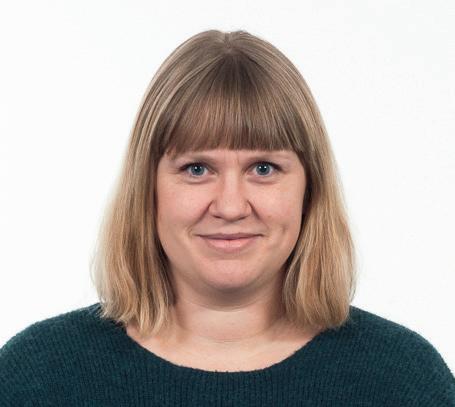




“There we know that so-called subcontractors often work under different framework conditions and are more prone to accidents than the employees in the core business.”
Safety is closely linked to framework conditions, organisation and management

For all the respondents taken together, the HSE says it is worth noting that half have been away from work due to illness or injury in the past year, with 17% answering that the illness or injury that kept them away was work-related. Some, in fact, were absent for six weeks or more.
The report is part of a larger project, which also deals with the analysis of accident statistics, which shows that the occupational injury and death rate in the aquaculture industry is high compared to other industries.
The Norwegian Occupational Safety and Health Administration has registered more than 34 personal accidents a year in the period between 2011 and 2022.
Falling, bumping, being hit by an object and being pinched or trapped are the most frequent accident incidents.
Yet despite the dangers and concerns over safety, a large majority of those surveyed said they were largely happy at work.
The report says: “This can perhaps be explained by the fact that it is the working conditions in everyday life that determine whether people thrive on a general basis – and we see that a great many do.
“They point to good colleagues and an interest in aquaculture as the most important reasons for their wellbeing.
“But then there can be challenges linked to the major operations, such as de-lousing. Then work pressure and risky situations often arise, and this in turn affects the answers about whether production goes beyond safety.”
Thorvaldsen says: “The answers in the survey also show that safety is closely linked to framework conditions, organisation and management.”
For example, 29% believe that attention to production comes before safety and 30% find it “unpleasant” to point out breaches of safety rules.
Some 22% claim that they are occasionally pressured to work in a way that threatens safety and 16% experience peer pressure that goes beyond safety assessments.
“These results highlight areas that the players in the industry should pay particular attention to. Some may be familiar with some of the findings presented in this report and less so with other findings. We therefore encourage everyone to use the report actively in their internal HSE work to assess their own working environment,” says Thorvaldsen.
IN THE UK, regulation of health and safety in aquaculture involves either the Health and Safety Executive (HSE) or the Maritime and Coastguard Agency (MCA). Both regulators say they are concerned about the number of deaths and injuries. HSE continues to investigate fatalities in the industry, as does the Marine Accident Investigation Branch.
Regulatory responsibility for activities at fish cages and associated moored structures as well as cages on land falls to HSE, while the MCA deals with activities on board vessels at sea, which come under maritime law.
Both organisations sometimes need to work together and the Scottish Aquaculture Industry Forum (SAIF) was set up to support close working relations between the enforcement bodies and with the industry itself. As well as HSE and MCA, SAIF membership includes the Northern Lighthouse Board, Crown Estate, Royal National Lifeboat Institution, Scottish Sea Farms and Bakkafrost Scotland.
One of the main functions of the SAIF is to promote good practice to achieve compliance with health and safety requirements by the industry, whether they operate at sea or from at fixed structures.






www.fishfarmermagazine.com
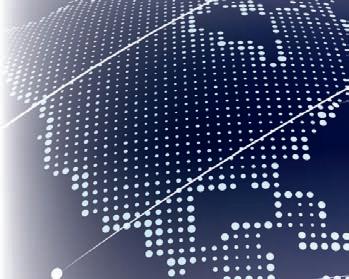

















WAR, international unrest and inflation are creating major challenges for seafood exporters, the Norwegian Seafood Council is warning in its latest update on trade.
Salmon and related fish companies are operating in an extremely complex global environment, which is why the council has strengthened its market access team.






The Ukraine conflict and now the Middle East are two obvious examples of how war is affecting the globe. The knock-on effects after the pandemic have also led to more protectionism, stricter import regimes, new trade blocs and changes in the flow of goods.
The seafood route to Asia became longer because of Ukraine (European airlines no longer fly over Russia to reach Japan and China), and more countries now want to protect their own seafood industries. The rules are tightening even with friendly countries, says Børge Lotre, Acting Director of Market

”
Rules that applied yesterday do not necessarily apply today




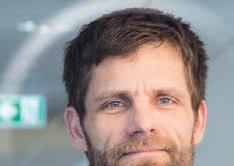
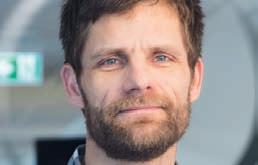
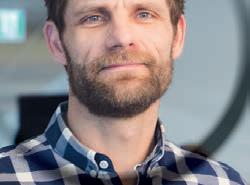
Insight and Market Access at the Seafood Council. Bureaucracy is also increasingly becoming an issue for international trade. New restrictions and requirements are constantly being introduced that make the export of seafood more challenging and existing trading blocs are building higher walls. Market access has also become less predictable. “There are frequent changes in the laws and regulations for imports to a number of countries. Rules that applied yesterday do not necessarily apply today. That’s why we have to keep up and update ourselves all the time,” says Lotre.

Together, the changes add up to create an increasingly narrow needle’s eye for seafood exports and a good deal of extra work for all agencies working with market access.
Market access is about the ability to sell seafood to other countries, says the Seafood Council.
It concerns, for example, customs regulations, free trade agreements, approvals, shelf-life dates, health certificates, catch certificates and not least red tape, bureaucracy and different interpretations of rules at different times and in diferent jurisdictions.
Cases relating to export problems are in the queue. These days even trade with friendly nations such as Britain, South Korea, Vietnam, Saudi Arabia and Brazil takes up a lot of time.
The council says that in Great Britain, to give one example, new import regulations will soon be implemented.
In South Korea there are additional requirements as part of the regulations on packaging, while in Vietnam there are continuous changes being made to the “listing” rules, which involve approval of countries, seafood species, exporters, packers and fishing vessels.
Øystein Valanes, who is responsible for market access at the Seafood Council, says that in Brazil there are different practices for interpreting rules for the permitted water content in cuttlefish imports. In Saudi Arabia a completely new set of regulations has been introduced for the approval of new fish farming companies.
The Seafood Council is only one of several actors working to improve market access. It’s also an important task for NFD (the Ministry of Industry and Fisheries), UD (the Ministry of Foreign Affairs), Norwegian embassies, Customs, the Norwegian Food Safety Authority and several seafood organisations.
Global political unrest leads to the formation of new trade blocs and alliances, and the building of higher walls with existing trade blocs. The Southeast Asian trade bloc ASEAN, for example, is building up its membership to stand stronger against China, which in turn is reaching out to Russia.
International tension also makes work on free trade agreements increasingly important. As of today, Norway has ongoing free trade negotiations with, among others, Thailand, India, Malaysia and Vietnam. Such negotiations usually take several years.
Both the EU and Great Britain have recently signed free trade agreements with





Norway, which means a gradual reduction to zero duties on seafood.
In the long run, however, duties levied could make Norwegian seafood less competitive. For example, Norwegian mackerel fillets now incur a 10% duty when exported to Japan, while whole mackerel are liable for 7%, says Valanes.
Before Christmas, Norway’s Prime Minister Jonas Gahr Støre and his Japanese counterpart Fumio Kishida entered into a strategic partnership, which will contribute to increased cooperation between the two countries in a number of areas, including trade and maritime policy.
China is another important market for Norwegian seafood, especially salmon, but new requirements for listing, and lack of approval of some seafood species and producers, make market access complicated.
Every five years, the Chinese government requires reapproval of manufacturers and



a new application must be submitted by all companies, even if they have already been granted approval.
The system on the Chinese government’s website used for applications has a number of weaknesses. It can sometimes make it problematic to get the applications through and not least approved, says the Seafood Council’s project worker for market access, Marte Sofie Danielsen.
The Norwegian Food Safety Authority is now in negotiations with the Chinese authorities to bring together products from all wild species in one agreement, but this is a complicated and lengthy process, the outcome of which is difficult to predict, says Danielsen.
Stricter import regimes have led to increased use of resources by all bodies working with market access, including the Seafood Council.
“That is why we have had to expand the team that works with tasks related to trade across borders,” says Lotre.
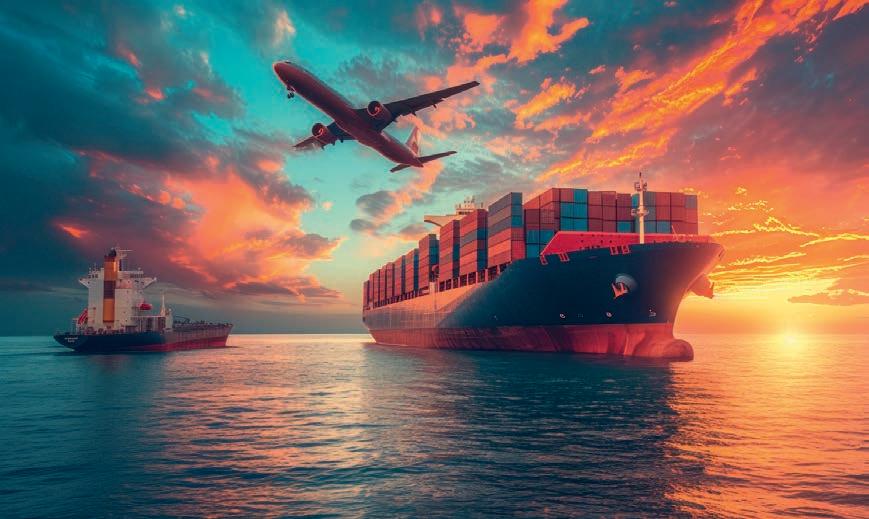

A RAS farm in Germany has been leading the way in raising pike-perch for the table at a commercial scale. Robert Outram reports
MARK Saalmann has some advice for any aquaculturist looking to start farming a new species.
As he explains: “Every fish is different. You can’t build a trout farm for a pike-perch.”
Saalmann is Farm Manager with Kaiserzander, Germany’s largest pike-perch producer and one of the pioneers in the industry.
Pike-perch (Sander lucioperca), also known as zander, is native to much of Europe. It favours large, turbid rivers, lakes and estuaries. In sport fishing, it is popular with anglers and makes good eating, but the pike-perch’s cannibalistic tendencies make it hard to farm in traditional pond aquaculture at a large scale, so up until now it has been a rare treat.
From around 2000, various institutes

started exploring the possibilities of raising pike-perch in recirculating aquaculture systems (RAS) and in 2013, two businessmen, Stefan Glammeier and René John, became interested in its commercial possibilities.
After a couple of years, however, it became clear that there was no useful RAS setup developed and available to buy for these kinds of species.
As Saalmann puts it: “In Germany there were only a few farms on the market and they were not really working.”
Saalmann had not farmed pike-perch before but he had experience in freshwater fish farming, including trout and sturgeon in RAS and then perch, before moving to a company building RAS.
Glammeier and John hired a team of aquaculture specialists and purchased a pilot facility that had been set up to farm pike-perch. It soon became clear, however, that the setup was not fit for purpose.
As Saalmann explains: “Pike-perch needs completely stable water quality; it has very high needs in terms of water quality. So we rebuilt the farm completely, with a new, state-of-the-art RAS system specifically for pike-perch.”
There were a number of factors to address, such as water quality, light,


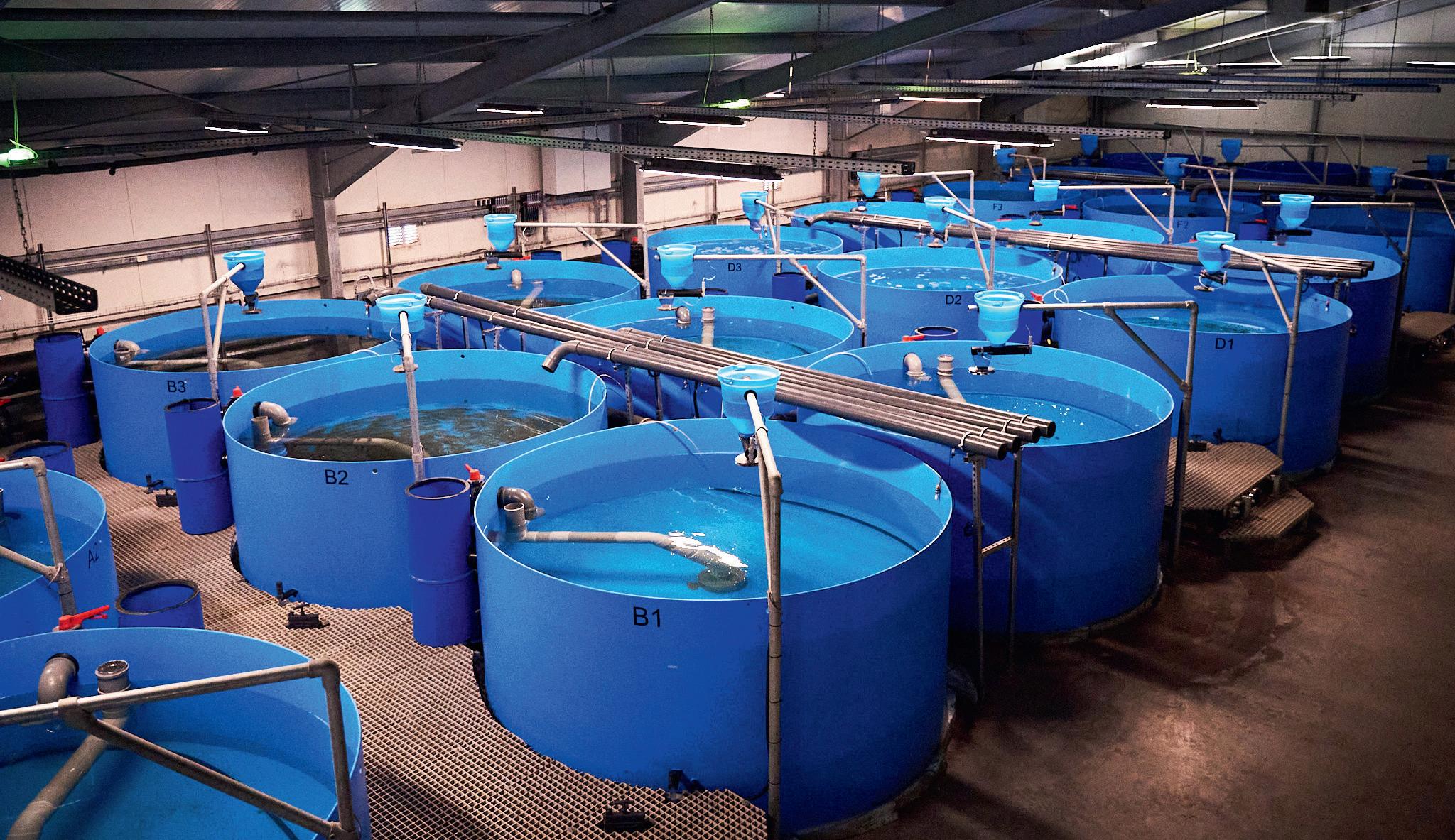


fish density, feed, type of filtration and optimum size for the farm.
The design was their own but to build it, Kaiserzander brought some external specialists for hydraulic and dimension of filter components.
It soon became clear that another key challenge would be sourcing sufficient fingerlings. Kaiserzander needed juveniles that were adapted to dry feed and be relaxed in an RAS. They also needed to be “clean” fish that were free of parasites and other pathogens.
Existing pike-perch hatcheries were small suppliers and they could not guarantee either the quantity or the quality required to produce four batches of 35,000 juveniles every year.
Saalmann says: “This was our main bottleneck for our business in that time.”
In the end, Kaiserzander bought fingerlings from four different suppliers as the basis for its own broodstock and raised them in its own hatchery facility at Niederlangen, built in 2020.
The grow-out facility at Porta Westfalica now has capacity for producing 100 tonnes annually and it could be scaled up to 250 tonnes.




emperor or kaiser of Germany. It has also been noted that the distinctive dorsal fin of the pike-perch looks like a crown.
To achieve year-round production there are four “climate rooms” encouraging the fish to spawn in every season, not just May and June, their natural mating period.
The fact that the fish are raised in a closed system reduces the risk of disease.
The RAS setup is designed to be energy-efficient, not using






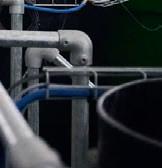
”
The location is also part of the inspiration for the company’s name. Porta Westfalica is the site of a massive monument commemorating Wilhelm I, the first
It’s local, it’s produced in Germany and it’s sustainable


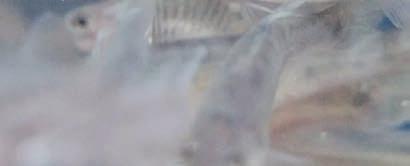

 This page from top: Pikeperch; Kaiserzander hatchery; Kaiserzander tanks; Kaiserzander youn s Opposite: Mark Saalmann
This page from top: Pikeperch; Kaiserzander hatchery; Kaiserzander tanks; Kaiserzander youn s Opposite: Mark Saalmann

power it does not need. Heating is provided by biogas, electricity from solar and wind energy – with a wind turbine on-site – and there is a battery to retain the energy from solar panels to keep the system running during the night.
Saalmann stresses: “Our investors were particularly interested in pike-perch farming as a sustainable business.”
Addressing the cannibalism issue was clearly crucial. Saalmann explains: “You have to train them – they start as larvae eating live feed and then move on to the dry feed. They always need to be full of food, so never get them hungry.”
Initially there was no feed on the market specifically for pikeperch. The first useful feed was for turbot. Later, the formulation was changed a bit more for the needs of pike-perch.
Saalmann says: “We realise the minimum feed quantities to produce a pike-perch feed.”
Another factor is that the market is growing, with more


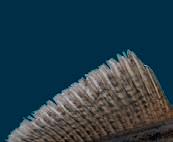







ZANDER or pike-perch are not native to the UK and it is technically illegal to release them in British waters. They were introduced in England in Victorian times, however, and have since spread as an invasive species, even being recorded as far as Scotland. They are voracious predators and can be a problem for native fish stocks – especially in murky rivers and lakes, where their keen eyesight gives them an advantage. British anglers who hook a pike-perch are recommended to take it home and eat it.
producers setting up in countries including France, Austria, Switzerland, Hungary, the Czech Republic and Poland. At present a large proportion of Kaiserzander’s juveniles are sold to other farmers, as well as a small number to stock sports fisheries, since the hatchery can currently produce more fingerlings than the grow-out facility requires.
Saalmann isn’t worried about the competition; in fact, he says, the arrival of more producers is a good thing. It is bringing more feed suppliers into the pike-perch market, making feed cheaper and creating more interest in the consumer marketplace for fresh and sustainable pike-perch.
This is Kaiserzander’s second year
”
This is Kaiserzander’s second year of commercial production in the market. Previously there was some overproduction, but this was mainly a marketing issue, Saalmann says, adding: “I think we can sell all our fish this year and we can double our production fairly quickly.”
Pike-perch needs completely stable water quality

There is space in the system to add more tanks and it has been designed to accommodate that.

Kaiserzander will hopefully pass the breakeven point and become profitable over the next few years.
Saalmann says: “If you have a very cheap fish, you can sell it immediately. If you have a sustainable, highpriced, good product, you need to do more marketing and people need to understand the story of your company. But if you have a good argument, you can sell it.
“It’s local, it’s produced in Germany and it’s sustainable.”
THE UN Food and Agricultural Organization (FAO) has published an information sheet on pike-perch cultivation.
The FAO notes that the beginnings of pikeperch (Sander lucioperca) culture date to the nineteenth century and are linked to carp (Cyprinus carpio) culture in earthen ponds in Central and Eastern Europe. Pike-perch was produced in insignificant quantities as a socalled “additional” fish.
In the early twentieth century, production began of pike-perch stocking material (summer and autumn fry) in earthen ponds (natural spawning) for stocking open waters. It was produced in monoculture (summer fry) or in polyculture with carp (autumn fry). Pond pike-perch culture also began to develop in Western Europe (e.g. France) in the second half of the twentieth century. This type of pike-perch production has been and remains extensive in character, and this species has been and currently is viewed only as a supplementary fish.
At the beginning of the twenty-first century, the first aquaculture facilities producing pike-perch in recirculation aquaculture systems (RAS) were established in Western Europe and, by the close of the first decade, there were less than 10 of these facilities.
Methods for intensive pike-perch culture

Above: Pike-perch or walleye
are in the initial stages of development but this species is considered to offer good prospects for European aquaculture.
Up until the recent rise of modern RAS producers (such as Kaiserzander), the main producing countries were the Czech Republic, Denmark, Hungary, Romania, Tunisia and Ukraine. Pike-perch are also grown in the Netherlands and Poland.
In 2009, annual aquaculture production of pike-perch exceeded 100 tonnes in only three countries – Denmark, Tunisia and Ukraine.
Total pike-perch production in aquaculture (653 tonnes) in 2009 was less than 5% of the level caught in open waters (14,739 tonnes).
The FAO notes that several methods are used for reproduction:
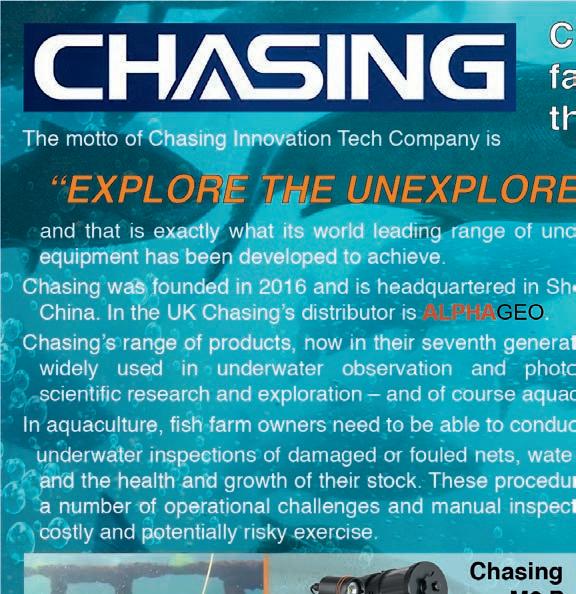
• Uncontrolled natural reproduction – the fish are simply left to spawn in the ponds.
• Controlled natural reproduction – the fish are kept in small ponds specifically for spawning.
• Reproduction in lake cages – typically used in Finland.
• Artificial reproduction – fertilisation of eggs in a hatchery.
• Out-of-season reproduction – requiring control of light and temperature in an RAS system, as with Kaiserzander’s hatchery. Ongrowing in RAS systems is still a developing sector for this species. The FAO notes that fish of more than 1kg can be obtained after about 15 to 18 months of ongrowing in RAS.
RAS grow-out feeds are high in protein (42% to 50%) and low in lipid (8% to 14%). The thermal optimum for pike-perch growth is about 27°C to 28°C, the FAO says, but fast growth rates are already noted at 23°C. Slaughter yields, by weight, at various stages of processing are as follows: gutted fish (84% to 88%); headed gutted carcass (63% to 66%); fillet with skin (54% to 57%); and fillet without skin (48% to 51%).
Source: Cultured Aquatic Species Information Programme, Fisheries and Aquaculture Division, FAO


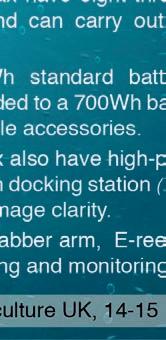

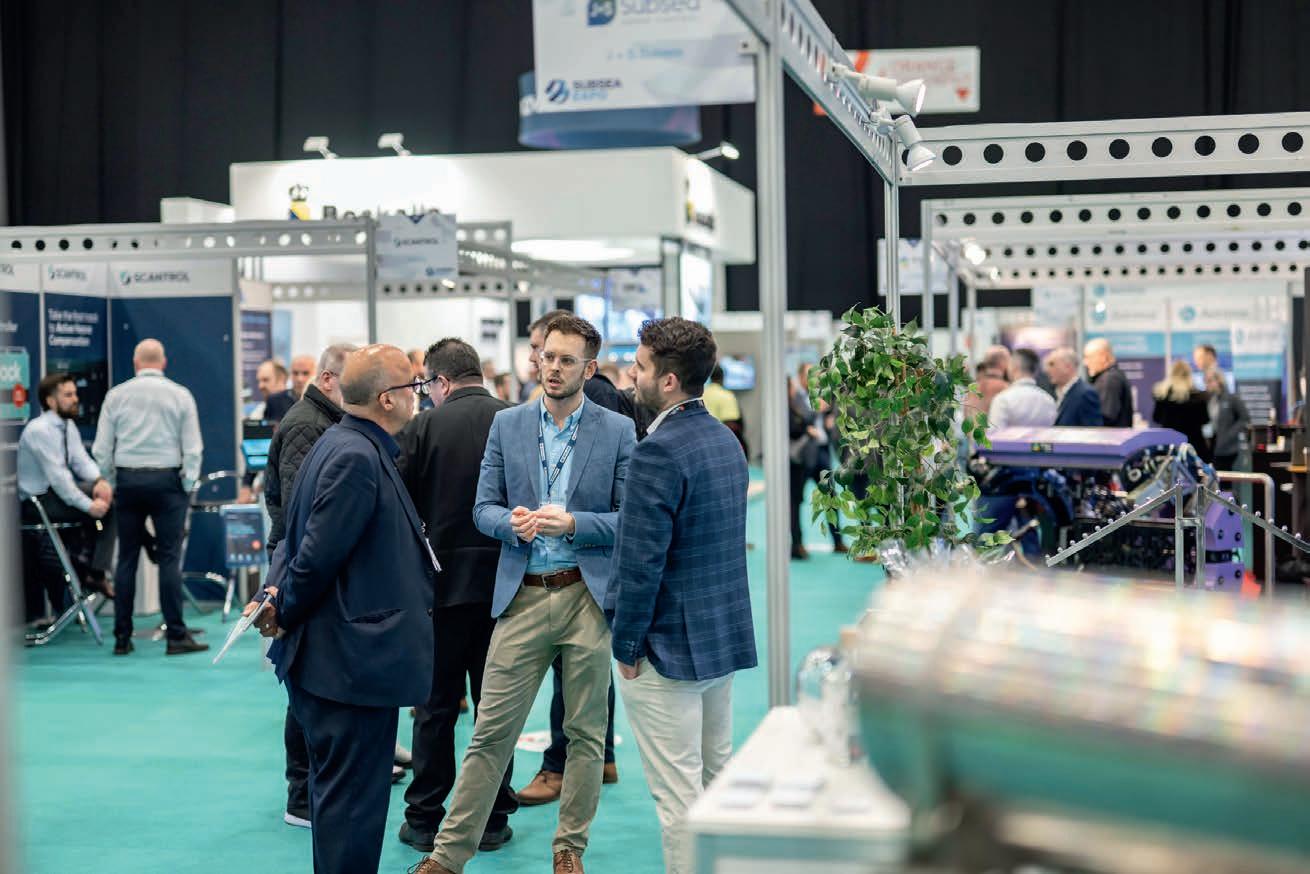
The subsea sector, having honed its skills in offshore energy, is looking to diversify into other fields including aquaculture, Robert Outram reports
THE main arena at Aberdeen’s P&J Live centre is a cavernous space that has been the venue in recent years for acts such as Rod Stewart, Elton John and Lewis Capaldi. In February this year, however, it was given over to Subsea Expo 2024, an international trade show for businesses involved in working in the challenging underwater environment.
Global Underwater Hub, the trade and industry body set up to promote the UK’s underwater sectors, estimates that the industry is worth £8bn in revenue terms, with around 1,000 companies operating in this space.
The Subsea Expo event, returning to pre-Covid numbers, saw around 160 companies exhibiting and about 4,000 preregistered attendees on the list, with around 6,000 visitors in total expected to attend over its three days.
There is no doubt that the industry to drive investment and the growth of UK expertise in this sector is offshore oil and gas. That was apparent at Subsea Expo, where undersea pipelines, trenching equipment and survey vessels were all on display, in real form or as models.
It is also widely accepted, however, that important as it is, for the UK’s oil and gas industry the days are numbered. The word on everyone’s lips was “transition” – both in terms of everyone’s www.fishfarmermagazine.com

transition from fossil fuels to renewable, clean energy and also in terms of diversification on the part of sectors serving the oil and gas industry to find other potential applications in the underwater space.
While the most obvious candidate for this is offshore renewable energy, subsea
 Above: Subsea Expo 2024
Left: Neil Gordon, CEO, Global Underwater Hub
Above: Subsea Expo 2024
Left: Neil Gordon, CEO, Global Underwater Hub
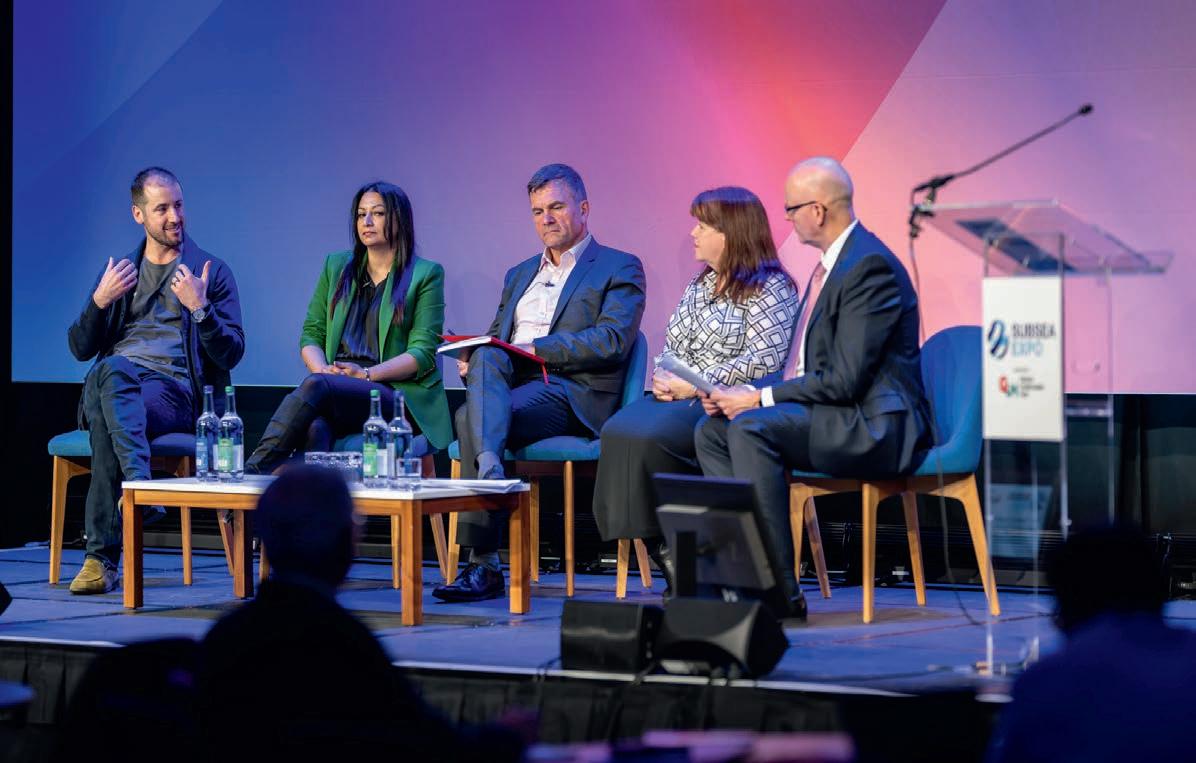



specialists are also finding applications for their technology in sectors as diverse as defence, telecommunications, environmental management and scientific research – and aquaculture.
In fact, as aquaculture ventures further offshore, into ever more challenging environments, with highly engineered pens and equipment, its needs – such as reliable moorings or the ability to manage a site remotely – are converging with those of the energy sector.
Neil Gordon, CEO of Global Underwater Hub, sees the transition in offshore energy as “uncharted territory”.
He told Fish Farmer: “Historically, there was an oil and gas focus because that is where the subsea sector worked, but a lot of the companies are working across multiple sectors. Companies that work in subsea or underwater don’t consider themselves to be working in one sector because they may, for example, operate ROVs [remotely operated vehicles] in defence, offshore wind, aquaculture as well as oil and gas. They are very much working horizontally



across different sectors and while many other sectors are siloed and vertical, the underwater sector is horizontal.
“Some of those technologies being used in one sector are very transferable.”
He added: “As a country, we need to be looking at the next generation of technologies. In the UK, in Scotland, we do have world-beating capability. We can apply that in new environments and retain that position as those major sectors transition and move forward.”
Gordon warned, however, that while the subsea sector is thriving now – in fact, finding skilled staff for projects underway is one of the biggest challenges – there is some concern about the future.
The UK and other governments have set ambitious targets for the growth of clean energy to be achieved by 2030 or 2050, for example, but in the short-term investment in clean energy seems to be stuttering.
Gordon said: “The concern that I have is what’s just over the horizon? How does policy affect it? Where are the next generation of big projects going to come from? What technologies are they going to use?
“It’s easy to say we have big targets but what are the stepping stones to get there from where we are today? Because it won’t happen overnight and if we don’t do anything now, initially, those targets are not going to be achieved.
”Some of those technologies being used in one sector are very transferable
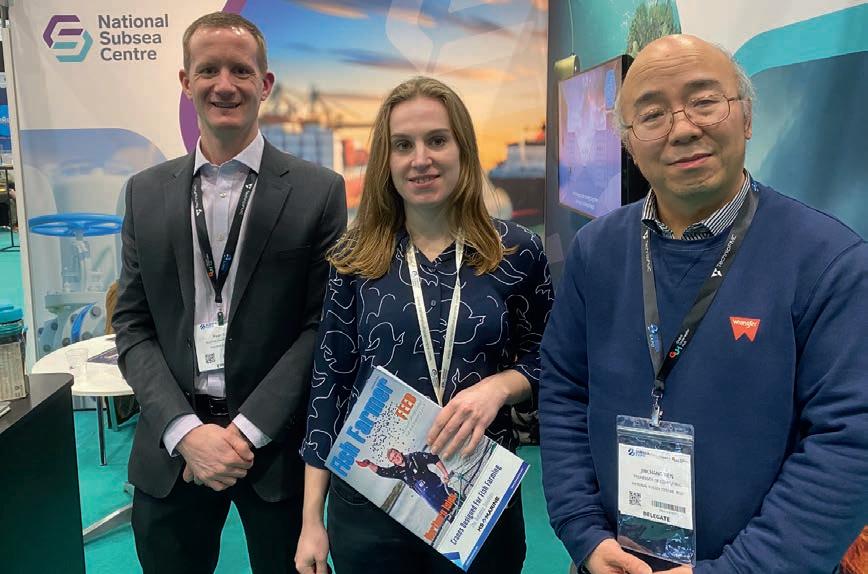
“That’s the gap between where we are and where we need to be.”
He added: “As a country, we need to be looking at the next generation of technologies. In the UK, in Scotland we have a world-beating capability in technology. We can apply that in new environments and retain that position, as those major sectors transition and move forward.”
Aquaculture is part of this, Gordon argued: “We’ve seen salmon farming, shellfish and mariculture growing over the years.
“Salmon farming is interesting; we’ve seen it grow and become more complex. There’s a lot of technology in remote power, sensing and monitoring, which has been used in other industries. There’s a real synergy.
“Offshore oil and gas installations were originally fixed directly to the seabed but as they went further offshore into deeper waters, they used mooring systems to keep them in one place.
“Similarly, as offshore fish farms move into deeper, more challenging waters, they will need more robust mooring systems.
“As the scale increases, the bigger prizes are in the open ocean where the weather and sea state are much tougher. Those technologies – mooring or monitoring systems, for example – are very transferable.
“Rather than reinventing the wheel, we should be able to adapt it.”
Vicky Dawe, Director of Energy Development at the Department for Energy Security and Net Zero, gave the keynote address, noting that both the UK and Scottish governments recognise the importance of the subsea sector.
Government is serious about the energy transition, she stressed, with a commitment to turn the North Sea into the “green power plant of Europe”. The UK Government has committed to achieving 50 gigawatts of offshore wind by 2030 and aims for a big increase in green hydrogen production.
Dawe acknowledged, however, that “a poorly managed transition would risk jobs”.
Her address was followed by a panel discussion featuring Jenny Shaw, CEO of the SMI Group; Beena Sharma, CEO of CCU International; Sean Wolpert, President, DEEP; and Ian Douglas CEO, XLCC. Global Underwater Hub’s Neil Gordon chaired the discussion.
Douglas’ company XLCC plans to manufacture cables at Hunterston, in the west of Scotland, creating 950 jobs driven by the move to offshore wind energy. As he put it: “There is no transition without transmission.”
CCU International is developing next-generation carbon capture technology.
DEEP, as Wolpert explained, is an ocean exploration and technology business that is developing a habitat for humans living and working, for up to a month, at depths of up to 200 metres.
Shaw’s SMI Group produces pressure moulded cable systems for hostile environments, for applications from defence through to oil and gas to renewable energy.
All the businesses represented are invested in the subsea sector and the opportunities presented by the “energy transition”, but it




was also clear that there is concern that the enthusiastic rhetoric from politicians on the transition needs to be matched by action.
Douglas said: “We are only going to get to net zero by doing big, bold things.”
Using the North Sea as a generator for green energy will, for example, require the laying of many hundreds of kilometres of cable and the manufacture of cable-laying vessels bigger than any so far constructed, he added.
Wolpert stressed that “…ease of doing business, ease of innovation” will be crucial to ensure the UK is a major player in this field.
Shaw said that growing manufacturing capability does not have to involve only new businesses – there is already a manufacturing base in the UK and growth could well come from allowing smaller manufacturers to grow.
The expertise and capability already in this field should benefit not only the new renewable energy sector but also other industries operating in the blue economy –including aquaculture.
A packed programme
Subsea Expo 2024 also featured a full programme of conference sessions on topics ranging from market demand in the energy transition and surveying the seabed to defence and security.
The third day also featured the “ForeSEA Your Future” event, which was aimed at informing senior school pupils and students in further and higher education about career opportunities in the subsea sector.
At the show, Fish Farmer caught up with the team from Saab SeaEye, who were exhibiting their eWROV, a subsea remotely operated vehicle capable of carrying out
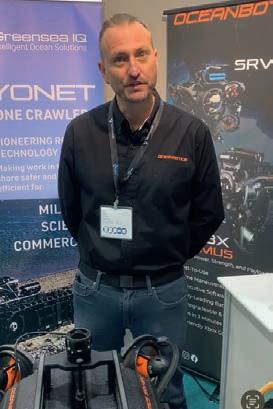

”
We are only going to get to net zero by doing big, bold things
a range of tasks. Saab SeaEye says the eWROV, which is all-electric, is reliable, versatile and environmentally friendly.
The iCON technology “ecosystem” used by the eWROV family of vehicles is made up of configurable hardware and software modules, providing real-time system control and feedback.
These vehicles also feature an advanced perception system, reliable, high-power electric propulsion and a state-of-the-art power transmission system, with multifunction robotic manipulators.
Also in the ROV space is Oceanbotics, a Californian business represented at the Subsea Expo alongside its UK associate Wight Ocean.
Oceanbotics was presenting its SRV-8X ROV, a small, light and highly manoeuvrable vehicle, which can also be handled by one person.
As Waylon Price, Sales Manager, explained, it is being used for everything from treasure hunting to mine clearance. This model is also being deployed by a Norwegian salmon farmer for tasks such as net inspection and repair.
Price said: “We’re excited to attend the show this year with our partner, Wight Ocean. We’ve had some great interactions with numerous customers from different markets.”
RS Aqua, an ocean technology business well-known in the aquaculture sector, was at the Subsea Expo for the first time. RS Aqua Ocean Scientist Nathan Hunt said: “It’s been really busy – we haven’t stopped talking! We have had some good conversations with a wide range of people and it’s been really interesting.”

Fish Farmer also caught up with the team from the National Subsea Centre, the multi-million-pound Centre of Excellence for subsea research and technology development, delivered through a partnership between Robert Gordon University in Aberdeen and the Net Zero Technology Centre, through the Aberdeen City Region Deal.
As Ryan Gordon, Business Development Manager, explained, the NSC has a number of research initiatives such as the Transparent Ocean programme, which aims to develop a leading-edge capability
to detect, monitor and understand subsea and marine activities, using state-of-the-art platforms. The programme includes the use of artificial intelligence (AI) to enhance and interpret images taken under challenging underwater conditions.
Professor Jinchang Ren, the lead for Transparent Ocean, explained that better use of AI would enable us to “see as the shark sees”.
The NSC is also looking at “ocean colour remote sensing”, which will enable scientists to assess the condition of a body of water – for example, observing the presence of plastics and pollution – using satellite imagery.
Research fellow Ellie MacLeod is working on an initiative known as D4NZ (Data for Net Zero), which will help to assess the impact of energy infrastructure on the environment and on fisheries, which she said could also potentially play a part in the consenting process for offshore fish farms in future.
Other projects underway include the Integrated Energy programme, which explores the integration of traditional and alternative energy sources; and the Asset Digital Twin Lab, in partnership with consultancy SeaFlo, to enable “predictive maintenance” (in contrast to “reactive maintenance”) for the energy sector.
For the latter in particular, it is easy to see that the lessons learned could be applied to, for example, maintenance programmes for fish farming installations.
And that may be the key lesson from the Subsea Expo – energy operators, salmon farmers and many other sectors may be able to benefit from the same pool of technology and expertise.
ABERDEENSHIRE firm J+S Subsea was one of the big winners at the Subsea Expo Awards, picking up two accolades.
The Kintore-based firm collected the Company of the Year Award –under 50 employees, sponsored by Ocean Installer. A second award came in the Rising Star category where J+S Subsea’s environmental and sustainability adviser Kairvee Tyagi won the award in a strong field of nominees.
Hartlepool-based subsea technologies and services provider JDR Cable Systems won the Global Exports Award, sponsored by Kraken Robotics. The company employs a global workforce of around 550 people and operates in a number of international markets including Asia, Brazil and the Middle East.
TechnipFMC UK won the Safety Innovation Award, sponsored by J+S Subsea, for two new health and safety initiatives introduced in 2023 – Duty of Care and Safe Choice.
Collecting the Technology Development Award for their new i-COT ROV system were joint entrants Sonomatic and Geo Oceans. The award, sponsored by C-Kore Systems, recognises excellence in developing a new technology and bringing it to market.
The top business award of the night went to electrical monitoring and asset integrity solutions provider Viper Innovations, which lifted the Company of the Year Award – over 50 employees
This year’s Outstanding Contribution Award was presented to Neil Kermode OBE, Managing Director of the European Marine Energy Centre in Orkney.
Former Global Underwater Hub Operations Director Trish Banks was the recipient of a special award in recognition for her near two
decades’ work championing the UK’s subsea industry.Before retiring last autumn, she spent 19 years working for Global Underwater Hub and its predecessor, Subsea UK.
Around 500 guests attended the black-tie event at the P&J Live exhibition centre.
Neil Gordon, Chief Executive of Global Underwater Hub, said: “What the awards show year on year is the strength and diversity of the UK’s underwater supply chain as well as the talent and expertise working across it.”
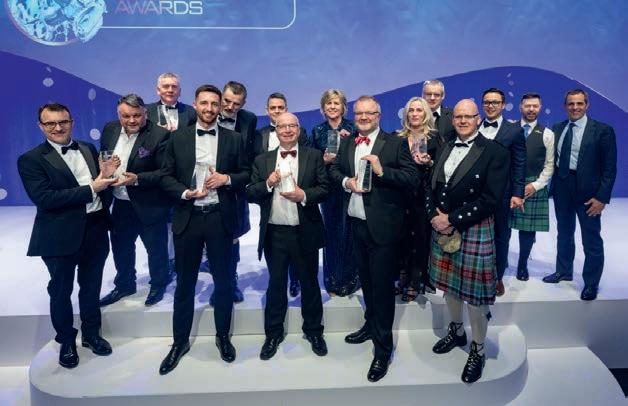
The bar for certifying farmed salmon as “organic” looks about to be set higher, with a new standard from the Soil Association.
Fiona Nicolson reports
THE concept of organic farming started to gain traction in the middle of the twentieth century, when the popularity of all things organic mushroomed.
Close to a century later, recent data reveals that organic products resonate with a sizeable segment of the buying public. The Soil Association’s (SA’s) 2024 Organic Market Report reported that the UK’s total organic market increased by two percent in 2023 and is now worth £3.2bn – almost twice its value in 2011. This follows 12 years of consecutive growth, with “increasing consumer demand for healthy and sustainable products”. It also found that shoppers’ spending on organic products is a third higher than it was five years ago.
It is perhaps unsurprising, therefore, that many businesses might perceive sound economic reasons for offering an organic product, as well as the opportunity to deliver a product in accordance with organic values.
The SA, which provides certification of UK organic products, operates on the basis of the four organic principles: health, ecology, fairness and care. This may chime with many companies’ views on how they wish to run their business – including those in the business of fish farming.
An SA spokesperson comments: “Despite a challenging few years, spanning the pandemic, Ukraine war and the cost-of-living crisis, people are increasingly seeking sustainability credentials

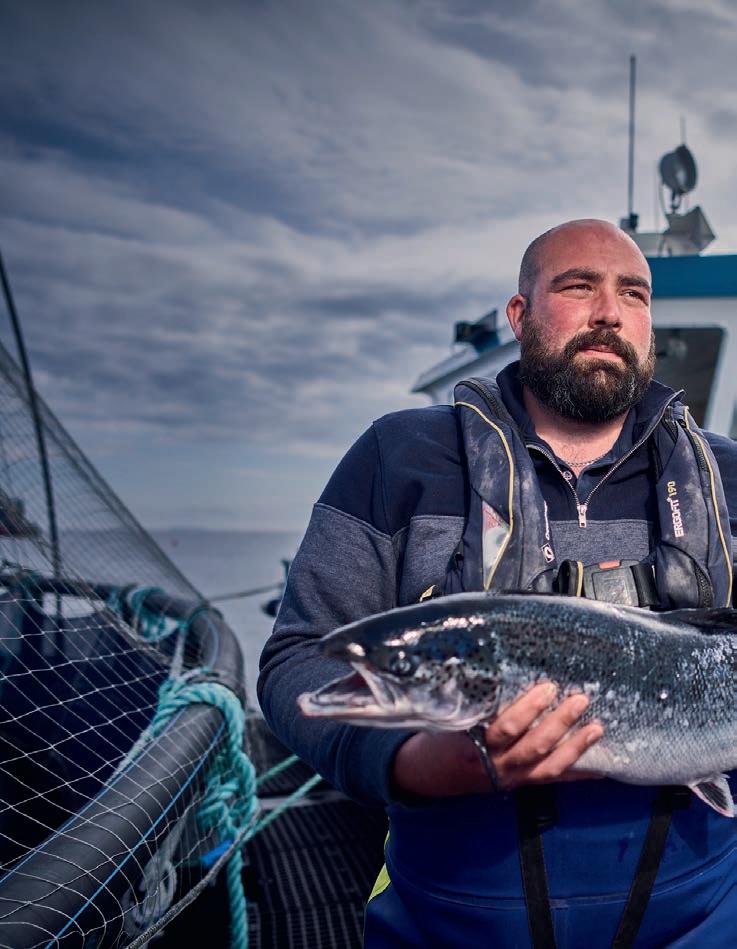
when they shop. Farmed-fish products are no exception to this and organic makes up a small but growing percentage of the sector. We expect this trend to continue,” she says.
Organic fish-farming consultation
Fish farming is very much on the SA’s radar at the moment. In November last year, it launched a consultation, open to anyone interested in aquaculture, with the goal of ensuring that “organic continues to drive forward standards of fish farming in the UK.”
Commenting at the launch of the consultation, SA Head of Standards Chris Atkinson said: “As part of our policy to keep all organic standards under review, we are proposing an update to our aquaculture standards to align them with the most recent research and developments to organic standards across Europe.”

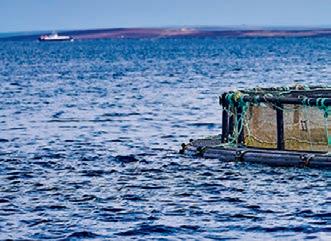

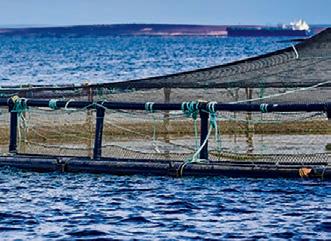


”The SA also plans to enforce recent recommendations from the UK Government’s Animal Welfare Committee (AWC). Published in early 2023, these arose from the AWC’s review of the 2014 Farm Animal Welfare Committee recommendations on the welfare of farmed fish at the time of killing.
The AWC said that it “…continues to support the principles set out in the 2014 opinion that aim to ensure the slaughter or killing of farmed fish (and other related kept animals) is humane.”
It also added to and amplified previous recommendations. For instance, the AWC proposed that transfer of farmed fish to the slaughter facility should be in water and that the water quality and oxygen concentration
People are increasingly seeking sustainability credentials when they shop



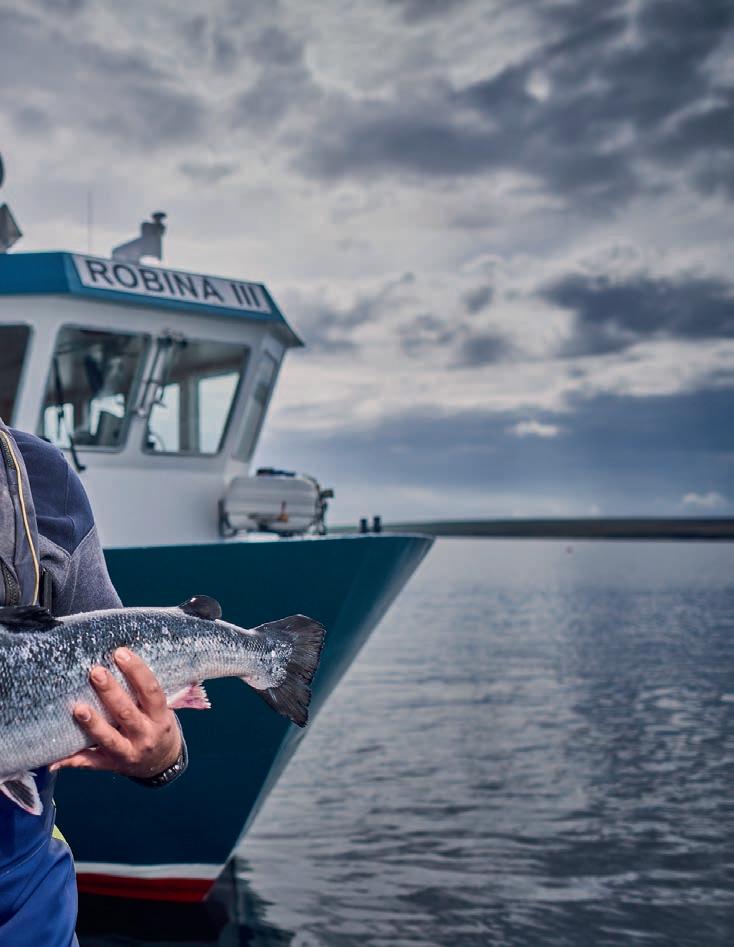
should be monitored and maintained at levels sufficient to prevent stress.
An SA spokesperson says: “We agree with the recommendations and any that are not currently reflected in our standards will be consulted on for inclusion through our standards-development process. The most notable of these is the recommended requirement for CCTV at slaughter for farmed fish. We support this, as CCTV can help those responsible for monitoring or enforcing animal welfare to ensure that standards are maintained. We hope that national legislation catches up fast and provides detailed protection for farmed fish at the time of slaughter.”
The proposed standards that the SA consulted on focus on Atlantic salmon. As well as the recommendation on CCTV in fish-slaughter facilities, the consultation asked respondents to consider improved protection of wrasse and lumpfish to reduce parasites, and keeping sea-lice levels below locally agreed thresholds. It also sought input on areas such as providing notification within 72 hours if mortality levels exceed the code of good practice; sites converting to organic production can only stock organic animals; further restrictions on the use of artificial lighting; and a cap on the number of parasite treatments in an animal’s life.
In addition, it asked for thoughts on banning the use of threatened or endangered species (unless in the course of official conservation work); increasing requirements for licensees to provide data; and on a new reporting requirement for the use of whole fish used in aquaculture feed.



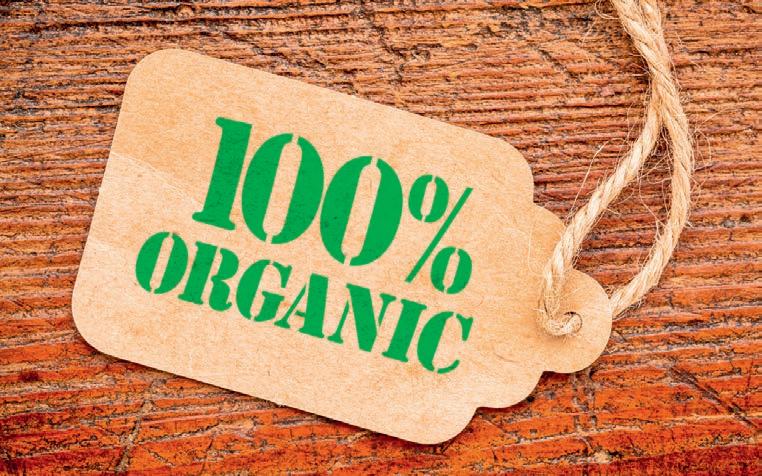

Cooke Aquaculture Scotland, which has organic certification
Cooke Aquaculture Scotland, which has organic certification at 18 locations, is one of the consultation respondents. Murray Spooner, Communications Manager, reports: “We have reviewed the proposed standards and submitted feedback to the SA, which has the highest standards for organic farming. We look forward to a response from the SA following its review of all stakeholder feedback.”
Responses to the consultation, which closed on 29 January, will be incorporated in the SA’s proposals to its standards board. A summary of the responses will also be published. Following the focus on organic Atlantic salmon, the organisation’s attention will shift to other aquatic species.
The SA’s current standards for organic aquaculture include giving salmon more space to shoal; restrictions on the number of treatments for disease that can be used (which it says “acts as a strong incentive for salmon farmers to select sites where the challenge from sea lice is lowest”); and the requirement for feed for carnivorous aquaculture species to come from the trimmings of sustainable fish already caught for human consumption.
At the moment, it certifies 18 seawater and 12 freshwater sites in Scotland – the businesses which have organic certification, in addition to Cooke Aquaculture, include Organic Sea Harvest, the Highland Salmon Company, Landcatch and Mowi.
Businesses seeking organic certification through the SA are required to submit an application, with plans, then a certification officer guides them through the process. After that, an internal audit is carried out and all being well, the licence is issued. The application fee is currently £568 and for finfish, the annual certification fee is £1,500.
Above: Norman Peace, Manager, Cooke Aquaculture Opposite: Cooke Aquaculture seawater site Top right: Mowi organic salmon
When we do discover problems, sites must put additional measures in place




Organic salmon farming is not without its challenges, which can include attention from activists. In November 2023, footage of fish, allegedly suffering from sea lice, was reported in the Daily Record This had resulted, reportedly, from surveillance undertaken by vegan charity Viva! at Mowi’s organic-certified site at Loch Torridon.
Mowi commented that: “Production planning at Mowi, which includes site selection, is years in the making and does not cater to misrepresentations of our business alleged by vegan activists.”
While 15 of Mowi’s locations are certified as organic, its Loch Torridon site is no longer one of them. Commenting on changes, a spokesperson from the SA said: “The organic licence for Mowi’s Loch Torridon’s site formally closed on 30 October, following a business decision by Mowi to end organic certification for this site. From this date, the logo and term organic would not be permitted to be used, in connection with that site or products from it.”
She added: “SA always investigates welfare concerns and when we do discover problems, sites must put additional measures in place to prevent problems in future and additional monitoring will be carried out. Fish can only be sold as organic by meeting our strict certification requirements.”
However, businesses who decide to withdraw from organic certification can return later, as the spokesperson confirmed: “A business that has closed its organic licence can reapply for certification but would have to demonstrate that it meets all our robust standards through the required conversion periods.
“If a business previously had issues with non-compliance with the standards, it would need to demonstrate that it was fully compliant before certification could be granted. Where a serious non-compliance has been found, an operator can be prevented from selling organic products for a number of years.”
Mowi was one of the first salmon farmers in Scotland to win SA approval and the company continues, of course, to produce certified organic salmon in Scotland, Ireland and elsewhere.
The activist allegations about Mowi’s Loch Torridon site have not been the only recent incidence of turmoil. Some organisations have expressed opposition to the SA’s certification of organic salmon. In January, more than 30 Scottish community groups, UK NGOs and international campaigning organisations wrote an open letter to the SA, asking it to remove organic certification from salmon and trout farms. WildFish, one of the signatories, described “organic Scottish salmon” as a “misnomer.”
In response, a spokesperson from the SA commented: “Organic farms must follow strict rules to minimise impacts on the environment and animal welfare, and when problems occur, they must prove they are taking action.
“We recognise there is still much work to be done to further improve fish farming. That is why we are working with the sector to drive improvements. While we only work with a small percentage of fish farms, our rules are having a wider impact, with many of these also being adopted by the nonorganic sector.”
Looking further afield, organic aquaculture regulations have been in place in the European Union for close to two decades. The rules for producers seeking organic certification include complying with maximum stocking density requirements and water-quality specifications, not using any hormones and minimising handling to avoid stress.
According to the EC, the five countries with the highest total organic aquaculture production in the world, in 2021, were China (562,800 tonnes), followed by Norway, Ireland and the Netherlands, through to the UK in fifth place (13,130 tonnes).
Some organic practices are growing, according to a 2022 European Market Observatory for Fisheries and Agriculture report, which revealed that the EU’s organic aquaculture production had increased by 60% in five years (2015 to 2020). This was attributed as mainly due to the increase in organic mussel production. However, the outlook was less positive for organic salmon: the report also highlighted that organic production of finfish was either static or decreasing, mainly because of limited
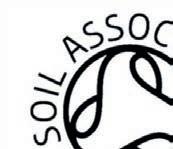




demand and technical difficulties involved in applying the regulations. The decreases in organic finfish production related to salmon and carp; organic trout production remained stable.
One of Europe’s organic associations, Naturland in Germany, certifies businesses in 60 countries around the world and has 37 organic-certified fish producers currently on its books. It developed its first standard for organic aquaculture in 1996 and certifies crustaceans, mussels, algae and fish.
Naturland’s standards for sustainable fisheries have been in place since 2007 and focus mainly on artisan fisheries. To become certified, all fisheries must commit to requirements that exceed basic standards and are tailored to the ecology of each individual fishery. Some of the requirements include choosing locations with protection of the aquatic environment and ecosystems front of mind; keeping stocking rates low; not to use genetic engineering, chemical additives, growth stimulants or hormones; using certified organic feed; and taking good care of the fish. Fisheries must also have high standards for the working conditions of their employees.
Certification starts with data collection, then a visit, to put together a preparation plan. Next, an inspection date is fixed to review processes, which might take several days. On receipt of the inspection report,

Naturland decides whether to provide certification, which is reviewed annually. It charges a membership fee of €500 (£426) plus a licence fee of up to 1% of the net sale price of the product.
Further north, Norway’s only accredited certification body for organic aquaculture and agriculture, Debio, reports that it has approved more than 3,600 Norwegian businesses in total. As at the end of 2023, 80 of Norway’s salmon farms had organic certification, accounting for around 2% of salmon production in the country. The fee for first-time registration to the scheme is NOK 1,750 (around £130) and the annual fee is NOK 3,650 (around £270).
While organic-aquaculture certification in the UK has its supporters, it also has challenges to overcome. It is not yet clear how much difference the SA’s efforts might make.
Commenting on the response to the consultation, an SA spokesperson says: “As we are only just beginning to analyse the responses, it is too early to say what impacts any final decisions may have. But our ambition is to help all farming sectors to improve animal welfare and minimise their impacts on the environment.”
Consultation on Soil Association standards for UK organic aquaculture can be found here: bit.ly/soil-assn-salmon-new








































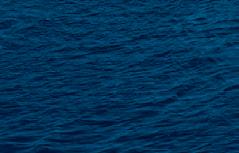
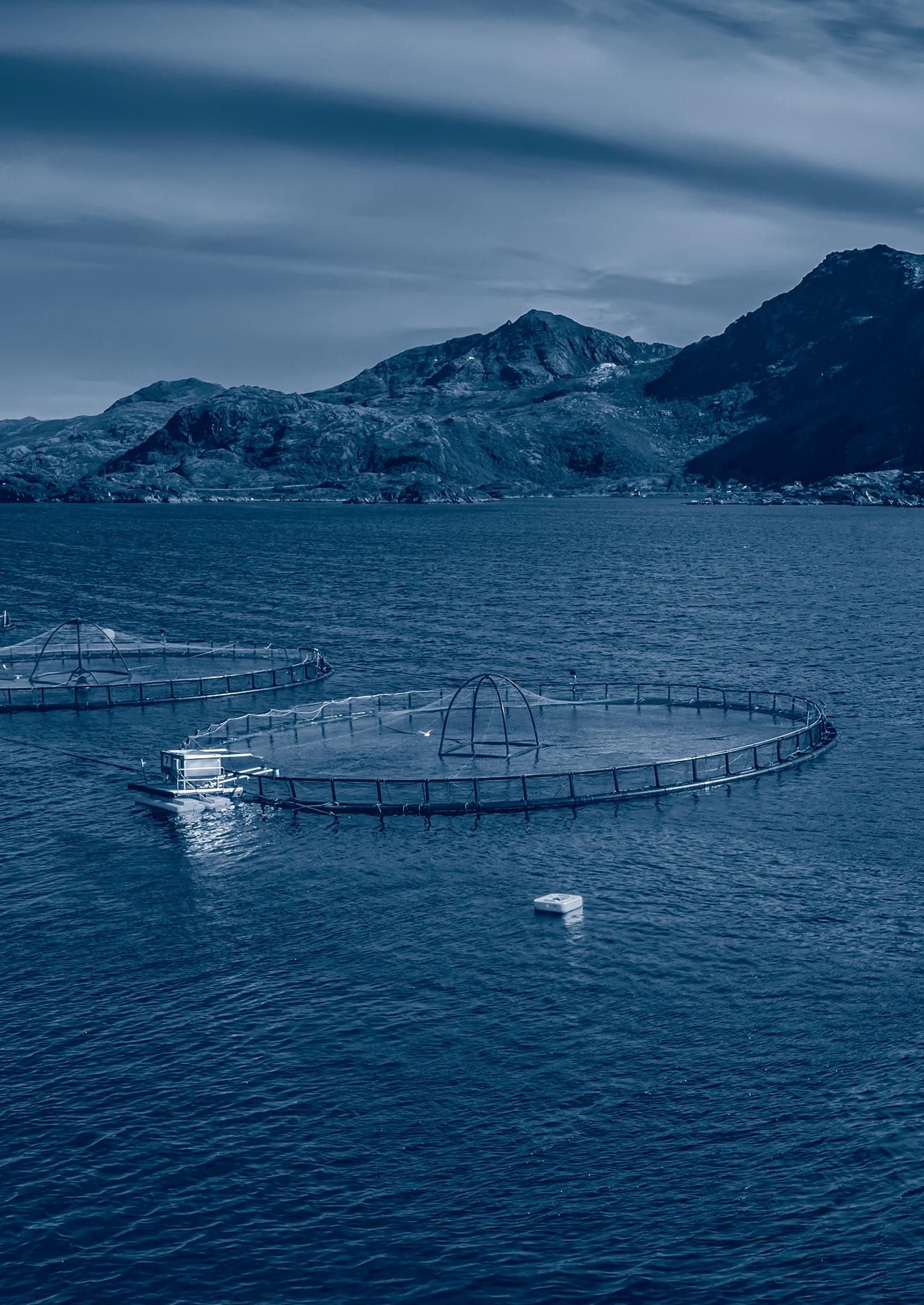





For a small fish farming nation, this rocky archipelago punches above its weight, writes Robert Outram. Additional reporting: Vince McDonagh
THE Faroese Research establishment formerly known as Fiskaaling has a new name: Firum. To understand why, a brief lesson in the Faroese language is required. As Chief Executive Jóhanna Lava Køtlum explains, “fiskaaling” translates as “fish farming” and this gives the false impression that the organisation is farming fish – something it has not done, even at a small scale, for a number of years now.
“Firum” combines the Faroes words for “fjords” and “environment”, and better sums up the organisation’s research brief.





In common with their neighbours in Norway and Scotland, Faroese fish farmers are also encountering challenges from microalgae blooms and jellyfish, whether of the micro variety or the larger string jellyfish.


Køtlum says: “The fjords are the reason we have such a healthy aquaculture sector in the Faroe Islands – and the environment is crucial also for the health of fish and other farmed organisms, which are farmed in the sea or on land-based stations.”
One focus is the general state of the fjords and the open seas around the Faroes. To help understand this, Firum has been investing in computer capacity to support an increasing demand for modelling and for processing an ever-growing amount of data. Methods such as eDNA (environmental DNA) analysis help to create a fuller picture of marine life in the environment.
“Also,” says Køtlum, “We are modelling particles from aquaculture activity to see how the particulate footprint from fish farms affects the fjords.”
While there are no wild salmon in the rivers and streams of the Faroe Islands, there are wild sea trout. Protecting them is a priority.
www.fishfarmermagazine.com

Køtlum says: “It’s important to monitor this and to see whether it is becoming more of a problem, and whether it is connected with climate change.”
She adds: “The traditional way of keeping an eye on the farmed fish was focused on disease management. At Firum, we are more focused on welfare, because this will give the industry a good indication of the general well-being of the fish. There are a lot of things that can affect the welfare of the salmon – it could be physical
The fjords are the reason we have such a healthy aquaculture sector
handling of the fish, delousing, microalgae or jellyfish, bad weather or whatever. Stressed fish, or fish with a lot of sea lice in their environment, can be vulnerable to disease outbreaks.”
One practical way that Firum has been able to assist is through the development of a planning tool to help predict the likely growth of sea lice. Based on the conditions, timing and the number of fish, the tool can help to indicate which sea lice populations are likely to develop on the fish until they are slaughtered. It can also indicate the requirement and best timing for treatment.
Køtlum explains: “With good planning, we have found that the companies could use fewer treatments when the fish are in sea cages. Mechanical treatments can be tough for the fish and we’d prefer the chemical treatments to be used as little as possible.”
One of the PhD projects at Firum focuses on salmon heart health, comparing the typical shape of a wild salmon heart with that of its farmed counterpart. As Køtlum puts it: “It’s like humans: if we have a stressful life, it can create problems with our heart.”
One lesson that is already becoming clear is that focusing on fast smolt growth at all costs is not the way to good fish health. In fact, it appears that slower, steady growth in freshwater can create the conditions for healthy fish that will grow faster once in the sea.
The Faroese farmers have also been applying a strategy of growing the salmon smolts for longer before they make the transition to the sea. Previously a farmed salmon might spend one-third of its life in freshwater and two-thirds in sea cages –now those ratios are typically reversed.
And it is not only the salmon whose welfare matters. Firum is also researching the factors important to lumpfish welfare. Lumpfish play an important role as cleaner fish in salmon pens. Understanding their needs will help to ensure they are handled ethically.
The Faroes is a significant producer of salmon, with three main players: the stock exchange-listed Bakkafrost, family-owned Hiddenfjord and Mowi’s Faroes arm.
As a listed company, Bakkafrost is not only the biggest of the three, but also provides the most detail on its operations. In its trading update for Q4 2023, Bakkafrost reported that after a difficult time with biological challenges between July and September: “The fourth quarter gave opportunities with good biological development to grow the fish, resulting therefore in reduced harvest volumes, concentrating on growing into the first half of 2024 to larger sizes.”
The Bakkafrost group recorded Q4 revenues of 1,562m Danish kroner (£179.5m) against DKK (£223m) in the corresponding period in 2022. The operational EBIT was DKK 356m (£41m) during the period against DKK 376m (£43m) 12 months earlier.
The group’s interim report for 2023 shows that Bakkafrost recorded DKK 7,141m (£819m) in revenue, up around 15% on 2022’s total. Group operational EBIT was, however, down 9% to





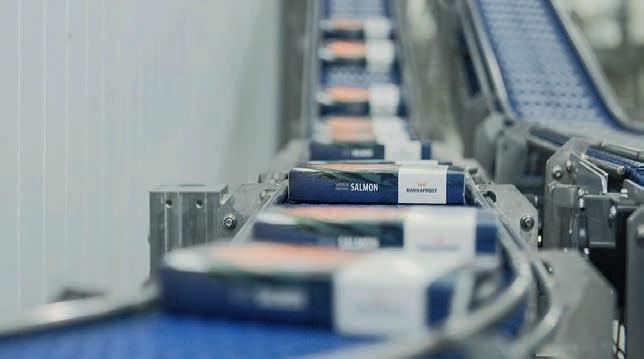

DKK 1,544m (£177m). Financial profit for the period was DKK 955m (£110m), down around 29% year-on-year. The audited annual report and accounts are due to be published on 27 March.
Commenting on the results, CEO Regin Jacobsen said: “I am proud of the progress, from the high focus on fish health and welfare in the Bakkafrost’s operation in the Faroe Islands, which have resulted in a robust and strong farming regime.
“The average monthly survivability for the full year was 99.39%, with an average harvest weight of 4.6kg HOG and 90% superior grade.”
In the Faroes, Bakkafrost has continued to invest in its “large smolt” strategy, growing its fish for longer in freshwater. As part of this, the Norðtoftir, Glyvradal and Viðareiði hatcheries have been expanded, with a capacity increase of more than 50%.
In Q4 2023, Bakkafrost signed a contract to build a big new hatchery in Skálavík, Faroe IsIands, which will increase the production capacity by around seven million smolt at 500g. The construction will begin in Q1


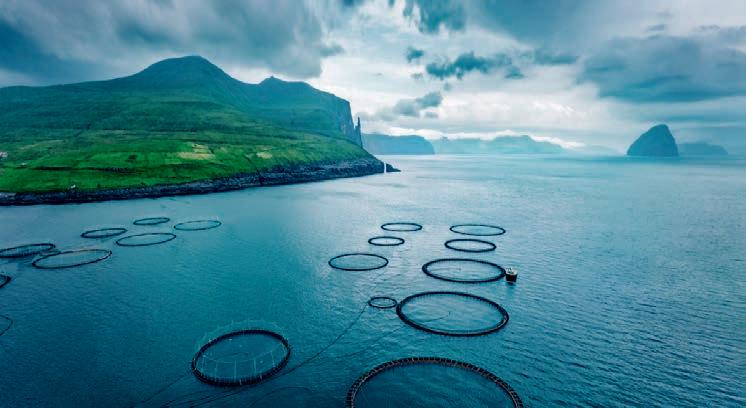


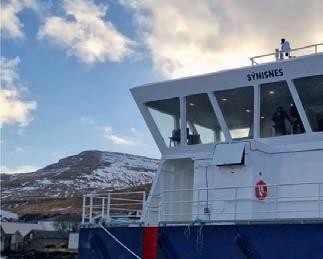
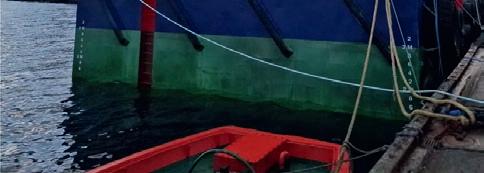




2024. When it is finished in the next three years, the group’s annual smolt production capacity in the Faroe Islands will be 24 million smolts at 500g.
The company has made cutbacks in its value-added processing segment, however. In November, Bakkafrost laid off 140 processing staff, blaming the islands’ new tax regime for fish farming which, the company said, meant it had to cut back its longterm contracts with customers.
The workboat Heldarsgjógv was delivered to the customer on 22 November. All the work has been done in the Faroe Islands – including the hull.
Mouritz Mohr, MEST CEO, said: “Because all the work is undertaken at MEST facilities – design, drawings, the hull, the electrical installations and everything else – we can ensure a good quality of the final product.”
The new catamaran, which is new build 116 at MEST, is 16m long and 8m wide. It is fitted with two Volvo Penta 500 HK engines, two MELCAL cranes (one FL 80T5 and one FL23T2 crane), a Volvo Penta 250kWa generator and a 20-tonne hydraulic winch. The workboat is equipped with a net washer from Akva Group – which enables the staff to clean the salmon nets.
Meanwhile, the feed barge Muninn, which had sunk in bad weather and had to be towed from Iceland, has been renamed Sýnisnes and is now operated by Bakkafrost. The refit of the feeder system was undertaken by GroAqua.



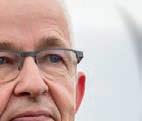
Faroese businesses are also not averse to looking beyond the islands when it comes to investment opportunities. In January Vónin, which makes nets, moorings and other equipment for trawlers and aquaculture operators, acquired the Scottish subsidiary of Norwegian competitor Mørenot.
I am proud of the progress

Meanwhile another area in which the company has been investing is airfreight, with its subsidiary FarCargo about to start weekly flights between Denmark, the Faroes and the USA, as reported in this issue (see the European news starting on page 12).
Bakkafrost argues that the new service will mean a better deal, not just for salmon exports but for trade generally between North America and northern Europe. Its local competitor, Hiddenfjord, takes a different view, however.
In October, Hiddenfjord marked three years since it abandoned air freight for its exports, saving what it says is around 200,000 tonnes of CO2 emissions.
Instead, Hiddenfjord has developed a sea freight alternative with a freezing technique that, it argues, preserves quality, taste and texture on the sea voyage via Iceland to the US east coast.
Atli Gregersen, Hiddenfjord’s CEO, said on the anniversary: “Transporting food by air is simply unethical. Full stop.”
As a centre of aquaculture with a centuries-long traditional of maritime expertise, the Faroe Islands are home to a number of wellregarded businesses serving the fishing and aquaculture sectors.
Recent projects for MEST Shipyard, for example, have included the delivery of the first of two catamaran workboats for Hiddenfjord and the complete overhaul of a feed barge that sank off Iceland.



Hjalmar Petersen, CEO of Vónin, commented: “This takeover marks a landmark moment in our history. We have steadily grown our presence in Scotland, emerging as a key supplier in the local aquaculture industry.
“With Vónin Scotland, we’re not just consolidating our position but also gearing up to bring even more innovation and excellence to the market.”





CAGE

Specialized in the tough high energy sites
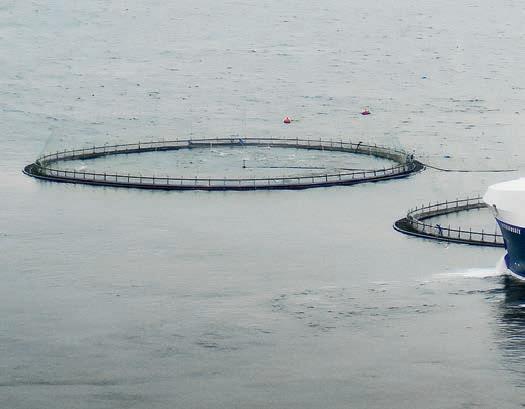
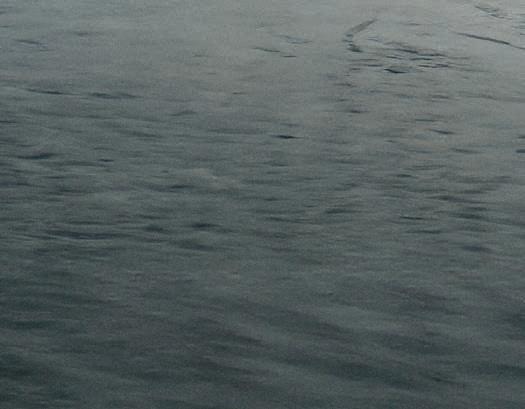

When excellence in aquaculture is required you can rely on the services from MEST
We are part of the build and fabric of the Faroese salmon industry, constructing and maintaining the farming vessels, facilities and equipment.

We are proud to have supported world class salmon farming in the North Atlantic.
When world class is the demand - You can count on MEST.

sales@mest.fo www.mest.fo
www.fishfarmermagazine.com
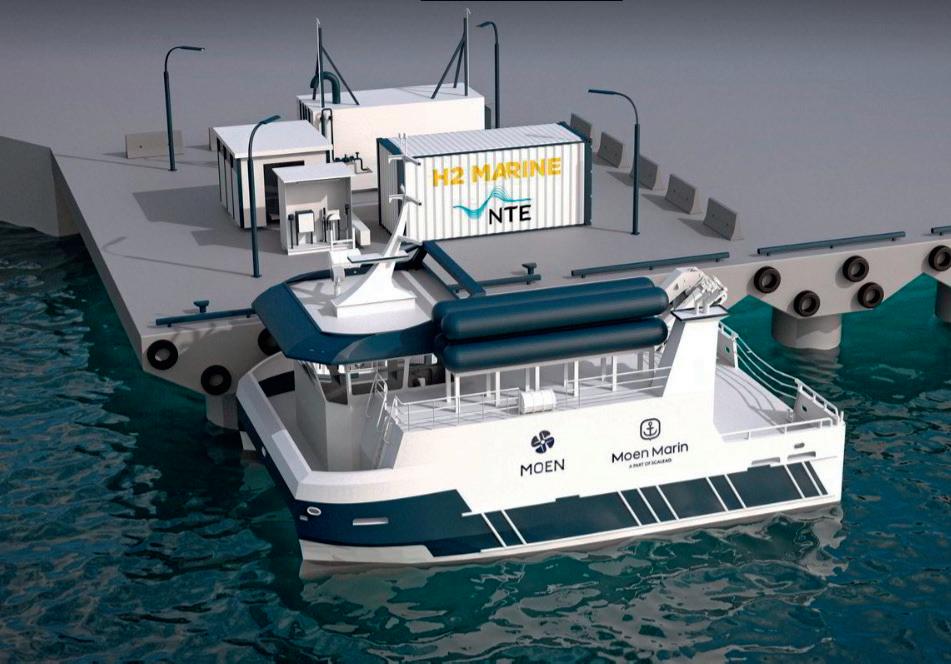
The marine sector is changing, with alternative fuels and bigger vessels coming onto the market, says Sandy Neil
THE world’s first hydrogen workboat, the UK’s first 100% electric workboat, the return of shipbuilding to Stornoway, a new super-sized wellboat and a merger between marine operators have all helped to make it an eventful 2023 and 2024 so far. This month, we round up the latest news and trends in marine vessels, from workboats to wellboats.
“The world’s first hydrogen-powered workboat” may be ready for a Norwegian fish farmer as early as Q2 2024.
It has been developed by Moen Marin, the largest supplier of aquaculture work vessels, in collaboration with Moen Verft, Marin Design and the Norwegian government technical support organisation Enova. It will be operated by SalMar, the world’s second-largest salmon company, and comes with a price tag of NOK 24.8 million (£1.85m).
Moen Marin explained: “The boat is a catamaran and will be a hydrogen-electric hybrid, with a 276kWh battery in addition to the four hydrogen tanks from Hexagon, totalling 120kg of hydrogen. A fuel cell from ZEM with a capacity of 145kW will also be installed. This vessel will be a zero-emission boat and will reduce CO2 emissions by average 300 tonnes per year.
“Regulating hydrogen boats requires careful review of safety standards and operating protocols. The placement of hydrogen tanks and adaptation to maritime use are among the many www.fishfarmermagazine.com
challenges that must be addressed. Despite these obstacles, Moen Marin is determined to adapt the boat to SalMar’s needs and challenge current regulations to open up a new market for hydrogen vessels.” A pilot production facility has also been established at Kråkøya in Nærøysund, where water and wind power will be
Above: Moen Marine hydrogen boat
Below and opposite: Flugga boats





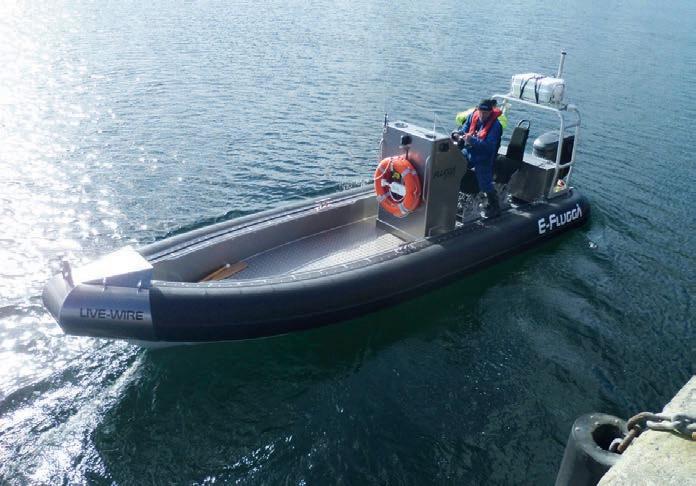


used to produce hydrogen. The facility, established by NTE and H2Marine, will serve as a “charging station” for the hydrogen vessel – in addition to being a facility for the production, storage and bunkering of green hydrogen.
Moen Marin said: “This ground-breaking project is a major milestone for the aquaculture industry and moves us in the right direction at a time when innovative, sustainable solutions like this will be essential. With only five hydrogen hubs nationally, of which the facility at Kråkøya will be the only one designed for maritime use, we are thus participating in the start of an entirely new market.”
Flugga goes electric
Meanwhile in Shetland, Unst Inshore Services Ltd has built the UK’s first 100% electric workboat, the “E-Flugga”, which is waiting to be delivered to a salmon farmer in the islands.
The 7.5m Fluggaboat uses an Evoy 120hp continuous rated, electric outboard powered by a 63kWh lithium-Ion battery housed in the console. Charging is by an onboard charger so it can be fully charged overnight or topped up during the day depending on the rate of use.
The top speed is 30 knots, but the most economical speed is 24 knots – the slower speed will provide a slightly longer range. The touch-screen dash panel displays the battery state of charge and use, constantly updated speed and range, motor RPM and kilowatt. Below 20%, the battery management system will go into a “get home” reduced power mode to enhance the range for the return trip to a charge point.
A spokesperson told us: “We exhibited the boat at Aquaculture UK and the amount of interest was impressive.
“The propulsion system is by Norwegian firm Evoy and is 120hp continuous rated. It has built-in charging for the liquid cooled 63kWh lithium-Ion battery. The unit is monitored over the internet for diagnosis and software updates via the touch-screen.
“We find the boat has a best speed/range at around 24 knots, which was a nice surprise. To find we had achieved pretty much exactly what we planned was satisfying.
“The most difficult part of the whole process was the coding. We like to code the boats before delivery; this way they are ready to operate on delivery and the boat is an approved unit. Being the first was the main problem, as some of the regulation was new and finding the correct way forward was troublesome.
“With a lot of help from Mecal and guidance from the MCA, the boat is now ready for delivery.
“The boat is going to a salmon farm in Shetland, which will allow us to monitor it and find ways to improve the build. It will be interesting to see what improvements we can find and the guys are keen to get to grips with it.”
And on the Isle of Lewis, Coastal Workboats is growing its local team. Following the signing of a 10-year lease of Stornoway Port Authority’s Marine Engineering Workshop at the end of last year, Coastal Workboats’ 2024 is fast becoming “a period of sustained
development” as the Devon-based company grow their UK-wide capacity.
Coastal Workboats is busy settling into Stornoway, now its primary fabrication centre, with a fit-out of the new premises already seeing a local spend of over £200k and a recruitment campaign for 25 new jobs.
Key appointments of locals Catherine Thompson as Business Manager and Billy Ferguson as Welding Supervisor are a critical part of the company’s “local-first” approach, explains its Director Brian Pogson: “We understand that longevity starts at home and are acutely aware we’re nothing without our people. As a result, we’re thoroughly enjoying the unfolding community as we work with Catherine and Billy to build our Stornoway team from the industry-leading talent that the island has nurtured and attracted.
“It’s a privilege to contribute to the many ways Stornoway is leading the UK’s reputation for maritime innovation and safeguarding our industry’s international future.”
Alex MacLeod, Chief Executive at Stornoway Port Authority, said: “The facility at Goat Island is world-class, with overhead cranes specifically designed for vessel construction.
“This agreement marks the return of a dedicated shipbuilder in Stornoway for the first time in 100 years. We are proud to have
This groundbreaking project is a major milestone for the industry



played our part in bringing this industry back to the island.”
Coastal Workboats’ presence in Stornoway builds on a reputation for innovation – the first vessel laid down at the new site will be an all-electric offering to the ferry and workboat industries, dubbed the E-LUV. The demonstrator vessel is due to go on trial in Shetland next year on the West Burrafirth to Papa Stour route, the project getting underway with the setting of the vessel jig in the coming weeks after steels arrived on site in February.
Workboat under construction at Macduff
In the northeast, following completion of the Turas A Bhradain for Bakkafrost Scotland last year, a sister vessel is under construction at Macduff Shipyards. The 24m landing craft workboat has minor upgrades and is scheduled for delivery later this year.
“We have recently signed a contract with Macduff Shipyards to develop a new design 18.5m aquaculture service catamaran,” said Macduff Ship Design Ltd’s Managing Director, Ian Ellis. “The design is in initial development stages.”
The Aberdeenshire company is working with Skagen Ship Consulting on a number of other projects, including two 18.5m landing crafts. “The hulls are based on a shorter version of the successful 21m landing crafts Helen Rice and Geraldine
”
Mary in service, with aft poop deck and wheelhouse,” Ellis said.
Add to these a 14.95m ensilage vessel and an 18.5m battery electric catamaran service vessel nearing completion and delivery.
“It is technologically challenging with a battery electric drive train supported by two diesel generators,” he added. “The deck package is state of the art with multiple cranes and cage/anchor handling equipment.
“We also have been working with Inverlussa Marine and Nauplius workboats on the delivery of a third vessel in the 21m landing craft series. Further to this, we are working with a number of owners and shipyards looking at future trends and vessel requirements, with the hope that we will see agreement on these new projects.





“The projects include development of a vessel site boat capable of completing as many day-to-day tasks as possible. We have also spent time working on alternative fuels and technologies to understand the most suitable options available within the sector.”
In other news, Inverlussa Marine Services had a busy 2023, with a number of vessels of varying shapes and sizes brought into service.
Sister ships Eloise Eslea and Isaac Eslea, both built by Nauplius Workboats in the Netherlands, entered service as state-ofthe-art de-licing vessels, the Mull-based company explained.
“Hybrid power systems on both vessels have resulted in lower fuel consumption and the ability to run purely on batteries overnight and when on standby. Both
vessels are also equipped with dynamic positioning to increase usability in adverse weather and provide a safer working environment for the crew. Eloise and Isaac Eslea are now both in service with Scottish Sea Farms and Cooke Aquaculture Scotland respectively, and are market-leading, highcapacity delousing vessels.”
In September, the company took delivery of another hybrid vessel, this time built by Salthammer in Norway.
“Charlie Knight is a market-leading, DP, heavy site service vessel designed principally for working with the mooring equipment associated with salmon farms,” it said.
“As well as modern power and control systems, the Charlie Knight is equipped with some of the most advanced deck equipment, including 25T deck winch, hydraulic-powered mooring plate lock and the most powerful deck cranes in Inverlussa’s fleet.”
Inverlussa also took delivery of John Wilson, a 15m NabCat, which was built in 2019 for Norwegian company FDA. John Wilson comes complete with SHM deck equipment, which will increase crew safety when working with large, heavy mooring components.
John Wilson is the third NabCat in Inverlussa’s fleet and “they have proved to be reliable and adaptable boats, well-suited
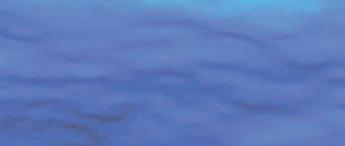
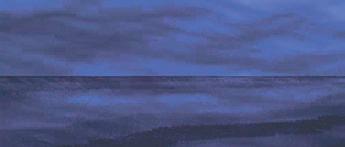







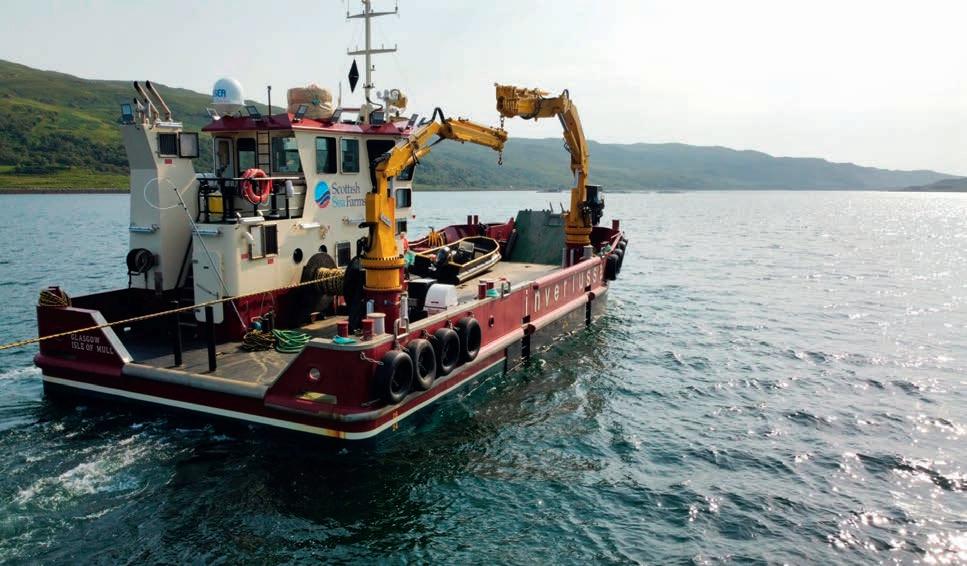
for the varied work that comes with fish farming”, Inverlussa said. Projects in 2024 include delivery of another site service vessel based on the successful Macduff-designed Helen Rice. Arthur Douglas is under construction by Nauplius and delivery is expected in Q2 of this year. This will be the third vessel of this type built by Inverlussa to specific standards, with efficient use of deck space and heavy duty deck equipment getting particular attention.”
Commenting on an “ambitious and successful 2023” and looking forward to 2024, Managing Director Ben Wilson said: “The hybrid technologies we have brought into the market increase vessel utilisation and productivity, which in turn helps to drive down the costs for customers. We want to be market leader in providing site services to producers in Scotland and to do this we must stay at

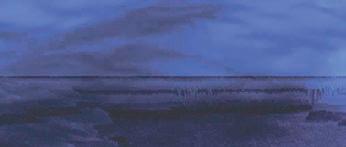


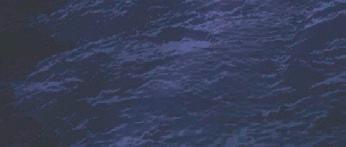








Opposite from top: Coastal Workboats’ an II eral ne ar acdu
Ship Design and Inverlussa
Above: Inverlussa’s Art r o la built at Nauplius Shipyard

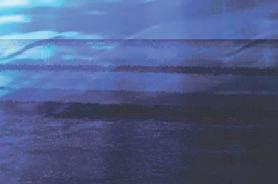



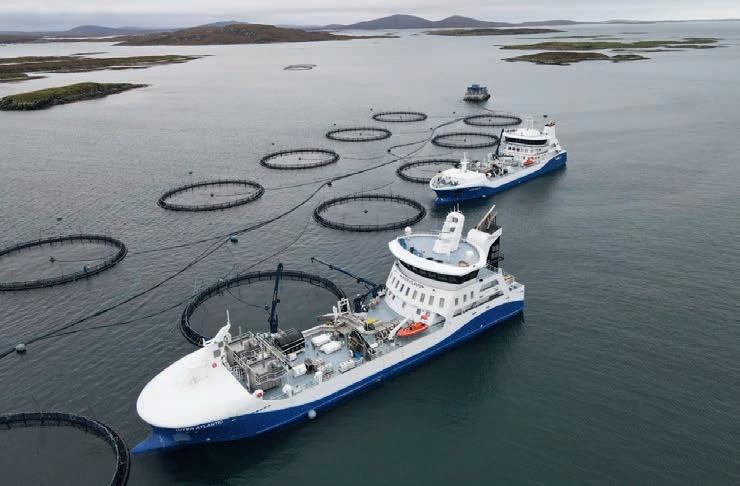
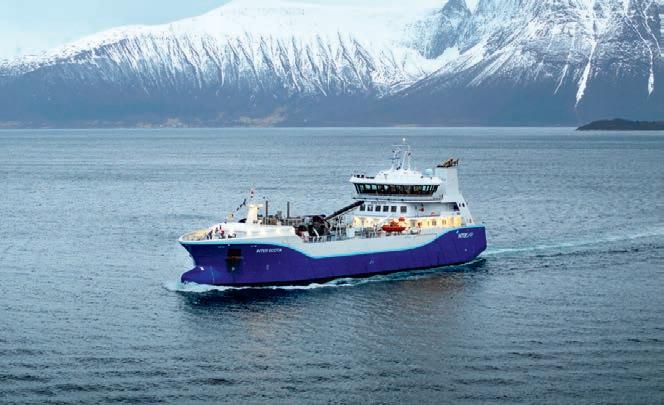



Sølvtrans, a major global supplier of wellboat services, has taken delivery of a new super-sized vessel. The 77m-long Ronja Evolution has been handed over by Norwegian builders Aas Mech and is the seventh vessel it has on order for Sølvtrans. This latest vessel has a capacity of 3,000m3, which means it can carry around 450 tonnes of live fish.
Sølvtrans now has a fleet of around 35 vessels in service in Norway and in countries around the world including Scotland. The Ronja Evolution has a system which allows for zero emissions during closed transport and a filter system which allows for the separation of lice when de-licing operations are taking place.
All wastewater from the lice filter is run through separate filters for separation of dry matter/lice and further UV treatment of the purified wastewater. Lice are collected in containers that are destroyed on board or delivered ashore for disposal.
Sølvtrans was established in 1986 with a rebuilt freighter that had a cargo capacity of 208m3. The term Ronja, which is the prefix on all its vessels, is named after the founder’s two children Robin and Anja.
As reported in our January issue, two leading Norwegian-based wellboat businesses – AquaShip and Intership – are merging following a deal that saw both taken over by a US investment fund.
AquaShip claims to be the only company that owns and operates vessels in all four main areas of aqua services. It operates a fleet of 28 vessels, consisting of live-fish carriers, utility vessels, harvest vessels, fish feed carriers and service vessels, with operations in Norway, Scotland, Ireland, Chile, Canada and Shetland.
Intership has built one of the world’s most modern wellboat fleets and has proven to be an innovative player by bringing new and fish-friendly freshwater treatment for lice and gill diseases into the
market. Together, the combined company will have a fleet of 39 vessels and nearly 700 employees operating in Chile, the UK, Ireland, Canada, and Norway.
A spokesperson for the combined company, yet to reveal its new name, told us: “In Scotland and Ireland, our combined operations now boast a fleet of 15 vessels, including a variety of vessel types. With the upcoming introduction of a new build, set to be the largest and most advanced aquaculture vessel in the UK, and with one more vessel set to enter operation this spring, our total fleet will expand to 17 vessels.
“This expansion will increase our UK wellboat capacity to almost 20,000m3, catering to the growing demand for diversified aqua services. Among this fleet, our most specialised vessels are capable of producing a total of up to 25,000m3 of freshwater per 24 hours.
“This freshwater is generated through reverse osmosis systems, providing a cost-effective, highly efficient and environmentally friendly method for dealing with sea lice, amoebic gill disease and other gill infection challenges faced by salmon farmers.”
Sverre Taknes, CEO of AquaShip and CEO of the combined company, said: “Together, we aim to unlock new, impactful partnerships across all regions and further enhance our already excellent service to customers.”
”
They have proved to be reliable and adaptable boats


AKVA group is launching the world’s first boat hull made from climate-neutral recycled materials. The recycled polymer material for the hull, which AKVA group have developed, is based on used cooking oil. The new boat hull is part of the iconic range of Polarcirkel boats.





“With this innovative approach, the Polarcirkel maintain their status as reliable and robust work boats, while now offering a greener alternative for the aquaculture industry,” says Freddy Bakken Braseth, General Manager of AKVA group Helgeland Plast. AKVA group has achieved ISCC PLUS certification (“International Sustainability and Carbon Certification”) for its use of bio-based and recycled raw materials such as forest waste and cooking oil. The certification ensures quality and safety standards for products. This shift from fossil raw materials to plant-based materials makes the boat hull climateneutral without changing its quality and safety.





marked improvement compared to the 1.9 kg CO2E/kg generated by using virgin fossil-fuel based material. The recycled material is well suited for use in products that require contact with food and in health applications, underscoring its versatility and safety.
“The use of this recycled material represents efficient resource utilization and contributes to a circular economy, an important step towards more sustainable production,” says Braseth.

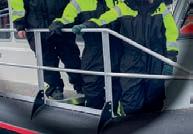
“Safety at sea is our priority, and this is achieved with the recycled material. This initiative offers a solution for the aquaculture industry, enabling environmentally conscious choices,” he says. Polarcirkel boats are used in various sectors, from aquaculture and rescue services to recreational use.
The recycled polymer construction consists of 90% biocircular materials, contributing to a significant reduction in CO2 emissions. Life Cycle Analyses (LCA) have shown that this new material has a carbon footprint of only 0.004 kg CO2E/kg, a
AKVA
-designed to withstand the forces of nature

AKVA group recently also launched the world’s first fish pen made of recycled plastic, a result of a collaboration between Oceanize, Plasto, and Nova Sea.
“AKVA group has really made a climate effort by offering climate-neutral boat hulls plus recycled fish pens. We look forward to the day the recycled pens are put into operation,” says Braseth.
Contact Akva Group Scotland, Inverness for any enquiries. www.akvagroup.com



Dimensioned for up to 6.5 m significant wave height
*depends on barge model
Capacity range from 100 to 900 tonnes of feed
Air or waterborne feeding options
Customised specification: lean satellite-remote feeding, to full service barge options
Long service life >20 years, sound investment
As Seawork prepares to host its 25th edition from 11 to 13 June, the emphasis is on its growing international flavour. More than a quarter of last year’s exhibitors to the show, which runs alongside the Marine Civils event, were from overseas, including 20% from Europe.
This year, Seawork will be welcoming National Pavilions, including the Dutch Pavilion, hosted by Netherlands Marine Technology, and the Italian Pavilion, hosted by Confindustria Nautica.
Seawork 2024 also features the European Commercial Marine Awards, Innovations Showcase, Conference programme, Careers and Training Day and Speed@Seawork, the event for fast vessels. seawork.com

In the perpetual battle against pathogen development, France Naissain has decided to invest in the Coldep system for the purification of its oysters. The goal is to further enhance the purification of products before shipment. A low-energy technology is used to filter seawater. The injection of compressed air into a closed-water circuit under vacuum creates microbubbles that capture viruses or bacteria present in the water. The system removes organic particles and re-oxygenates the water, while minimising the use of pumps that consume significant electricity. This is good news for oyster farmers and for the environment. www.francenaissain.com/en

Introducing ANB Sensors Utility, the latest enhancement from ANB Sensors designed to enrich user experience significantly. This utility allows users to update their sensors effortlessly, with the latest firmware automatically downloaded from anbsensors.com. Users can seamlessly download data from the sensor and communicate through a command line prompt option, allowing quick access to the primary menu to unlock all sensor functionalities, facilitating easy modification of measurement profiles and adjustment of sensor settings, whilst also opening a log file, recording all inputs and outputs of the sensor. ANB Sensors Utility is available for download, free of charge.
www.anbsensors.com/newdocs/docs/category/anb_utils


www.fishfarmermagazine.com
Leading Portsmouth-based aquaculture supplier, RS Aqua, is set to install two cutting-edge real-time aquaculture monitoring systems at two sites owned by Scottish Sea Farms in Orkney. Following the success of monitoring systems on their Shetland and mainland Scotland sites, this move marks the expansion of Scottish Sea Farms’ commitment to incorporating innovative solutions for optimal farm management, setting the stage for further advancements in sustainable fish farming practices across the region.
The rented state-of-the-art real-time aquaculture management systems are set to revolutionise monitoring and control processes at the sites by providing the team with instantaneous data on crucial parameters, resulting in better fish welfare. rsaqua.co.uk
Unmanned work vessels for use in aquaculture could be in New Zealand’s waters from next year, thanks to a deal between two tech companies, Snap Information Technologies Ltd (SnapCore) and Marine AI (NZ), brought together by Moananui, NZ’s national centre for blue economy innovation. The two plan to develop a fusion of unmanned surface vessel and unmanned underwater vessel, fortified with AI-driven data collection and analytics. The SnapCore-Marine AI vessel project, starting with Marine AI’s Thetis (pictured) is aimed at giving aquaculture companies insights into harvest readiness, health and disease monitoring, environmental impact assessment and operational efficiency.

Research by the University of Stirling’s Institute of Aquaculture could help to improve mussel farming practices and lead to increased production. The University of Stirling study saw scientists take samples from farms on Scotland’s Atlantic coast before carrying out genetic analysis. They found regular genetic mixing changes local populations, which could help mussel farmers with site selection, stocking strategies and management practices. The southwest coast is particularly important for growing mussel populations, meaning that some areas act as net sources (south) or sinks for mussel populations (north).




A wind farm business is collaborating with Norway’s Subfarm on a project that could see a fish farm co-locating with a floating wind turbine array off the coast of Sweden.
Freja Offshore, a joint venture between Hexicon and Mainstream Renewable Power, is proposing a 2.5 gigawatt wind farm in the North Sea near Lysekil, Sweden. Floating wind turbines can be installed at a depth of up to 1,000m, making them more versatile than fixed wind farms. Subfarm’s submersible fish cages are designed for challenging, offshore locations, the company says, and will protect the fish against sea lice.
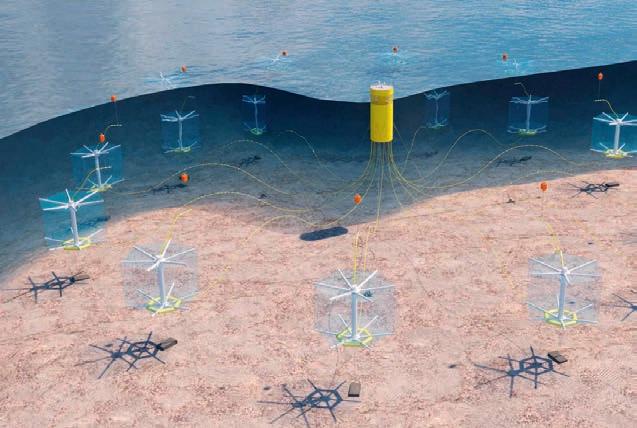
FIAP’s professional, lightweight and waterproof gloves are made of natural latex for fishing and aquaculture.
They offer comfort and a secure grip when handling heavy, rough, slippery objects in extreme environments. The roughened hand and finger area ensures safe working with live and slaughtered fish.
Areas of application include fishing, fish processing, oyster farming, frozen food, fishing, handling greasy food, vegetable growing, fishing, handling fresh and slippery products.
These comfortable, high-quality gloves are ideal for long-term use, with optimised lifetime due to enormous abrasion resistance.
The gloves are available in sizes 8 (M), 9 (L), 10 (XL) and 11 (XXL). For more information, email verkauf@fiap.de or phone +49 962892130. www.fiap.com

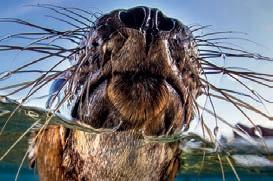
Predators
Predators may be smart BUT
Predators

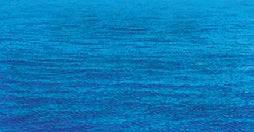

Predators











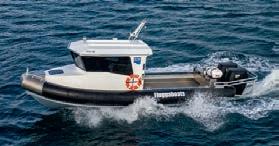































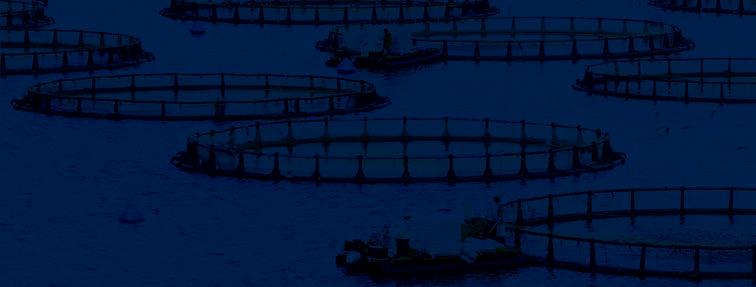
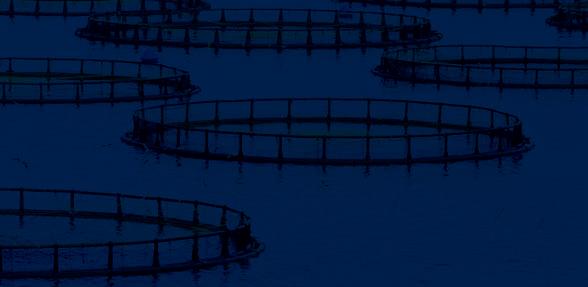







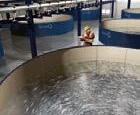


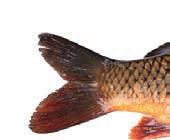



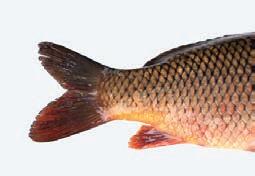
















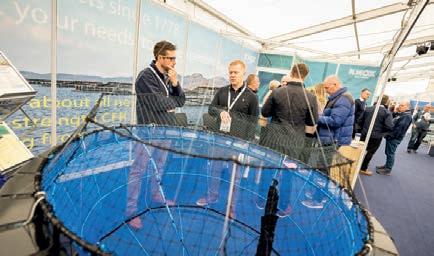
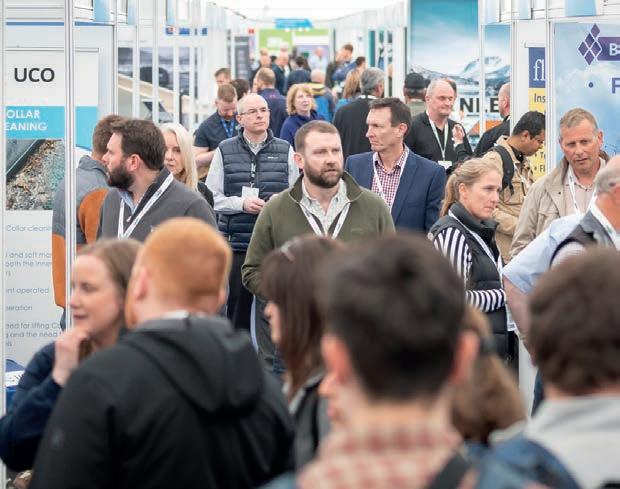
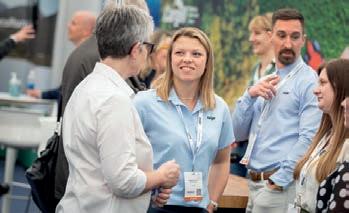
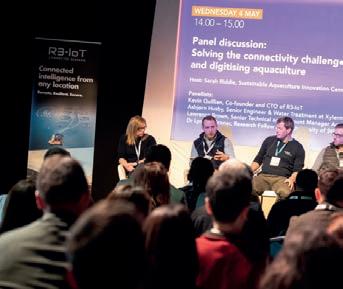
MAY 24
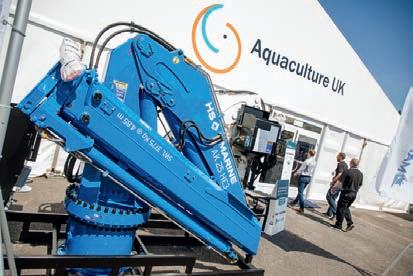
www.aquacultureuk.com
Aviemore, United Kingdom
May 14-15, 2024
Aviemore will once again be the venue for this biennial trade fair and conference. It is undoubtedly the most important aquaculture exhibition held in the British Isles. The show has a tremendous following and with increased investment for 2024 it promises to reach even further across the broader aquaculture markets in both the UK and Europe.
www.bluefoodinnovation.com
London, United Kingdom
May 21-22, 2024
Building Blue Resilience: Navigating Food Security, Biodiversity and Sustainability

JUNE 24
www.seawork.com
Southampton, United Kingdom
June 11-13, 2024
www.seagriculture.eu
Tórshavn, Faroe Islands
June 18-20, 2024
Venue: The Nordic House
Leading conference for the seaweed sector in Europe.
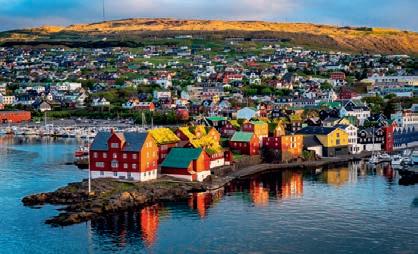
JULY 24
www.was.org
Surabaya, Indonesia
NEW DATES
July 2-5, 2024
Aquaculture – Driving the Blue Economy is the theme of the conference at the Grand City next year.
AUGUST 24
www.aquaeas.org - www.was.org

Europe’s largest on-water commercial marine and workboat exhibition.

Copenhagen, Denmark August 26-30, 2024
Aquaculture conference and exhibition organised by the European and World Aquaculture Society.

www.seagriculture-usa.com
Ketchikan, Alaska
September 11-12, 2024
Leading conference for the seaweed sector in the US.
www.was.org
Medellin, Colombia
September 24-27, 2024
NOVEMBER
www.was.org
Hammamet, Tunisia
November 19-22, 2024
www.algaeurope.org
Athens, Greece
December 10-13, 2024
Venue: Grandior Hotel Prague C=Conference about science, technology and business in the Algae Biomass sector.
www.was.org
New Orleans, Louisiana USA March 6-10, 2025
APRIL 25
www.was.org
Qingdao, China April 24-27, 2025
Website coming soon
Vigo, Spain
May 20-22, 2025
Venue: Ifevi Fairgrounds
An international meeting space for the Spanish aquaculture industry.
JUNE 25
SAFARI 2025
www.was.org
Entebbe, Uganda
June 23-26, 2025
www.fishfarmermagazine.com
TRAVELLING to Europe is a wonderful thing for widening the mind but also reminding me how much we continue to depend on the good taste of our customers. In Italy, where I am just now, it is the norm to spend 10% to 14% of income on food and this does not include going out to restaurants, which happens a lot. If, like the British, they were not so choosy about their food quality, then we would have a much harder time chasing a worthwhile price.
In salmon farming these days, companies are so much larger and this means that time can be spent on sales strategy to achieve the best price. In the old days, much like agriculture, smaller farm units were so busy actually farming that they couldn’t do much about where they sold their product.
If you have a good product, like for instance Scottish beef and lamb, but don’t spend time on finding the best market, then others will – and they will make the profits. That is the way the world works.
For a while, Loch Duart supplied one of the major retailers. There was a determined effort on their behalf to deal with smaller suppliers and to increase the quality and variety of their offering, while we felt that it would increase our brand exposure.
In a naïve manner, we assumed that they would be a highly efficient and structured organisation, able to handle a different message. We soon realised, however, that the relationship was not going to work.
One of the aspects that frustrated us was the lack of fluidity of price in a volatile market. In the light of the current farmer unrest, this is markedly relevant. The frustration we felt talking with a supermarket who felt they held all the cards was immense.
I remember one conversation well. The buyer said: “You are thinking of stopping supply with us. Aren’t you interested in 17 million customers?”
I replied: “Of course we are but at what price? You want to fix the price and we, a relatively small company, cannot lever our suppliers to lower their prices so we end up the meat in the sandwich, squashed on both sides.”
She couldn’t answer that, so she countered: “Well, you fly and transport your salmon all over the world; surely you would be more sustainable if you sold a great deal more in the UK through us.”
My answer was and remains: “If we did not have exports, you would know exactly how much we were selling our salmon for and we would have no means to counter your strength. Our exports give you competition in that they pay a better price than you, they are more loyal and they value what we do. The wholesalers we deal with need our product for their business; you don’t. So we can approach you knowing that we can talk price from a position of strength and you can never know the reality of our price structure. If we sold most of our product in the UK, you would drive us out of business.”
We eventually walked away from that retailer, not just over price but also from their sheer inability to handle the product well.
Once in a quality forum held in Nick Nairn’s cook school, I was asked my views on the supermarkets, with all the main buyers present.
”If we sold most of our product in the UK, you would drive us out of business
My reply didn’t please them much: “It is the role of a food producer to try to connect with the public who eats what is produced. If that connection can be made, then all the companies between the producer and the public become service providers.”
This challenges the narcissistic view of the supermarkets that they are the gatekeepers of quality for the public. Of course they are not! Their main aim is to ensure that any food producer can be substituted by another or if not, by another product. This means that they can control supply and the price of supply, whilst at the same time controlling the price to the public. It’s a wonderful position to be in if you are a supermarket, but a pretty awful one for everyone else.
So when you are next filling out one of those awful export documents or cursing a haulier who has lost your shipment for the third time or listening to some customer shouting at you in not terribly good English, remember that these wonderful people are what hold the supermarkets back from total control. Otherwise we too would be out spraying manure at the police on the streets.

